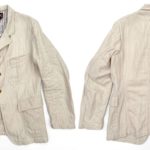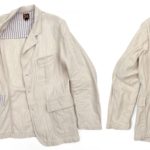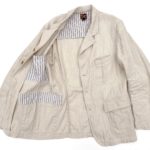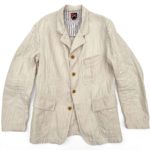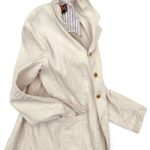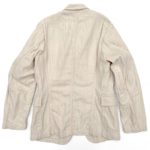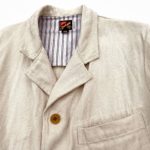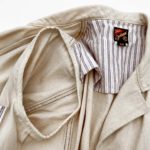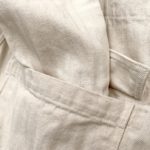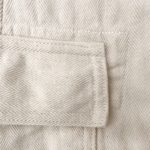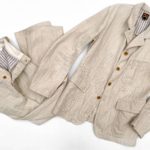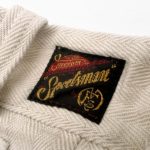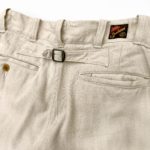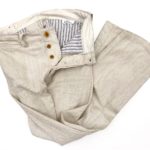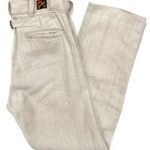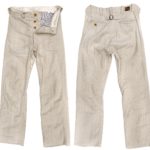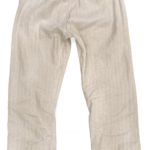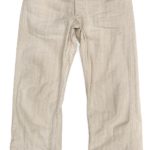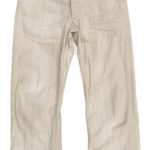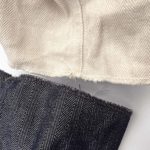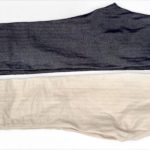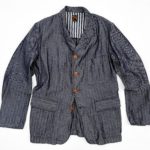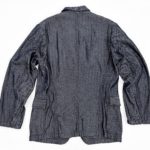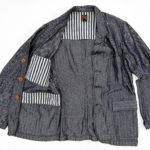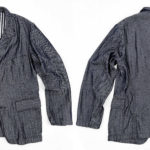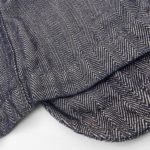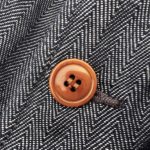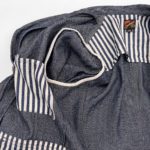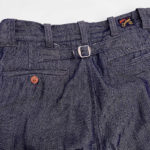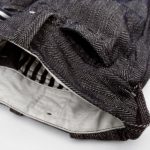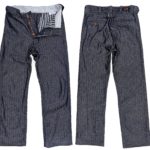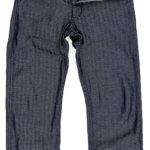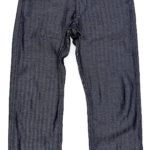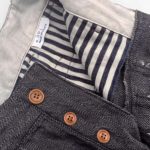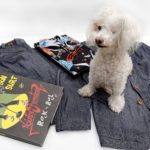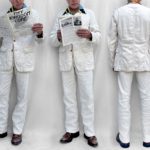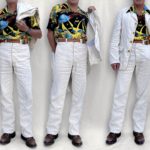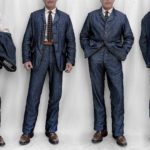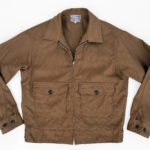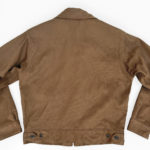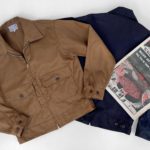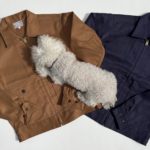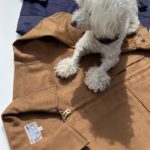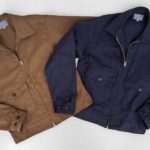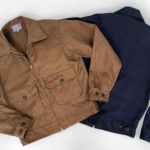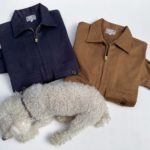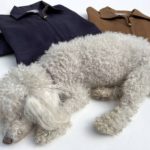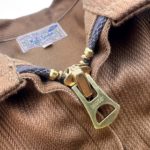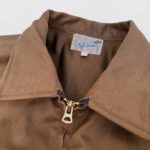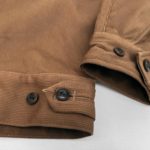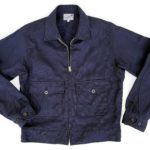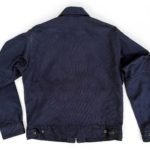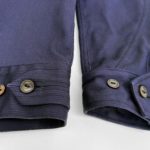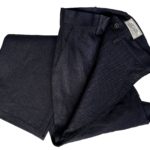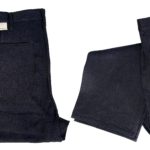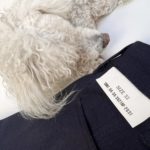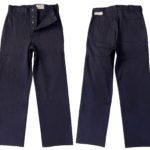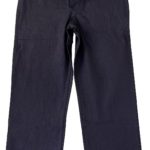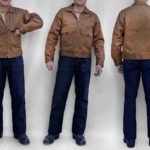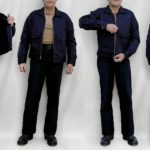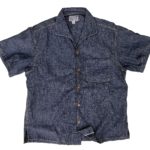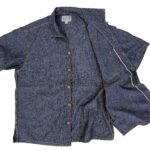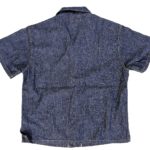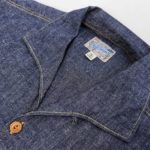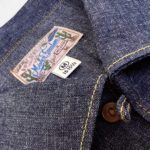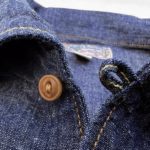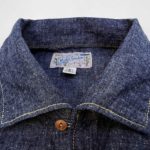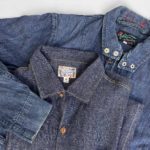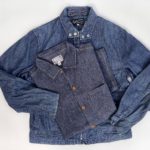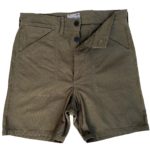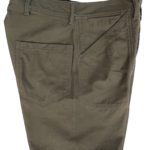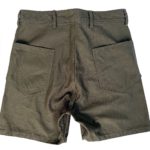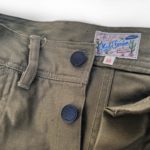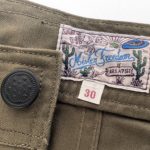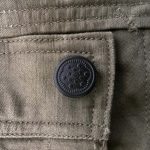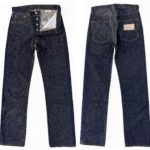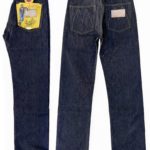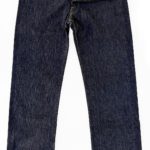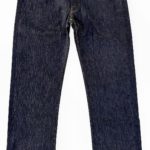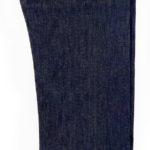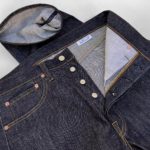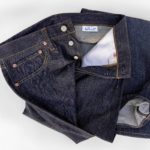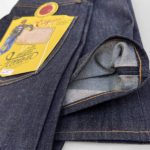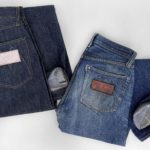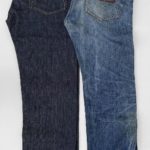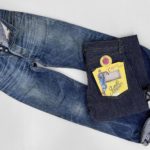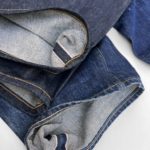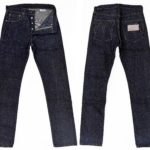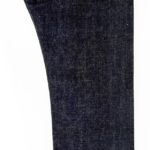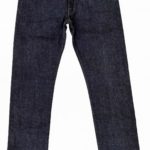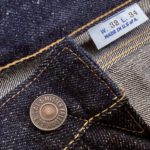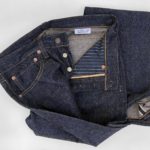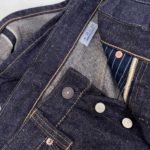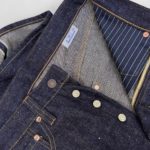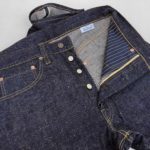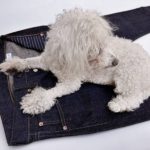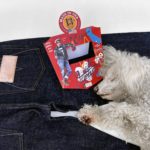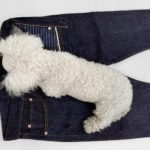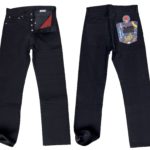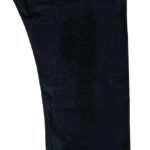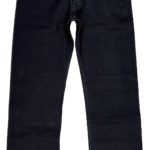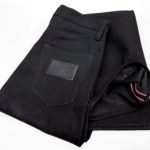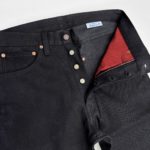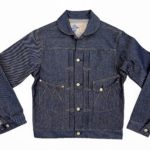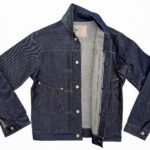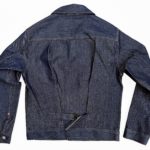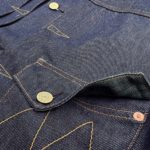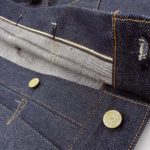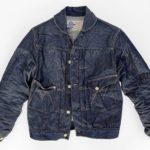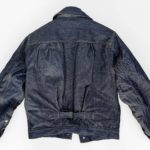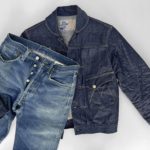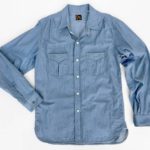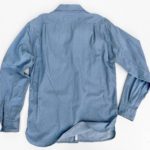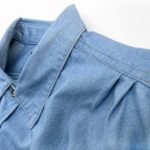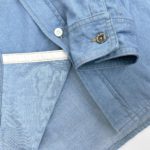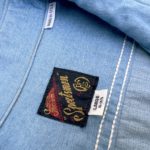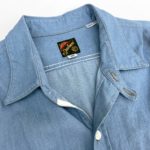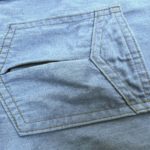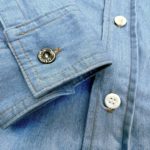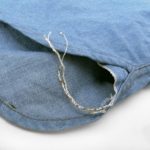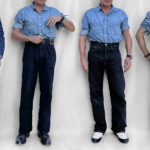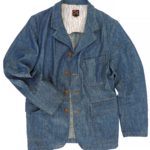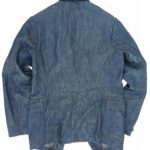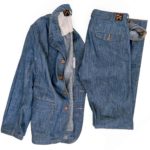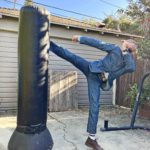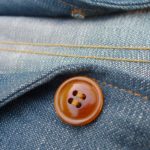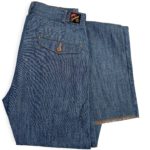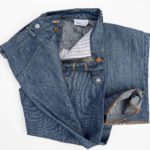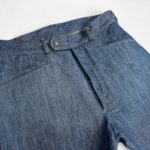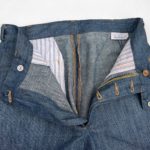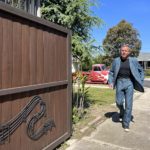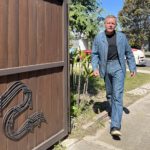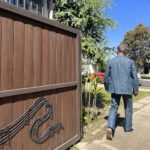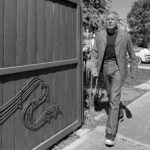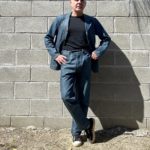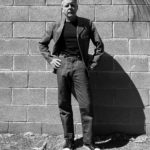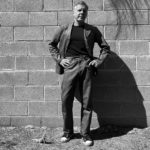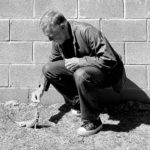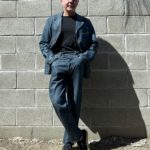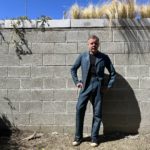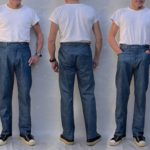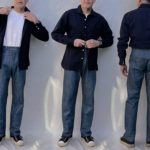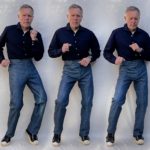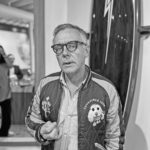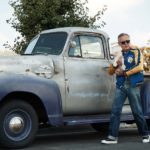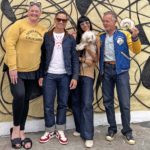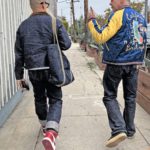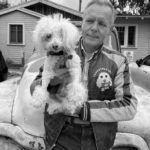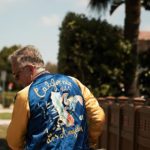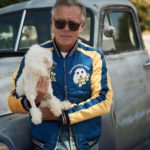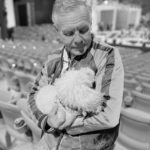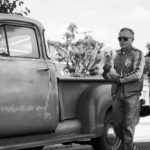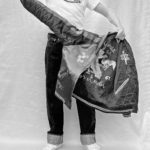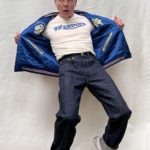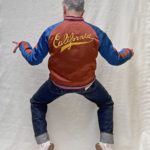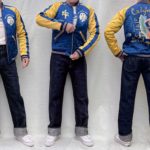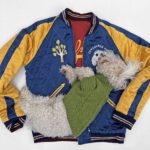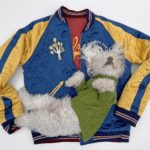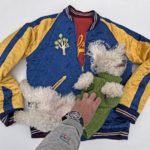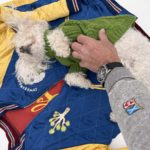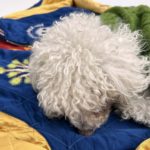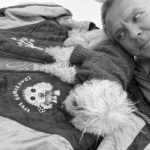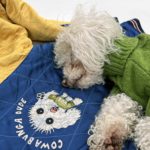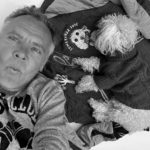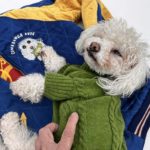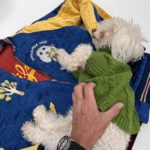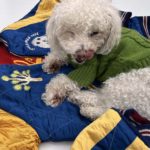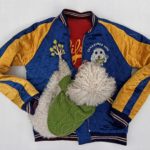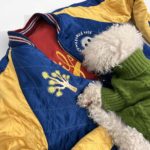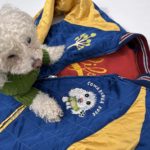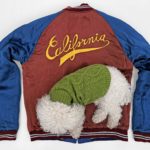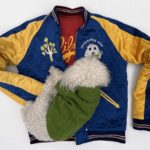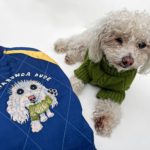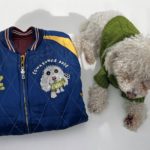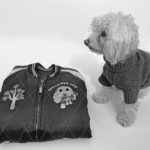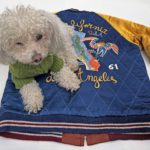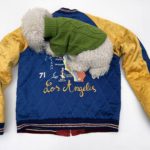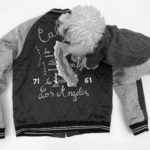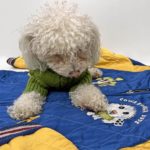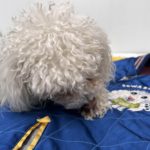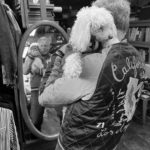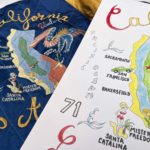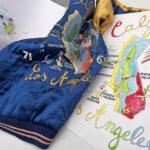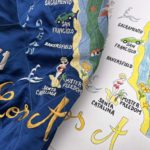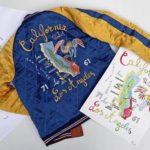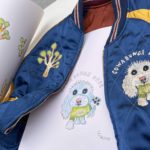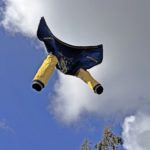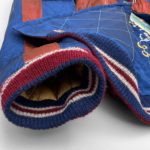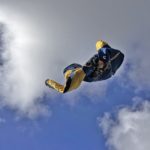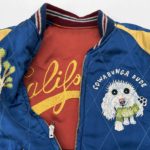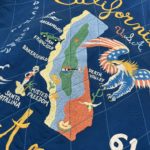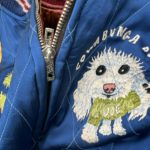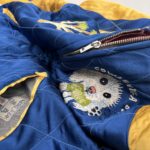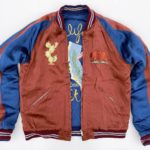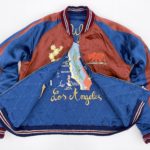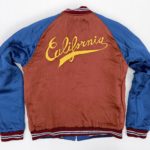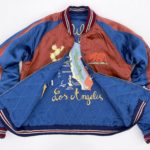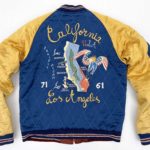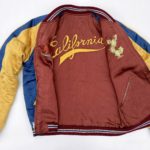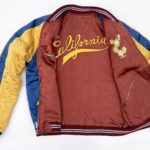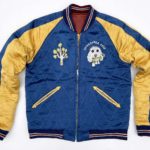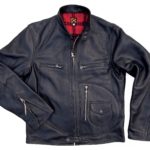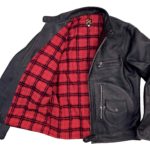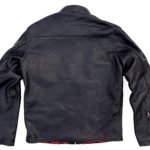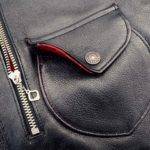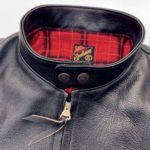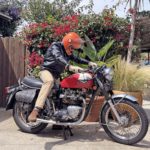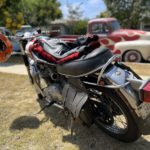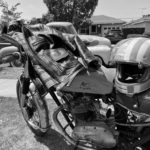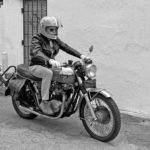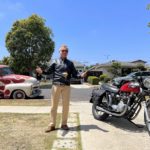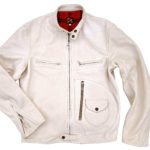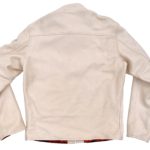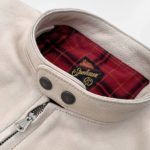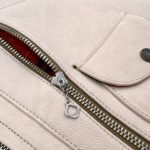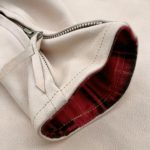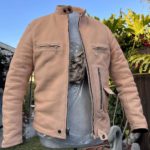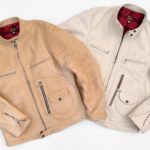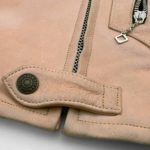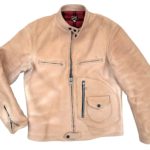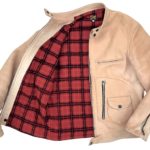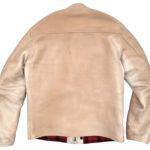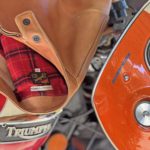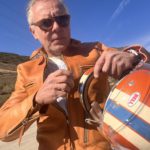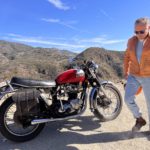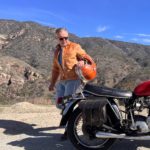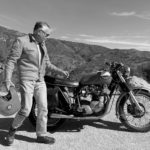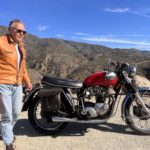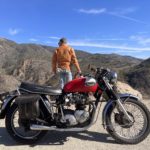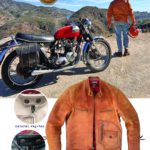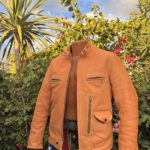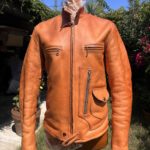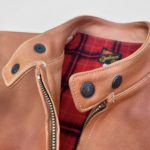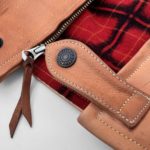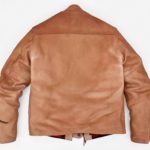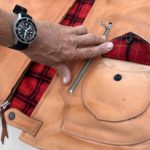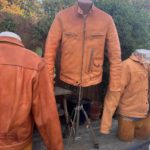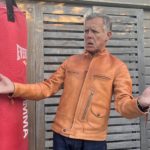Mister Freedom® x Sugar Cane Co SS2024 “AREA 7161” preview:
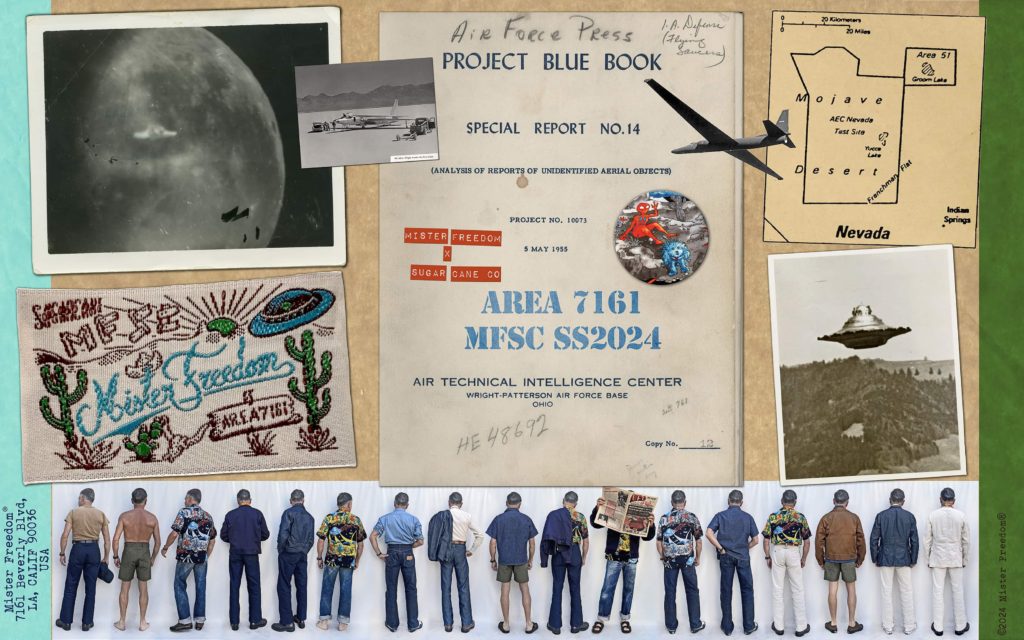 Mister Freedom® x Sugar Cane Co SS2024 “AREA 7161”, made in USA & Japan ©2023 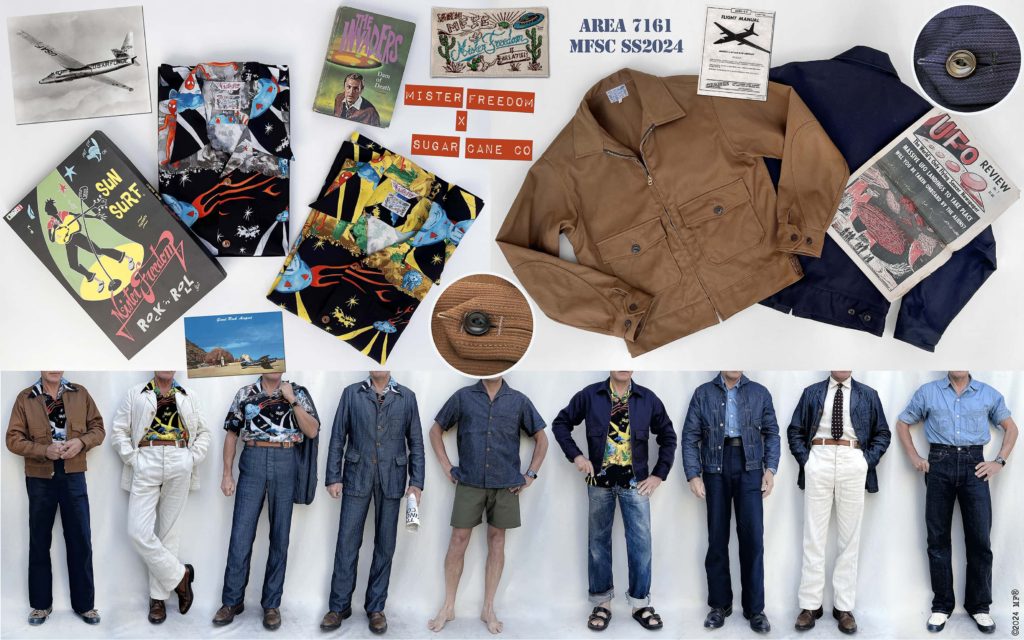 Mister Freedom® x Sugar Cane Co SS2024 “AREA 7161”, made in USA & Japan full line-up ©2023 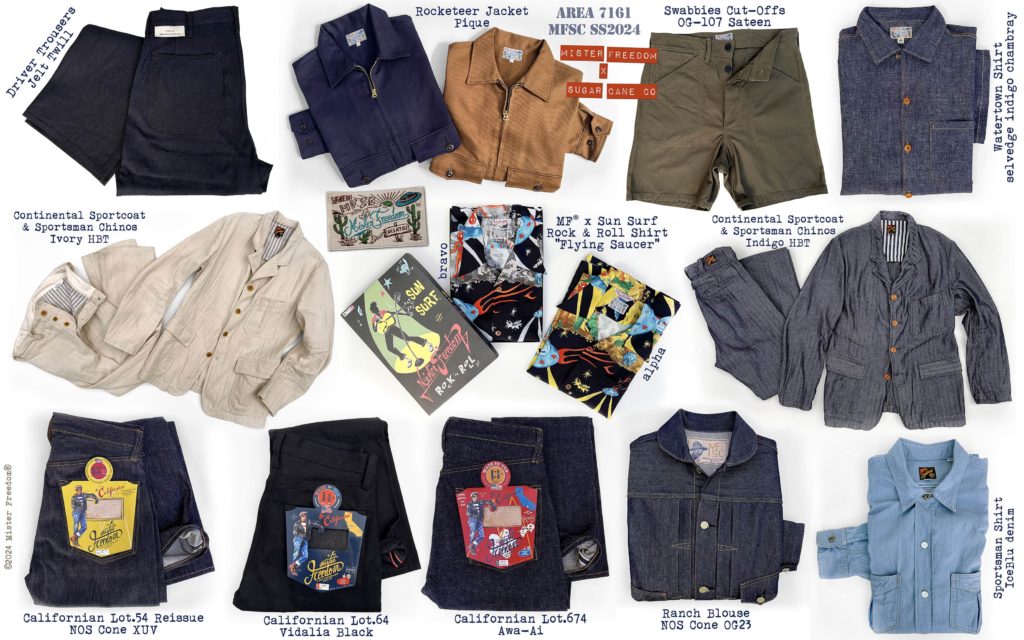 Mister Freedom® x Sugar Cane Co SS2024 “AREA 7161”, made in USA & Japan full line-up ©2023
Mister Freedom® x Sun Surf® SS2024 Rock’n’Roll Shirt “Flying Saucer” (Japan):
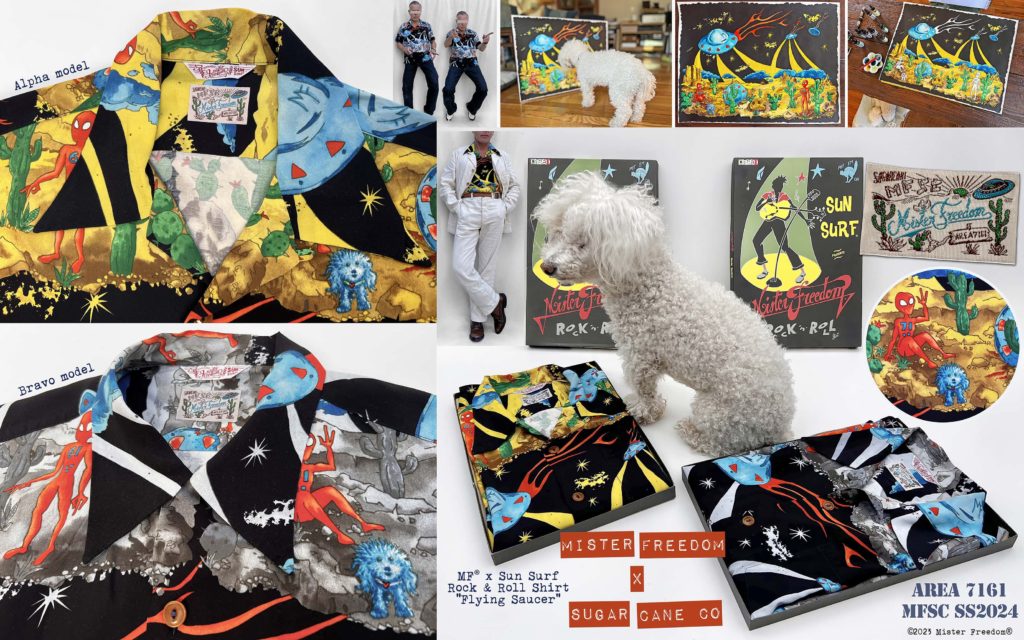 Mister Freedom® x Sun Surf® SS2024 Rock’n’Roll Shirt “Flying Saucer” ©2023 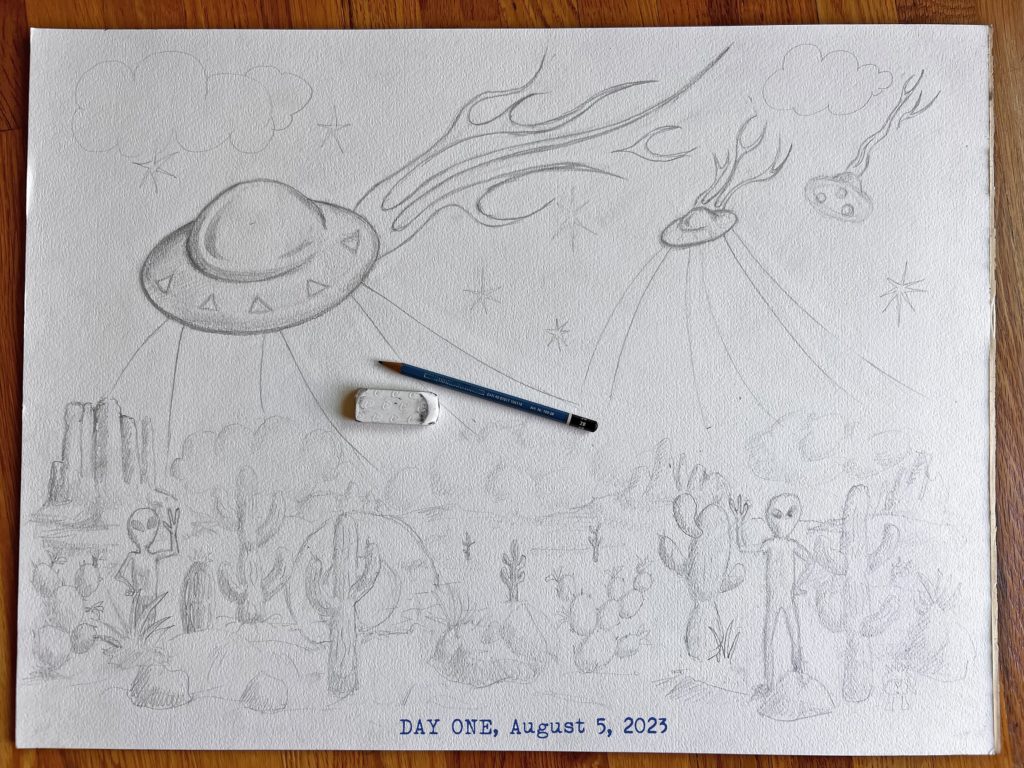
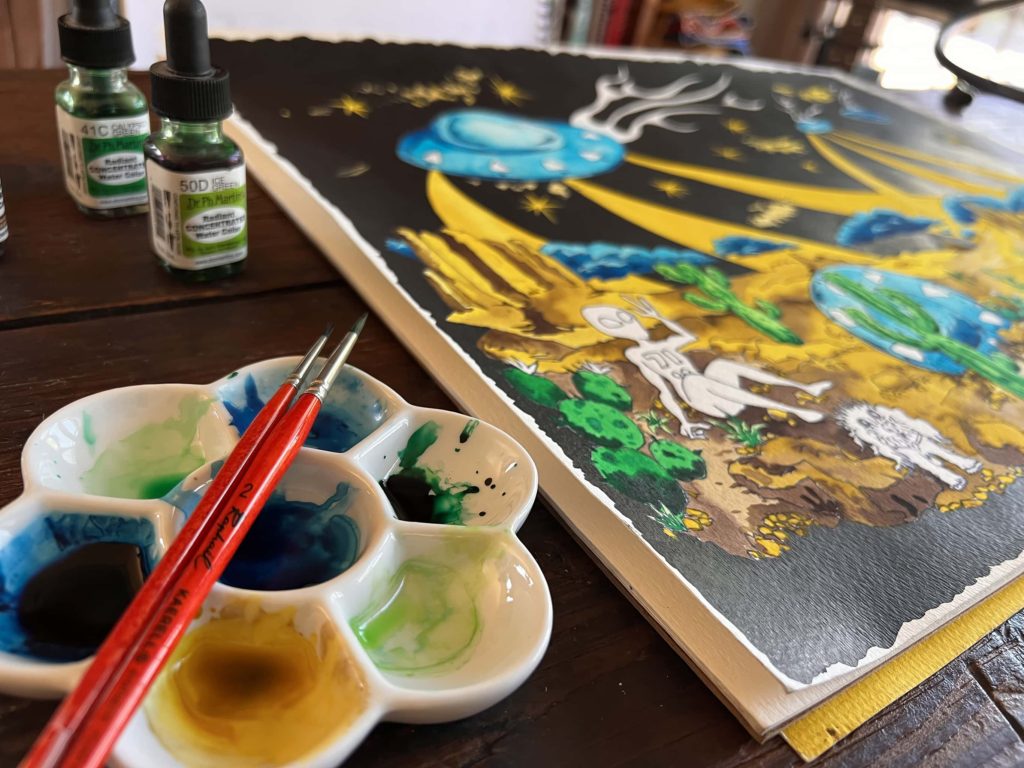
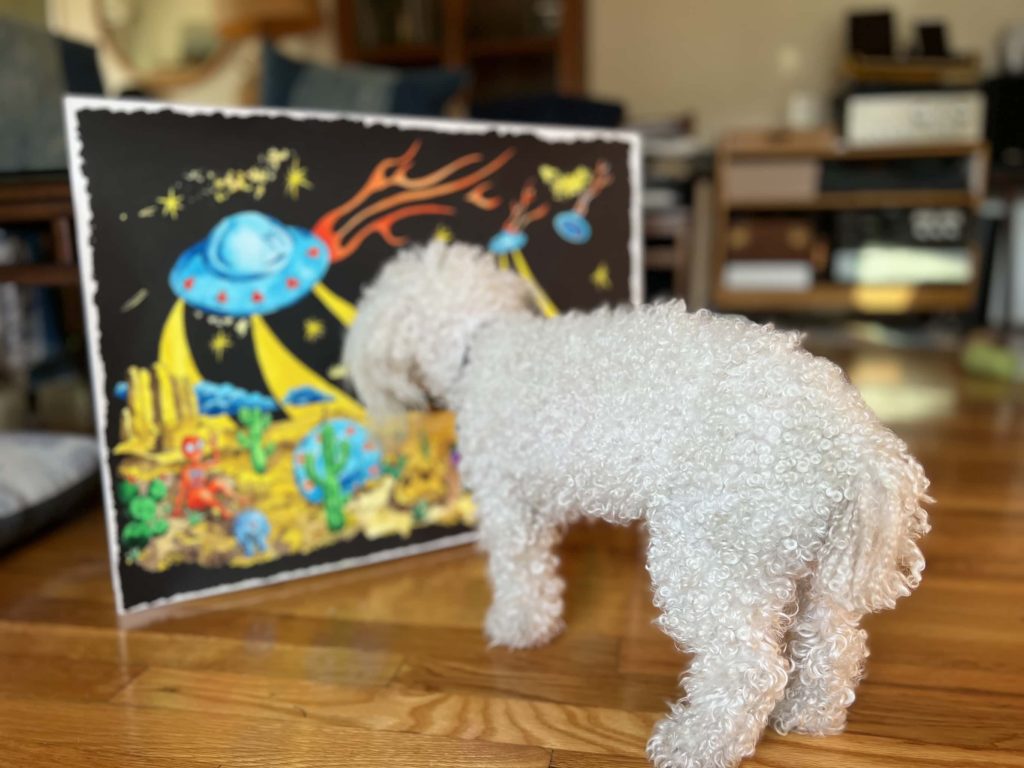
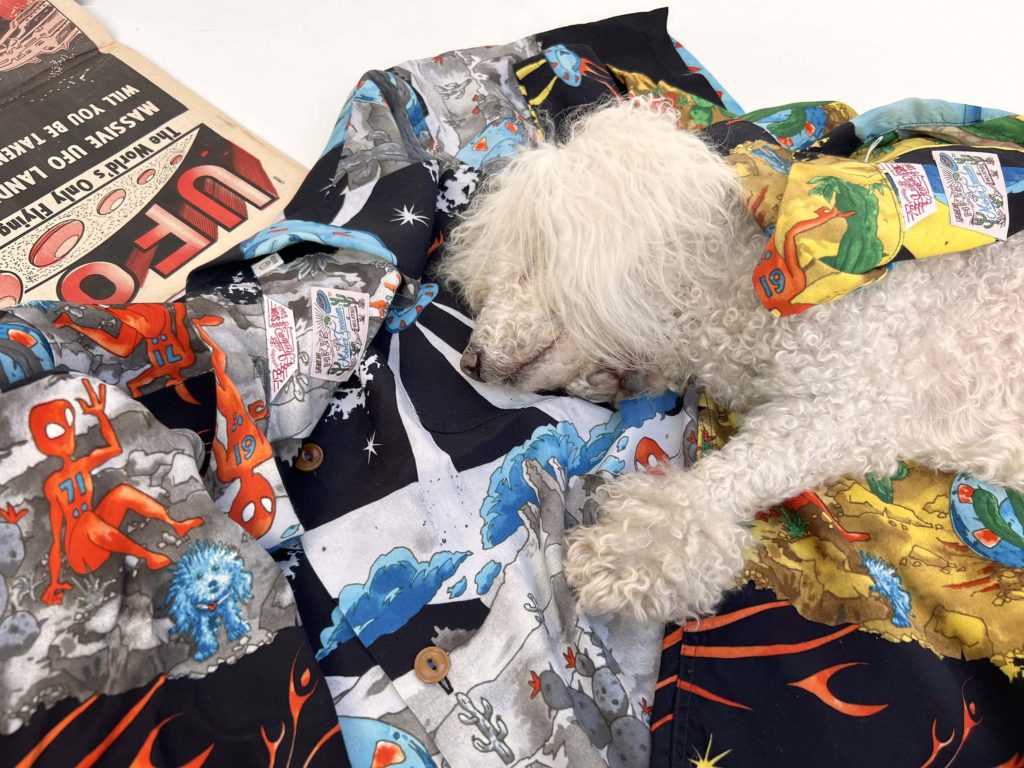 Mister Freedom® x Sun Surf® SS2024 Rock’n’Roll Shirt “Flying Saucer” ©2023 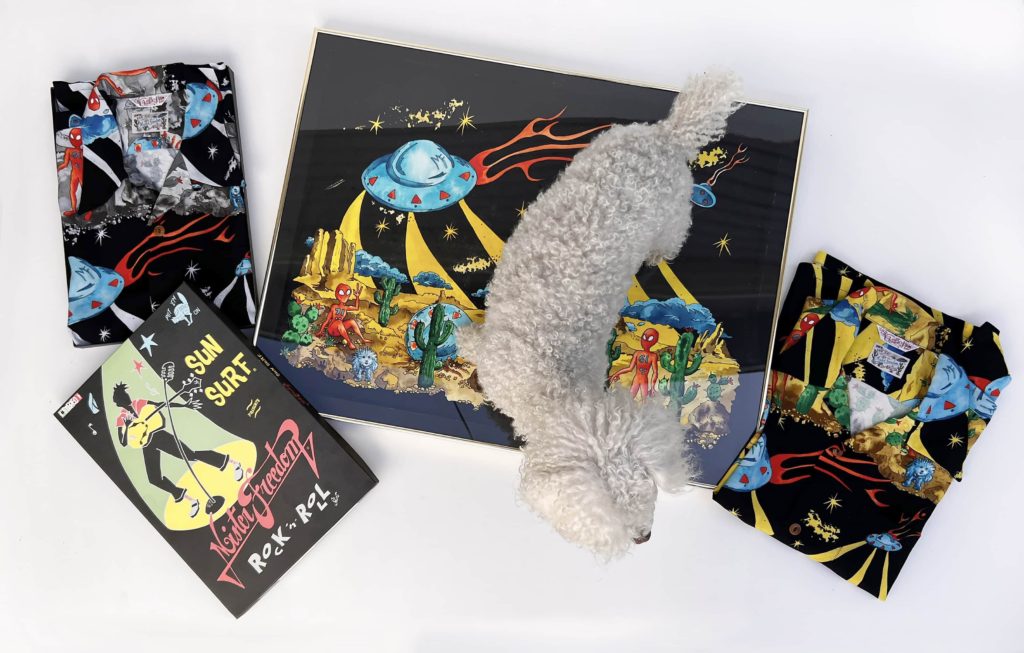 Mister Freedom® x Sun Surf® SS2024 Rock’n’Roll Shirt “Flying Saucer” ©2023 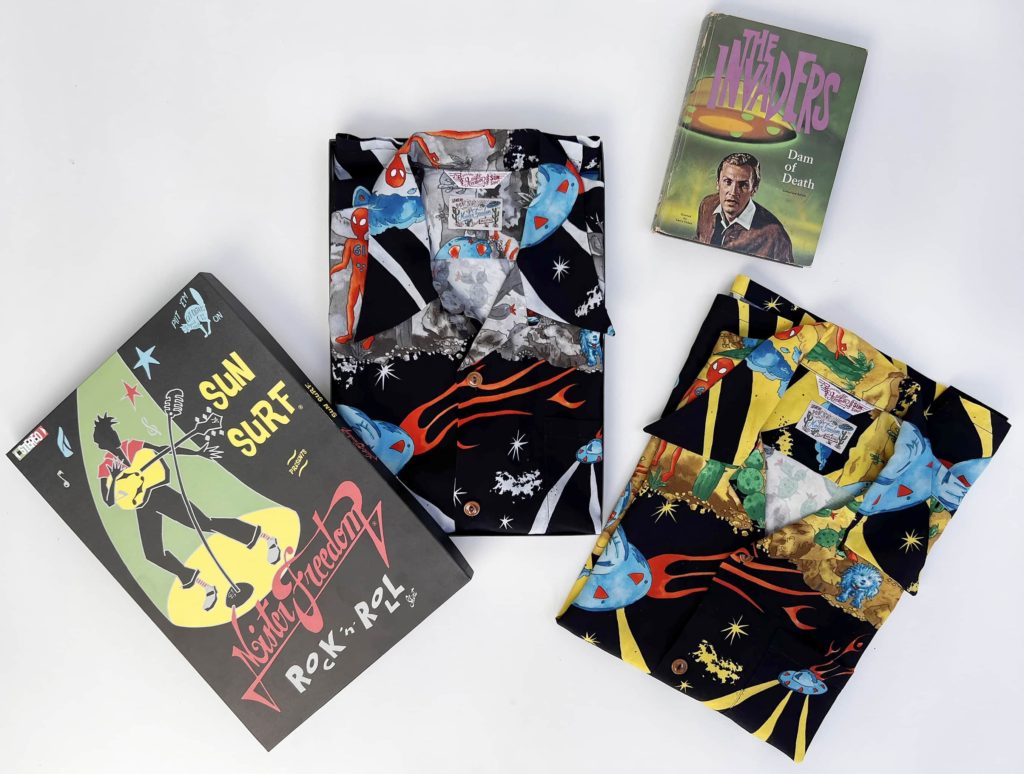 Mister Freedom® x Sun Surf® SS2024 Rock’n’Roll Shirt “Flying Saucer” ©2023 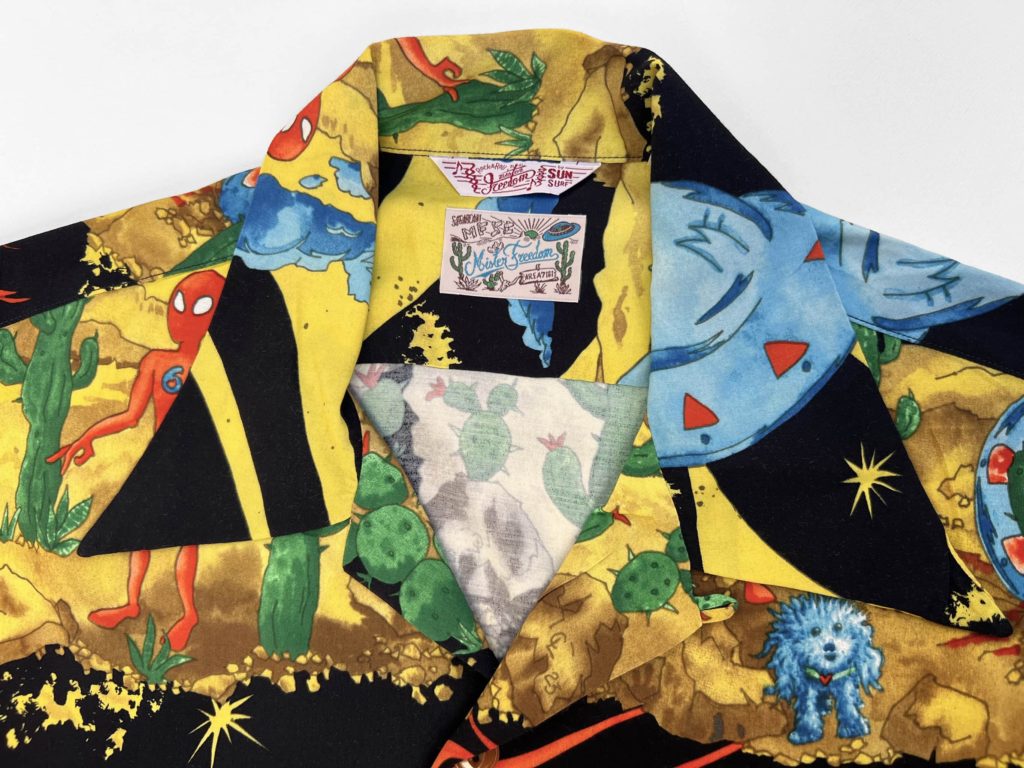 Mister Freedom® x Sun Surf® SS2024 Rock’n’Roll Shirt “Flying Saucer”, Alpha model ©2023 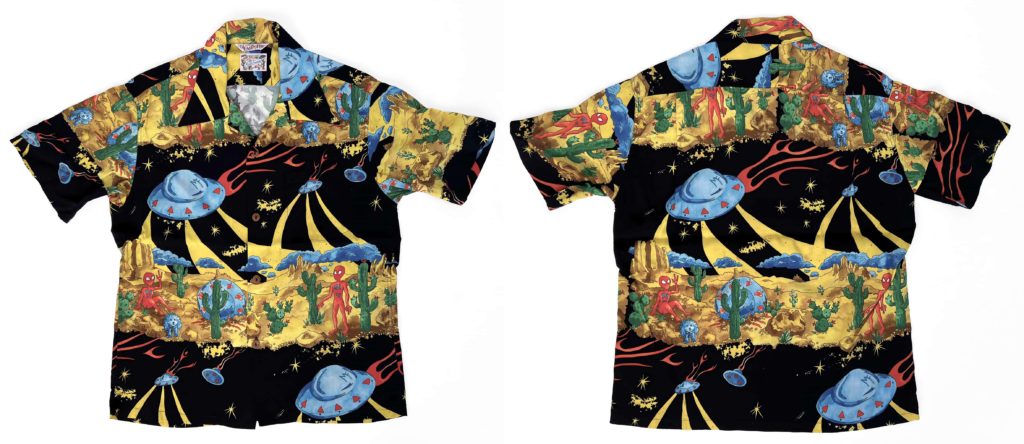 Mister Freedom® x Sun Surf SS2024 Rock’n’Roll Shirt “Flying Saucer”, Alpha model ©2023 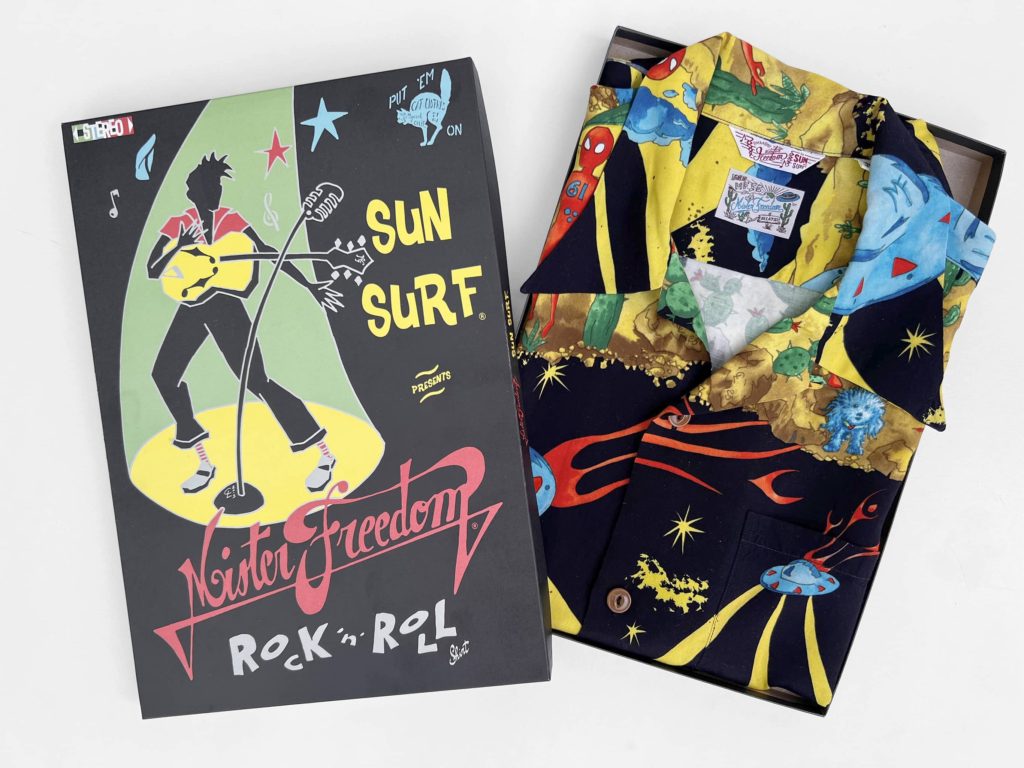 Mister Freedom® x Sun Surf® SS2024 Rock’n’Roll Shirt “Flying Saucer”, Alpha model ©2023 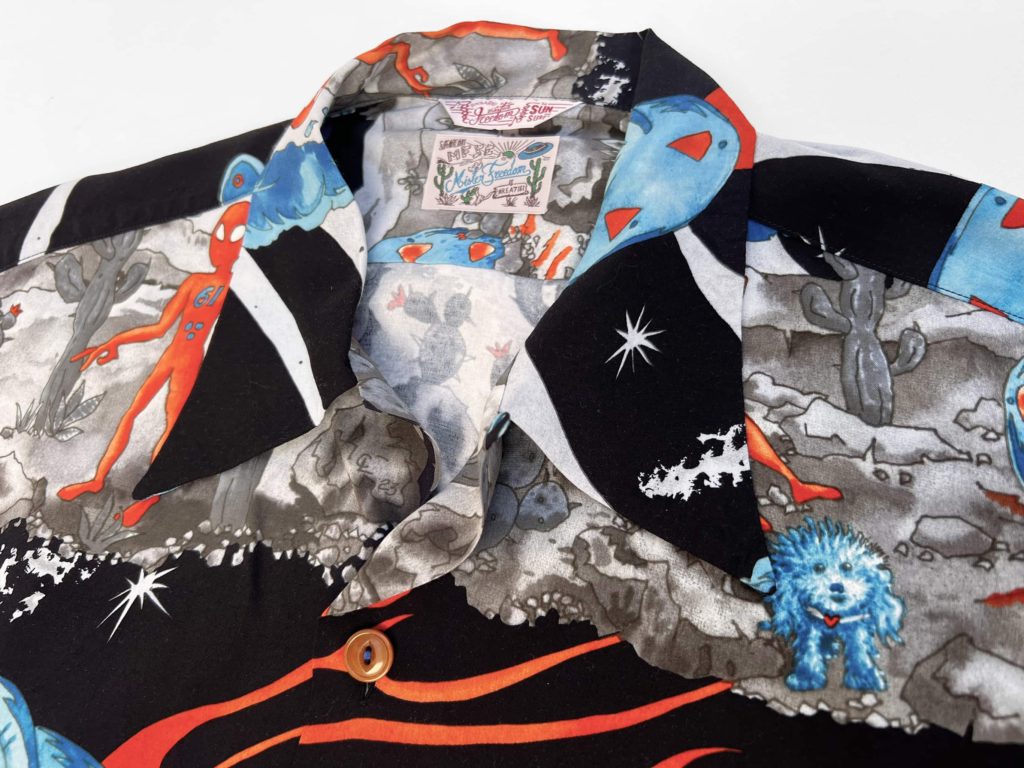 Mister Freedom® x Sun Surf® SS2024 Rock’n’Roll Shirt “Flying Saucer”, Bravo model ©2023 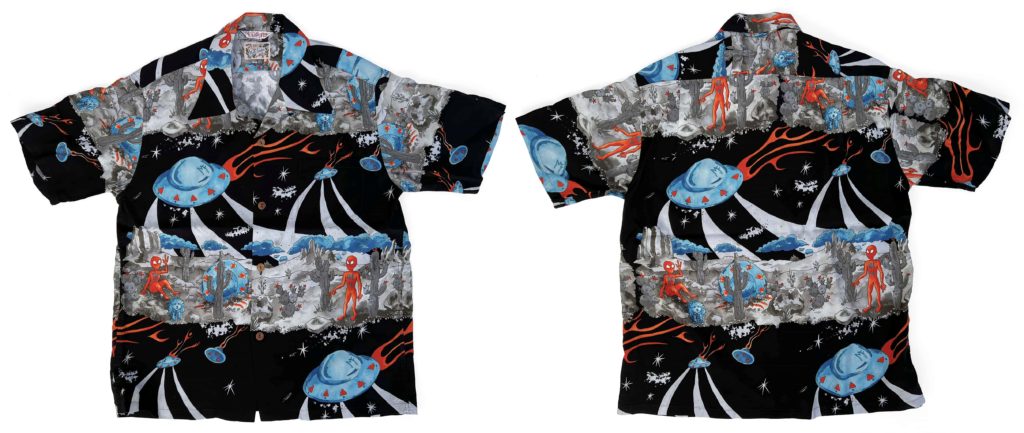 Mister Freedom® x Sun Surf SS2024 Rock’n’Roll Shirt “Flying Saucer”, Bravo model ©2023 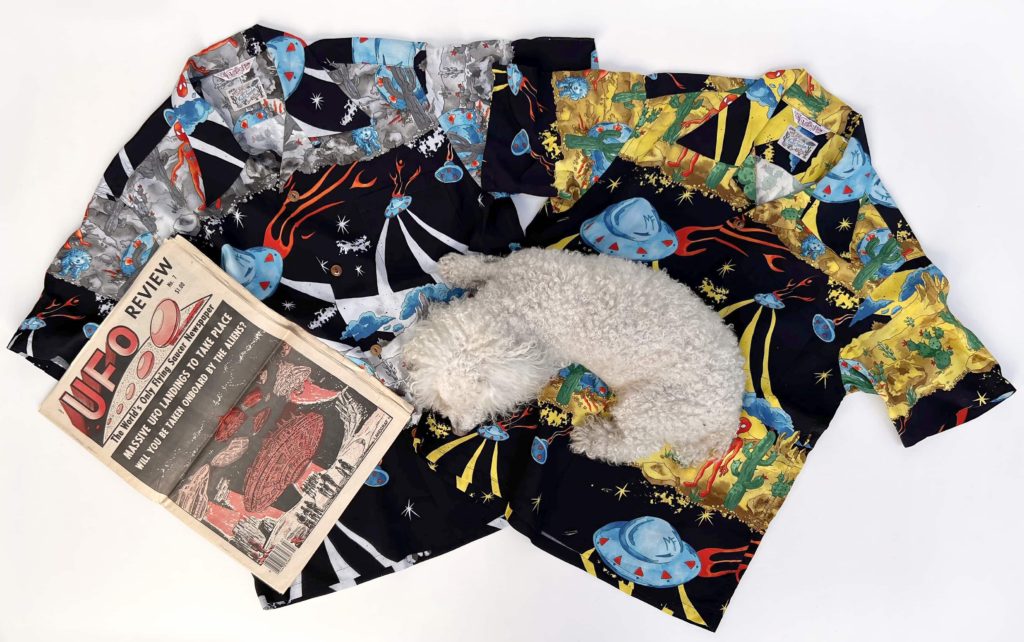 Mister Freedom® x Sun Surf® SS2024 Rock’n’Roll Shirts “Flying Saucer”, Alpha & Bravo models ©2023 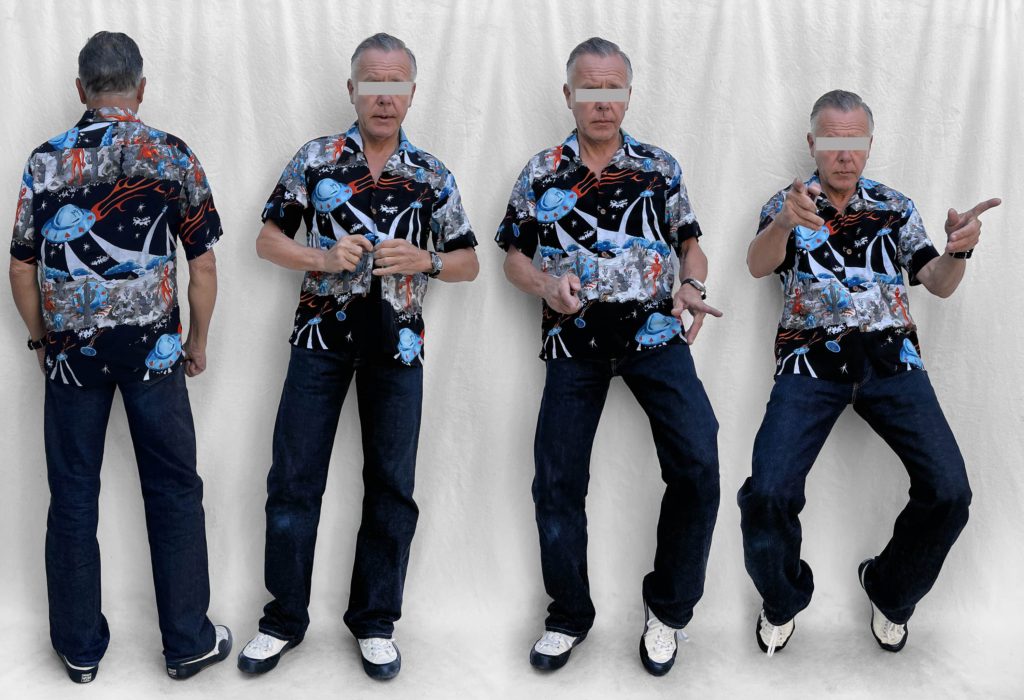
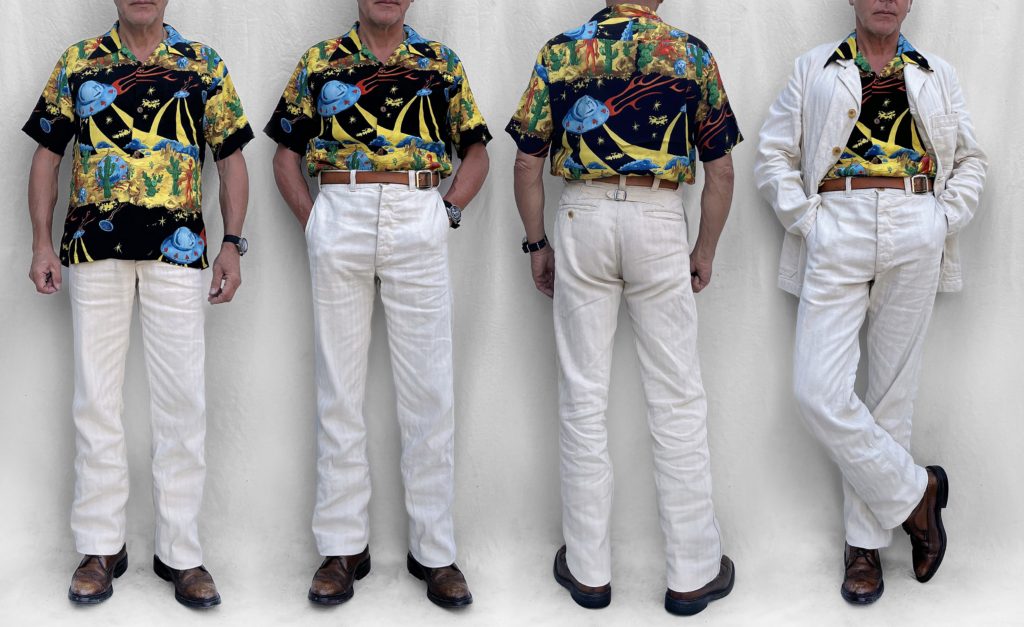
-
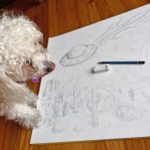
-
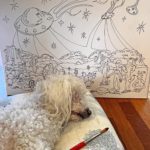
-
Joe Greene, considering color options…
-
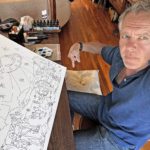
-
Joe Greene, art director…
-

-
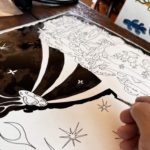
-
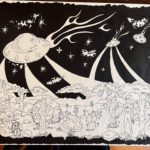
-
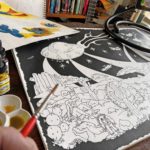
-
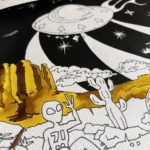
-
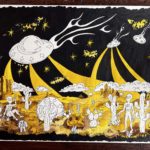
-
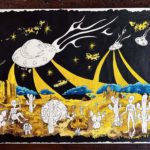
-
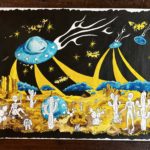
-
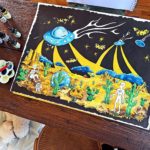
-
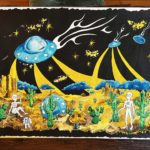
-

-
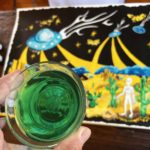
-
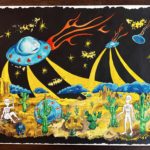
-
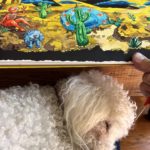
-
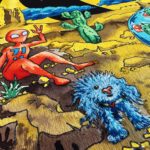
-
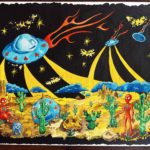
-

-
“You want my honest opinion?”
-
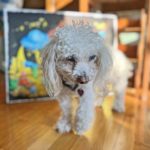
-
“I’m hungry, that’s my opinion.”
-
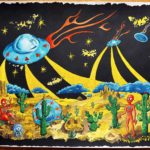
-
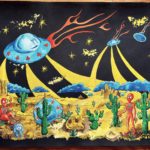
-
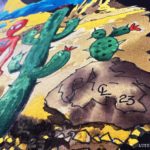
-
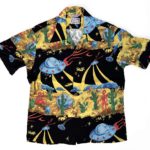
-
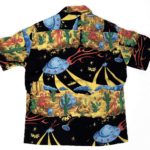
-
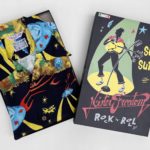
-
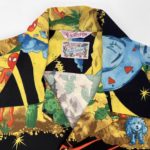
-
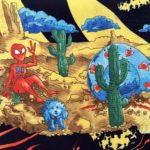
-
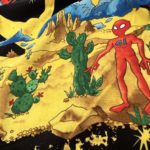
-
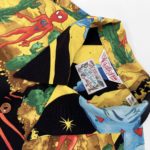
-
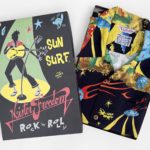
-
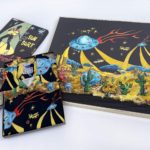
-
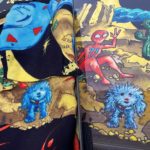
-
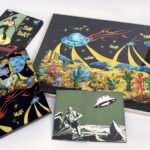
-
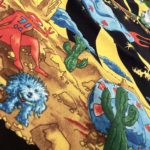
-
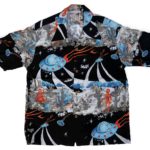
-
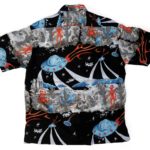
-
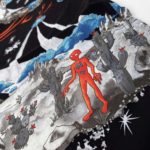
-
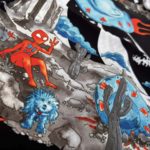
-
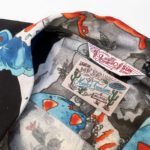
-
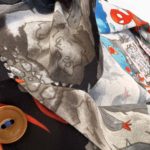
-
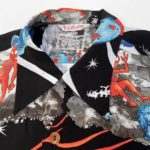
-
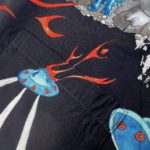
-
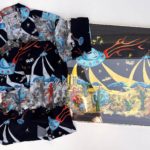
-
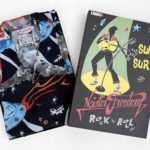
-
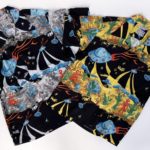
-
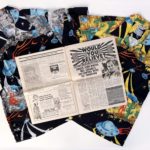
-
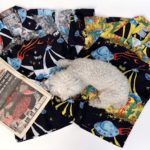
-
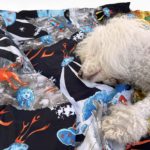
-
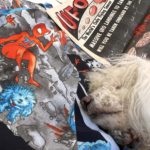
-
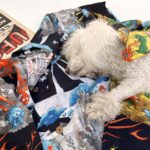
-
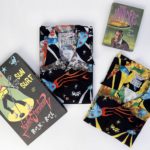
-
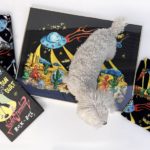
-
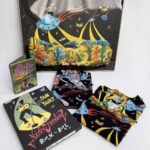
-
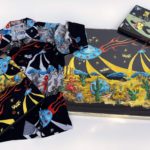
-
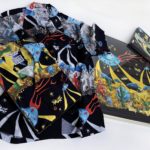
-
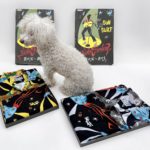
MF® Continental Sportcoat & Sportsman Chinos tw0-piece suit, ivory & indigo cotton HBT, SS2024 (USA):
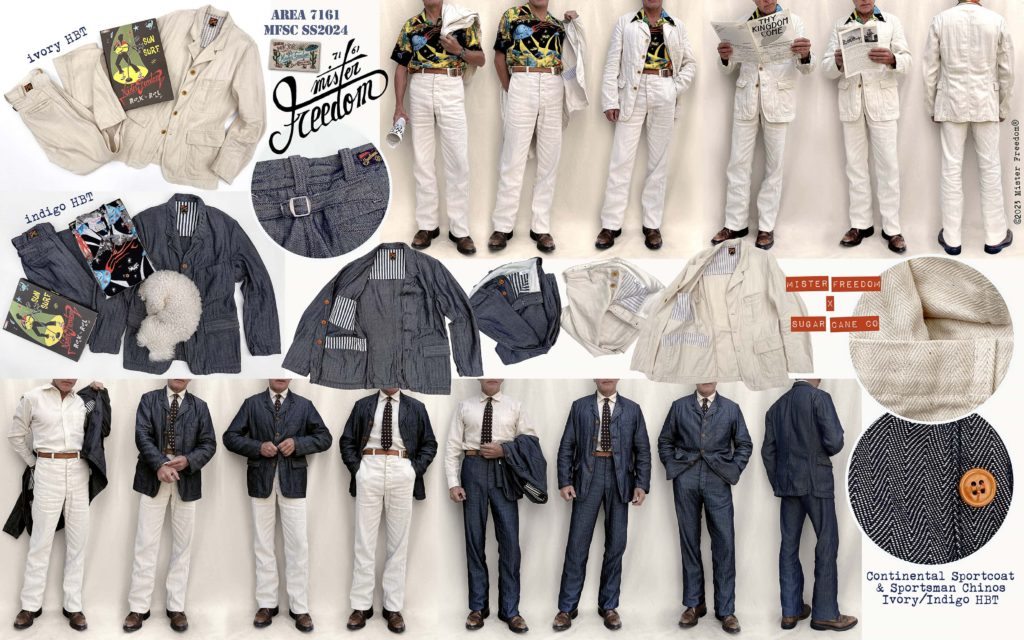 MF® Continental Sportcoat & matching Sportsman Chinos, ivory & indigo cotton HBT (USA) ©2023  MF® Continental Sportcoat ivory cotton HBT ©2023 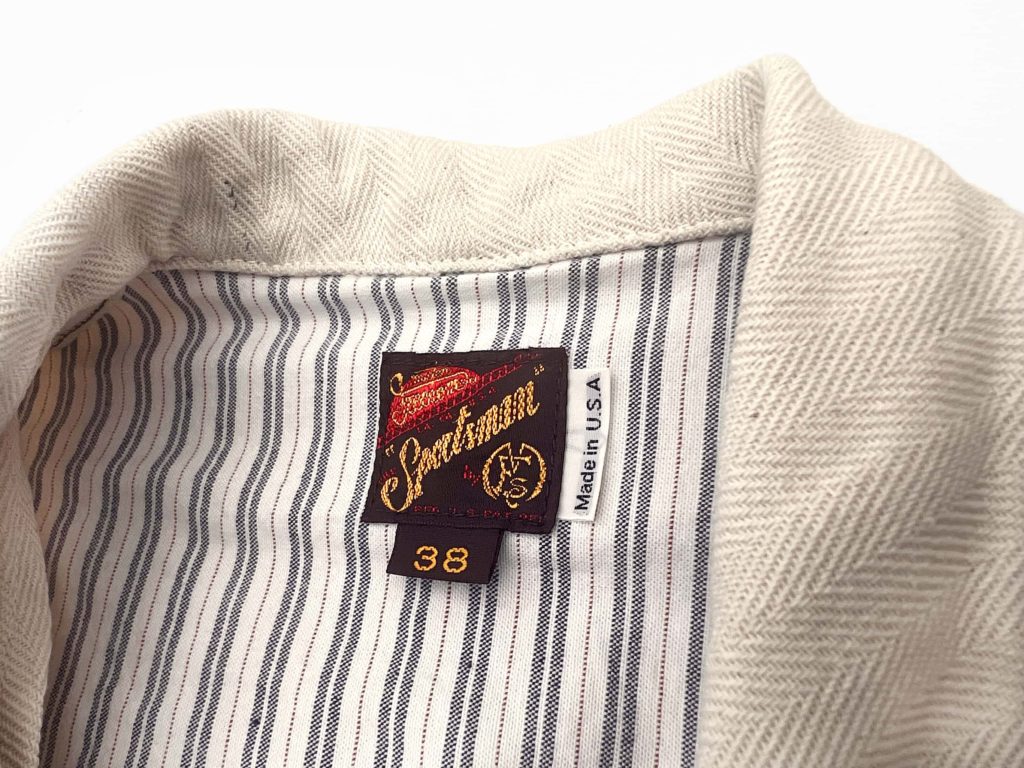 MF® Continental Sportcoat ivory cotton HBT ©2023 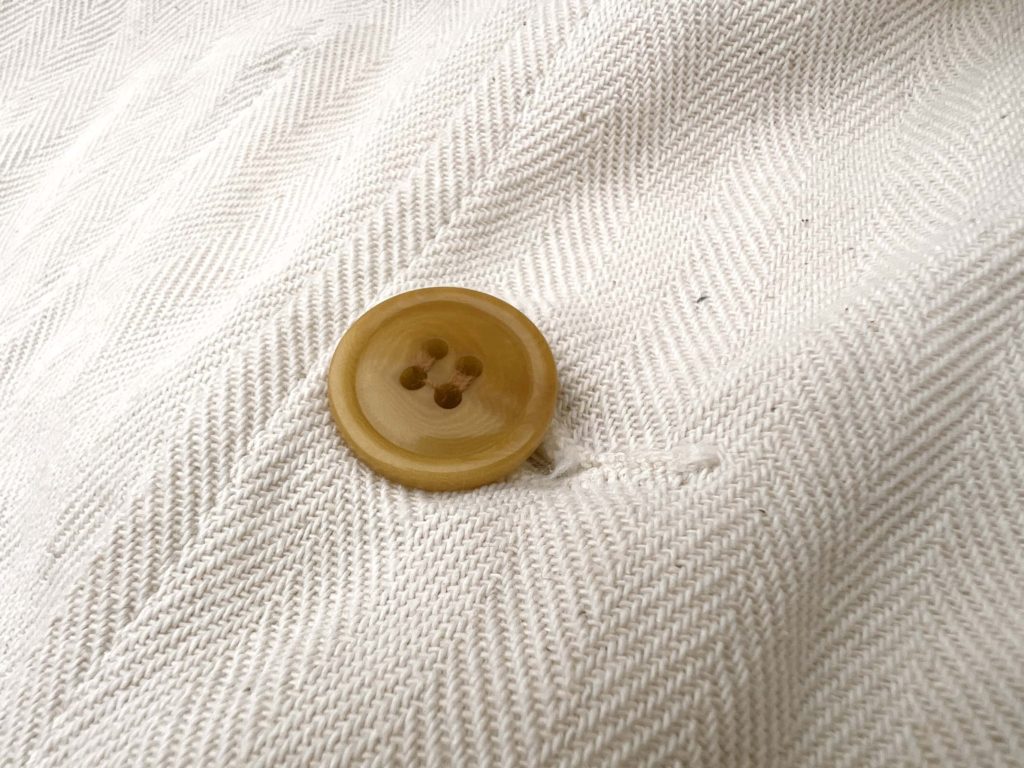 MF® Continental Sportcoat ivory cotton HBT ©2023 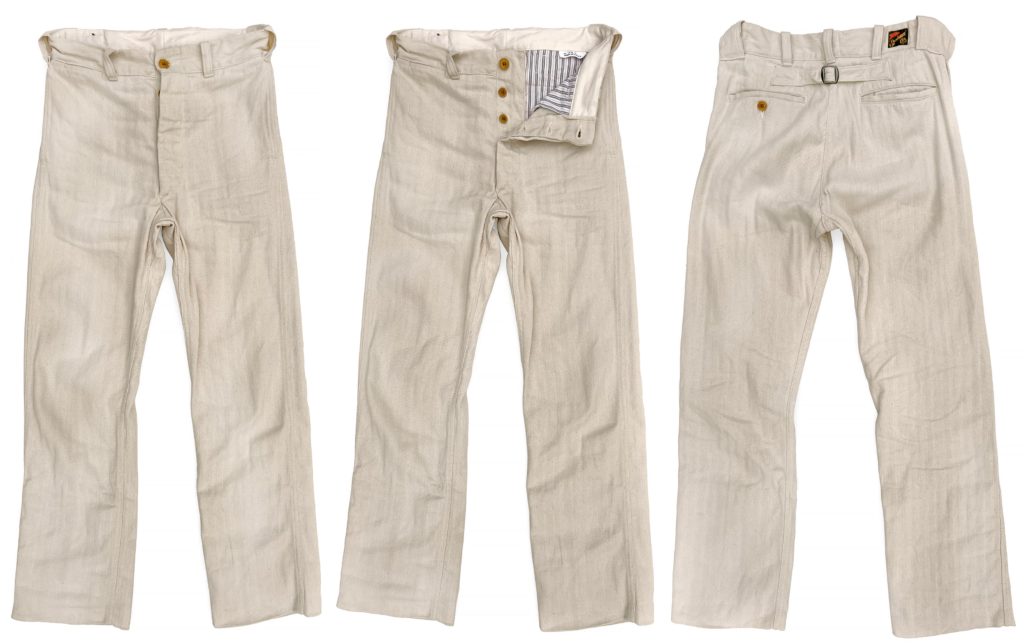 MF® Sportsman Chinos, ivory cotton HBT ©2023 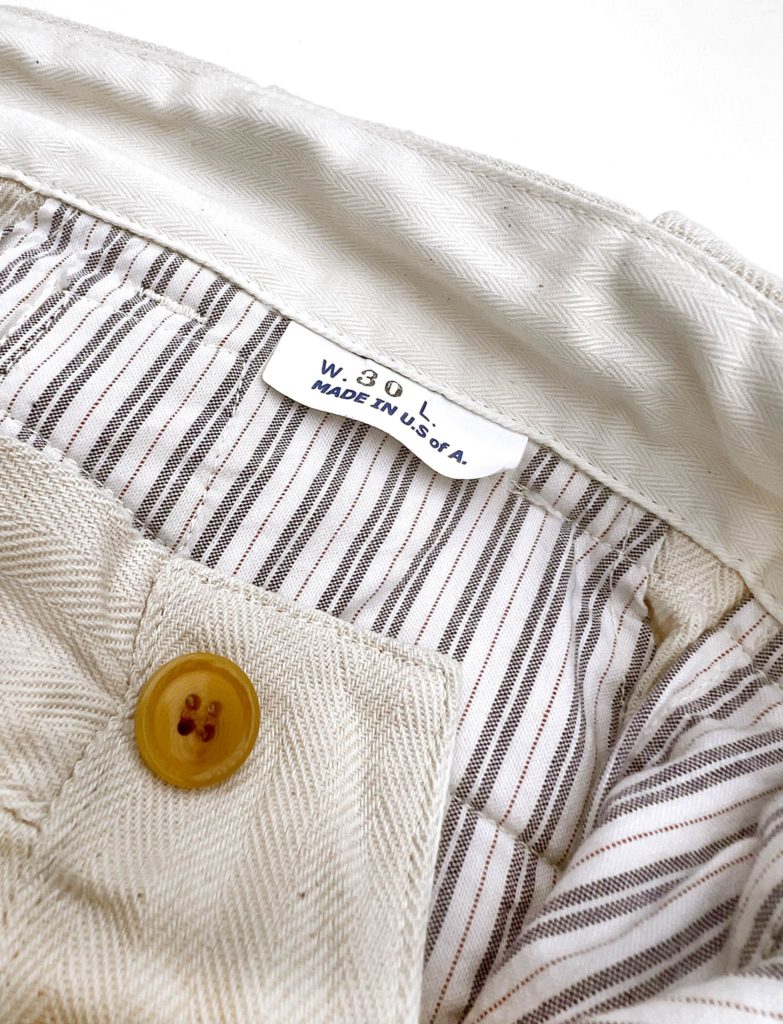 MF® Sportsman Chinos, ivory cotton HBT ©2023 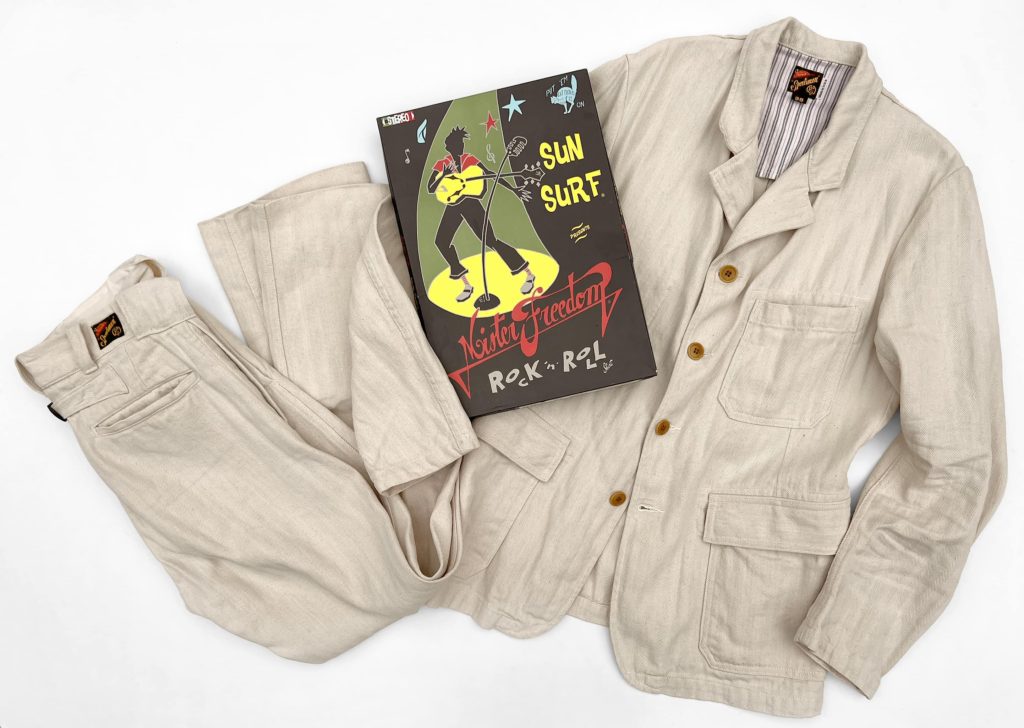 MF® Continental Sportcoat & Sportsman Chinos, ivory cotton HBT ©2023
 MF® Continental Sportcoat, indigo cotton HBT ©2023 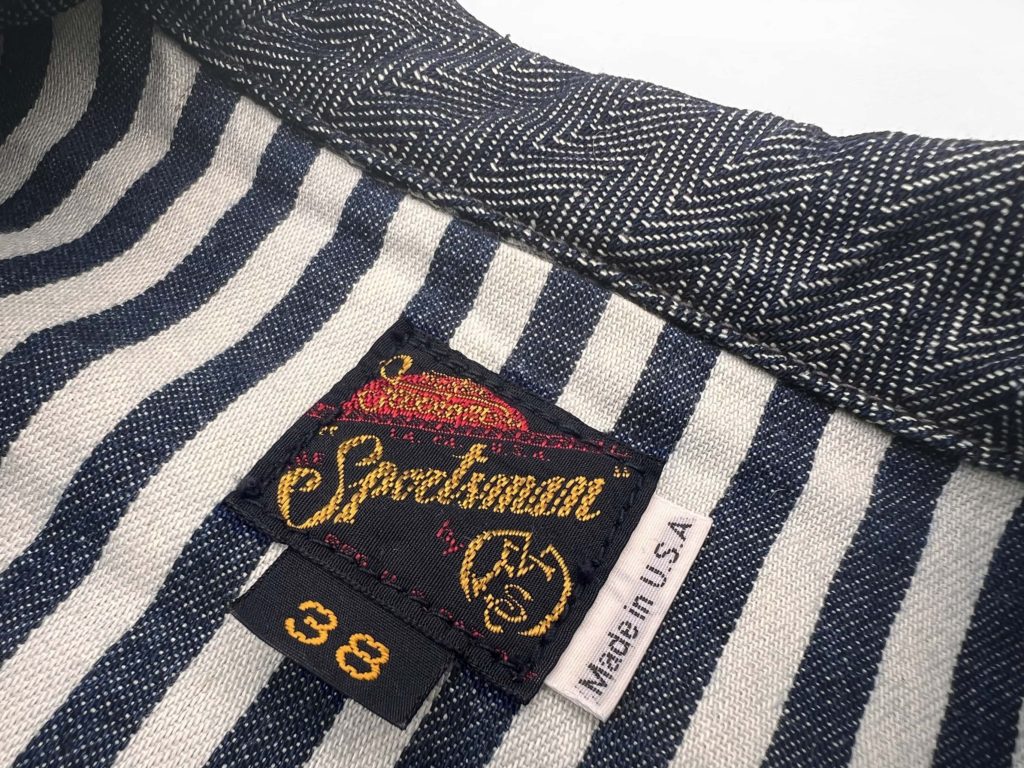 MF® Continental Sportcoat, indigo cotton HBT ©2023 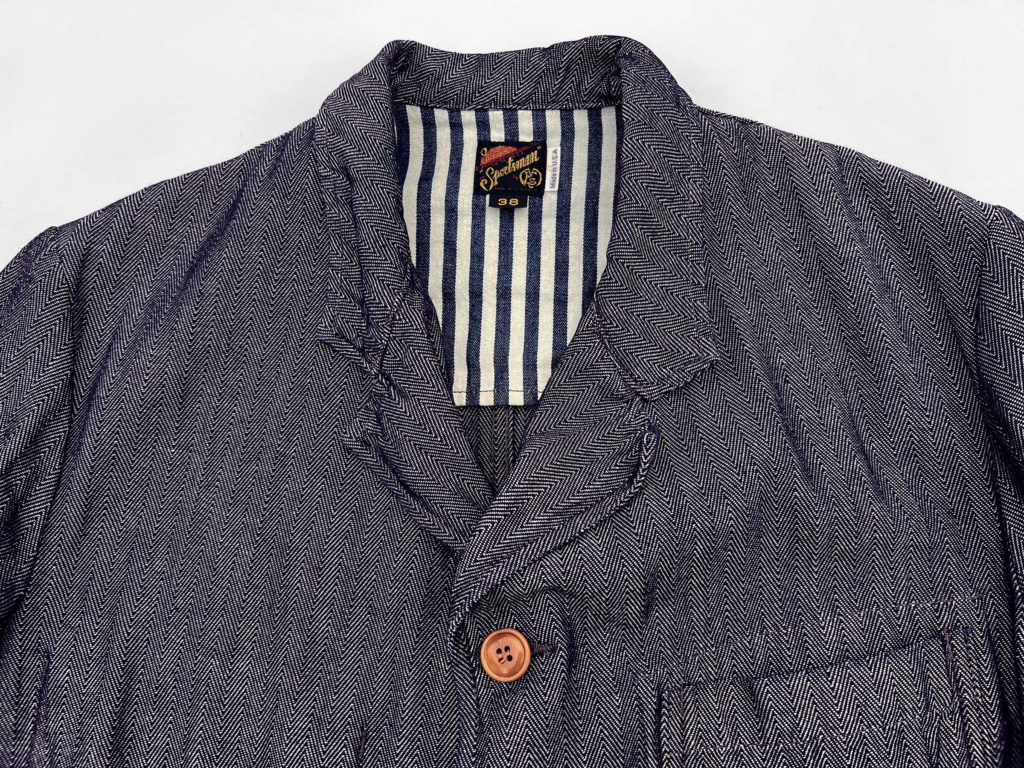 MF® Continental Sportcoat, indigo cotton HBT ©2023 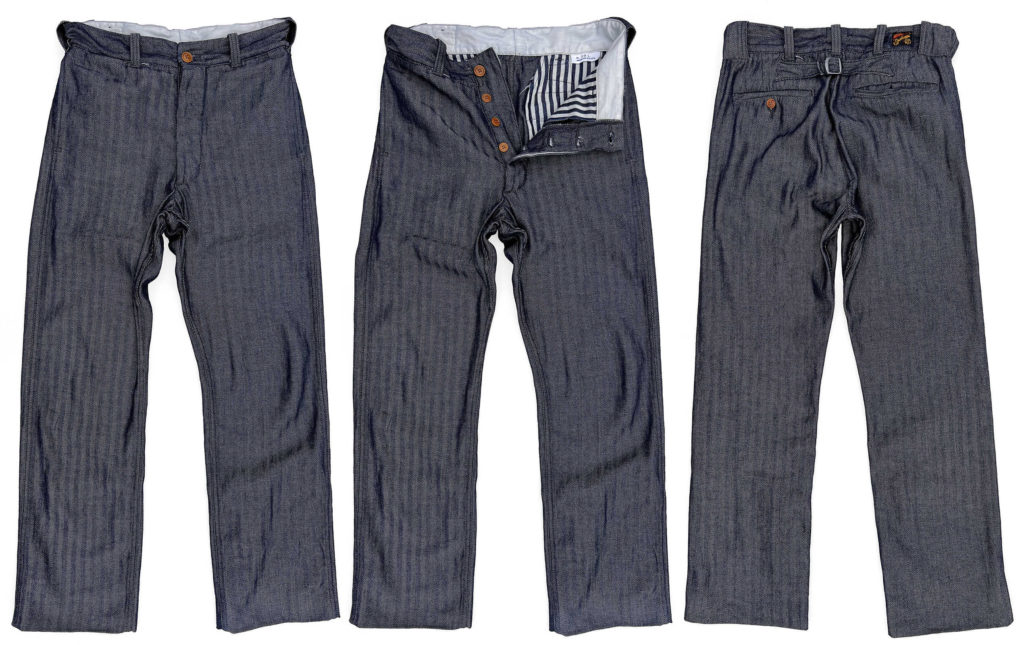 MF® Sportsman Chinos, indigo cotton HBT ©2023 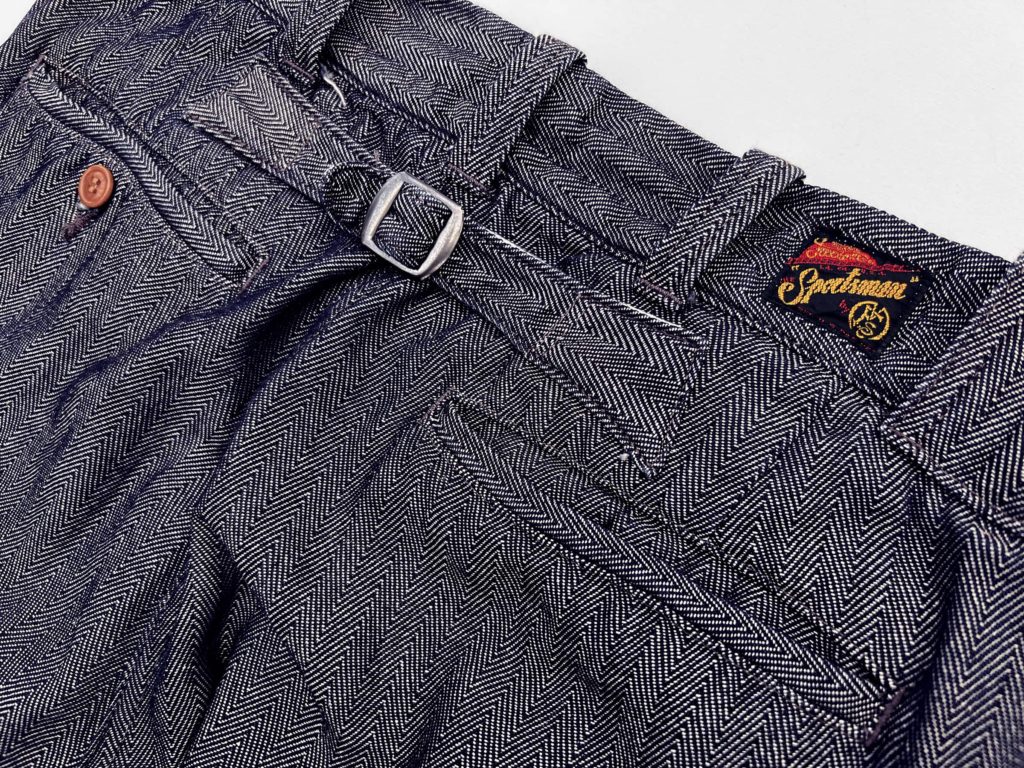 MF® Sportsman Chinos, indigo cotton HBT ©2023 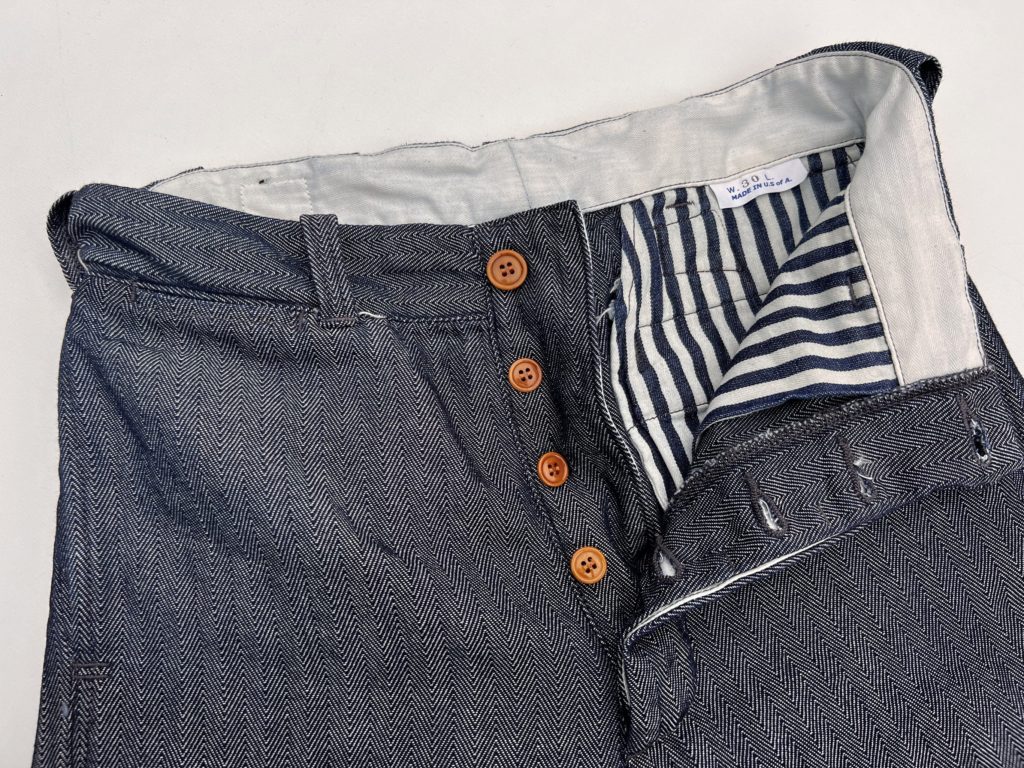 MF® Sportsman Chinos, indigo cotton HBT ©2023 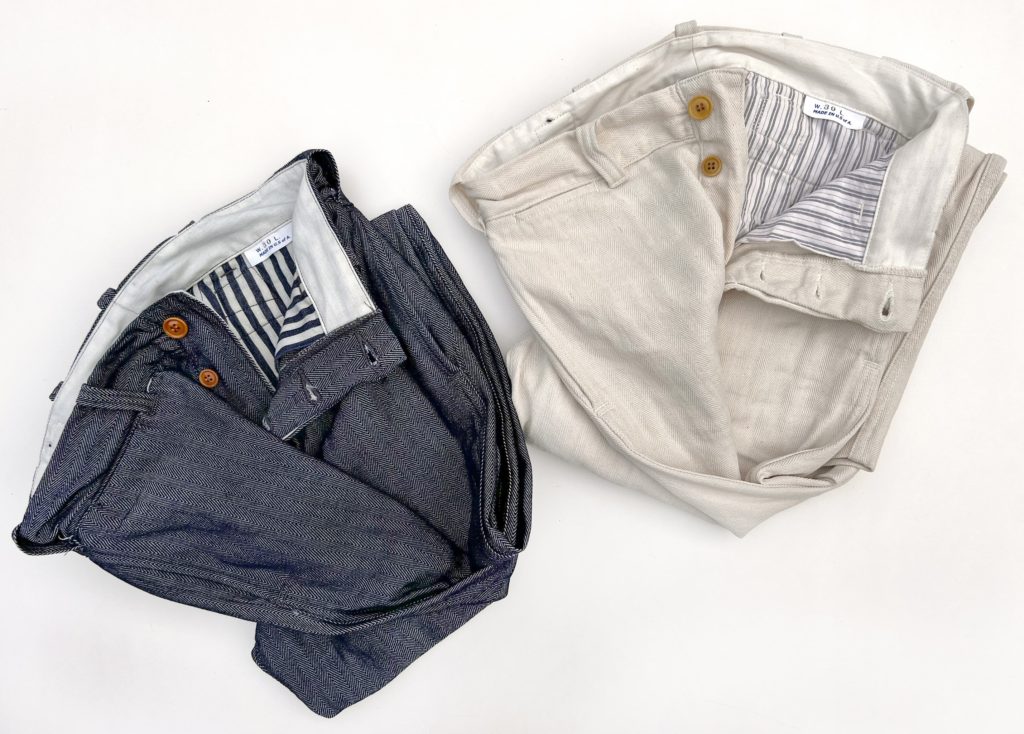 MF® Sportsman Chinos, indigo & ivory cotton HBT ©2023 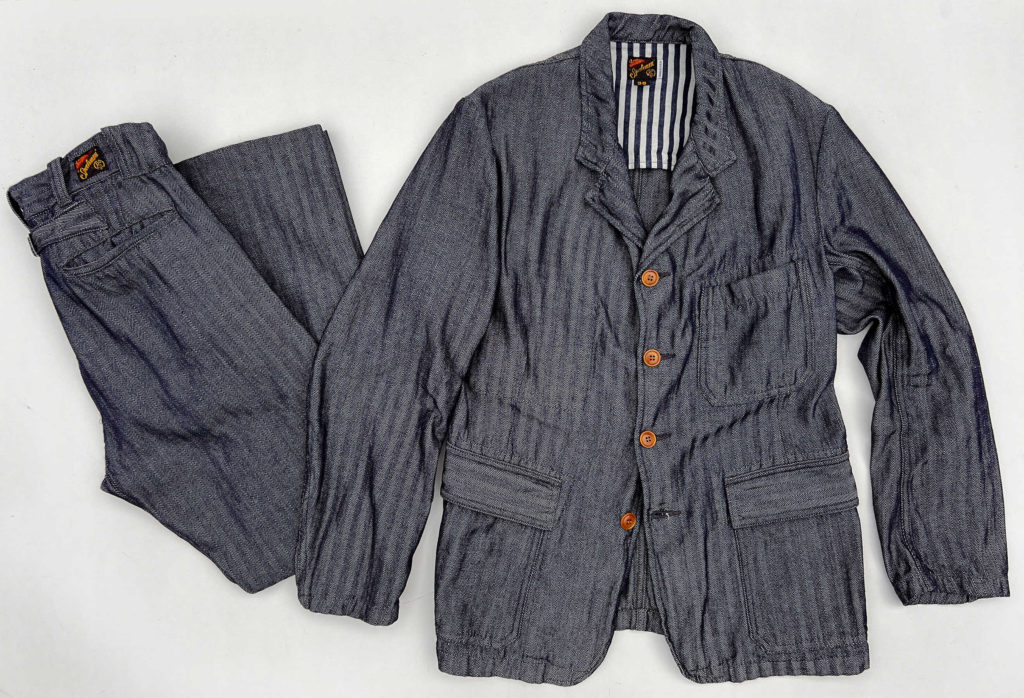 MF® Continental Sportcoat & Sportsman Chinos, indigo cotton HBT ©2023 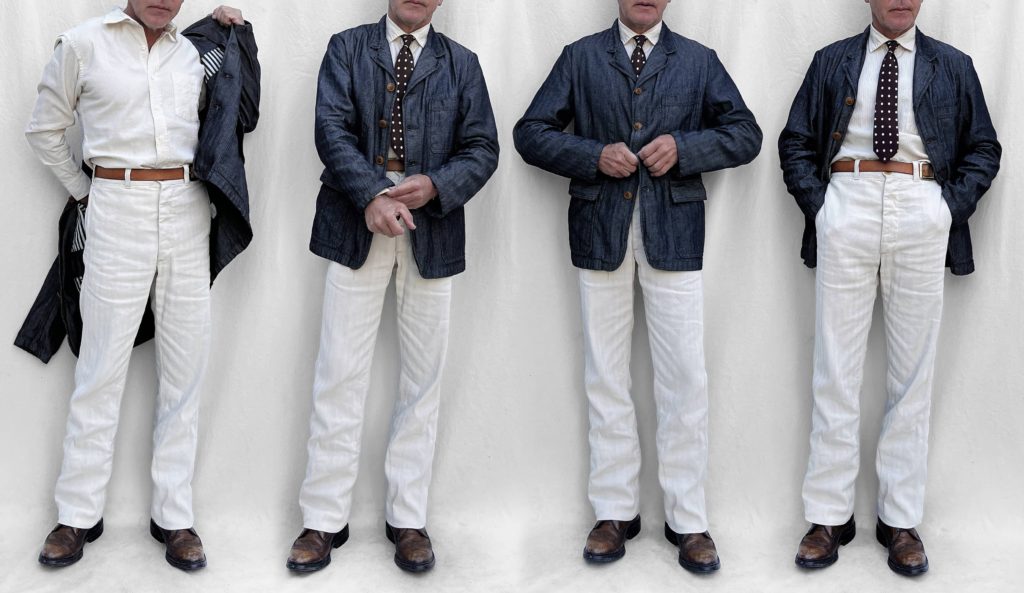 MF® Continental Sportcoat & Sportsman Chinos, indigo & ivory cotton HBT ©2023
MF® “ROCKETEER” Jacket, cotton pique & “DRIVER” Trousers, indigo “Jelt” twill SS2024 (Japan):
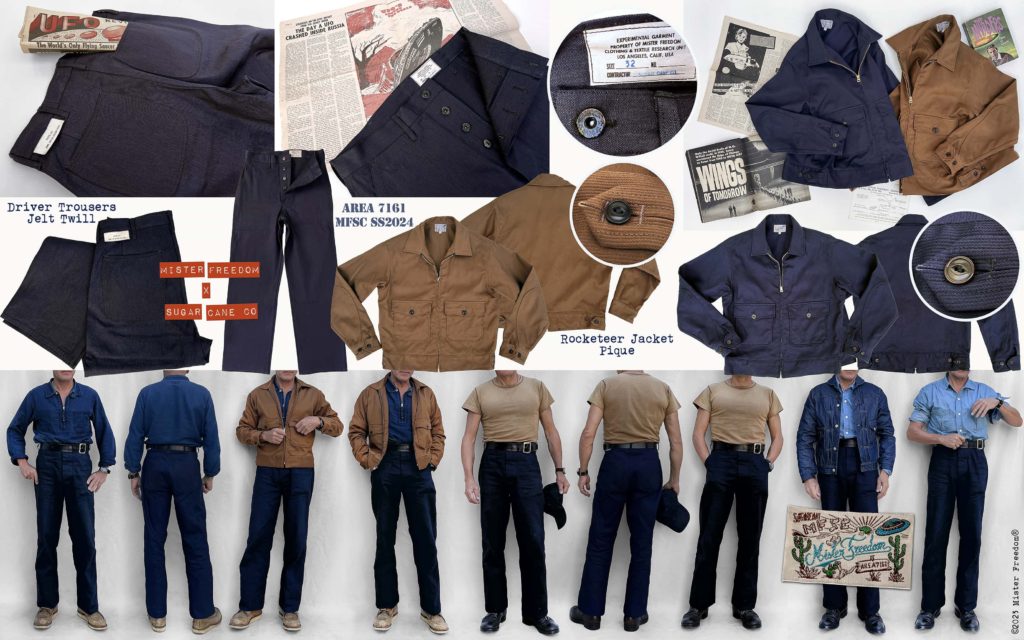 MF® “ROCKETEER” Jacket, cotton pique & “DRIVER” Trousers, indigo “Jelt” twill SS2024 (Japan) ©2023 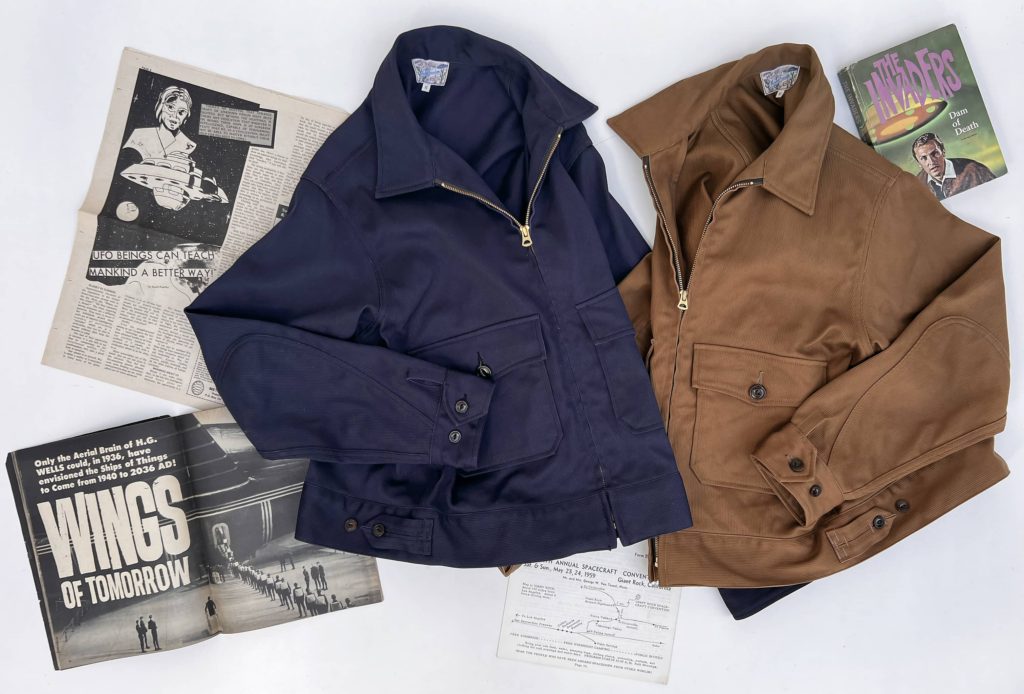 MF® “ROCKETEER” Jacket, cotton pique, navy & rust ©2023 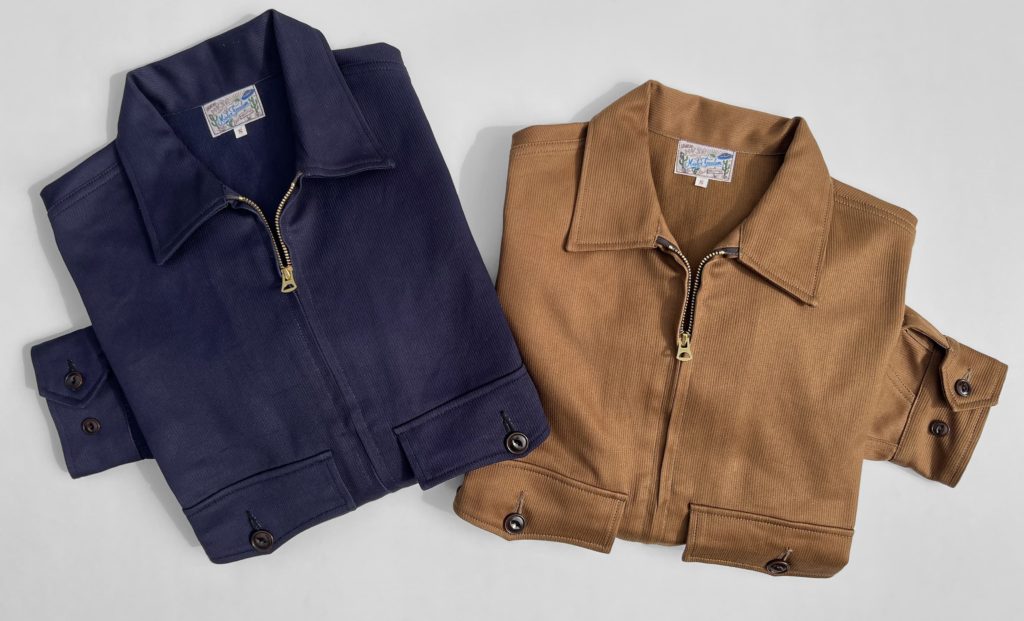 MF® “ROCKETEER” Jacket, cotton pique, navy & rust ©2023 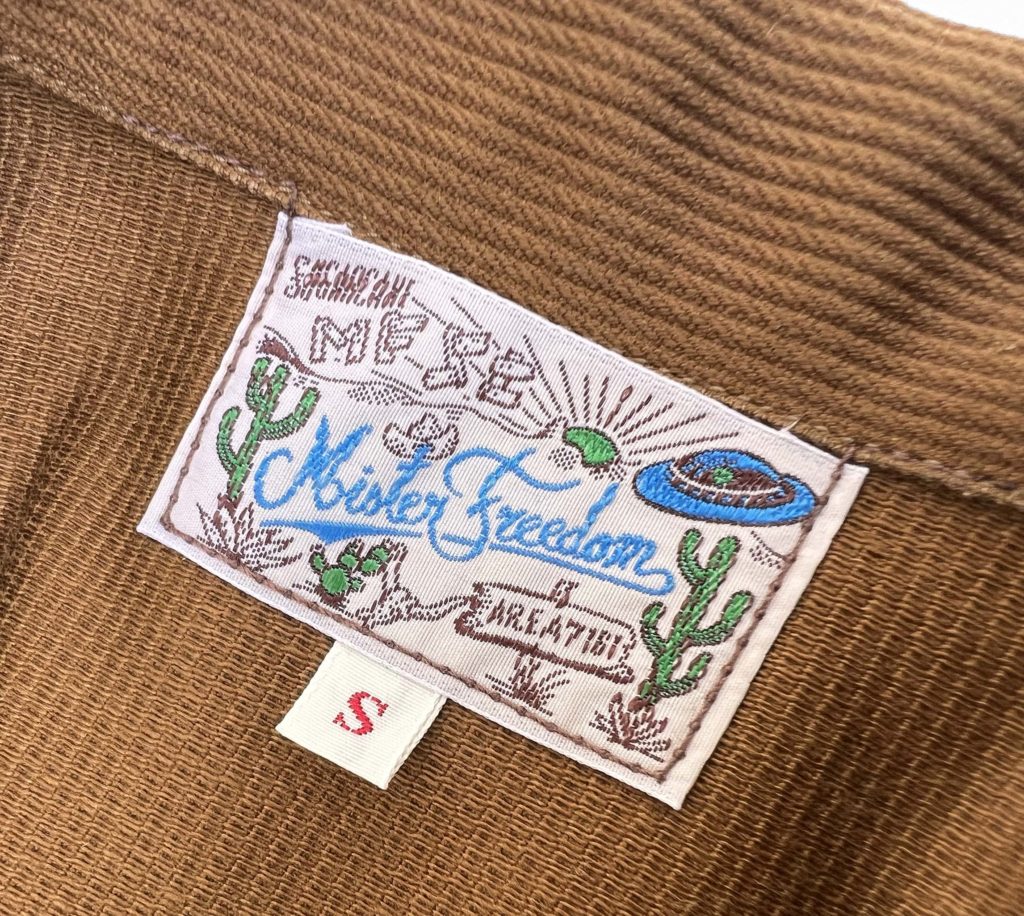 MF® “ROCKETEER” Jacket, cotton pique ©2023 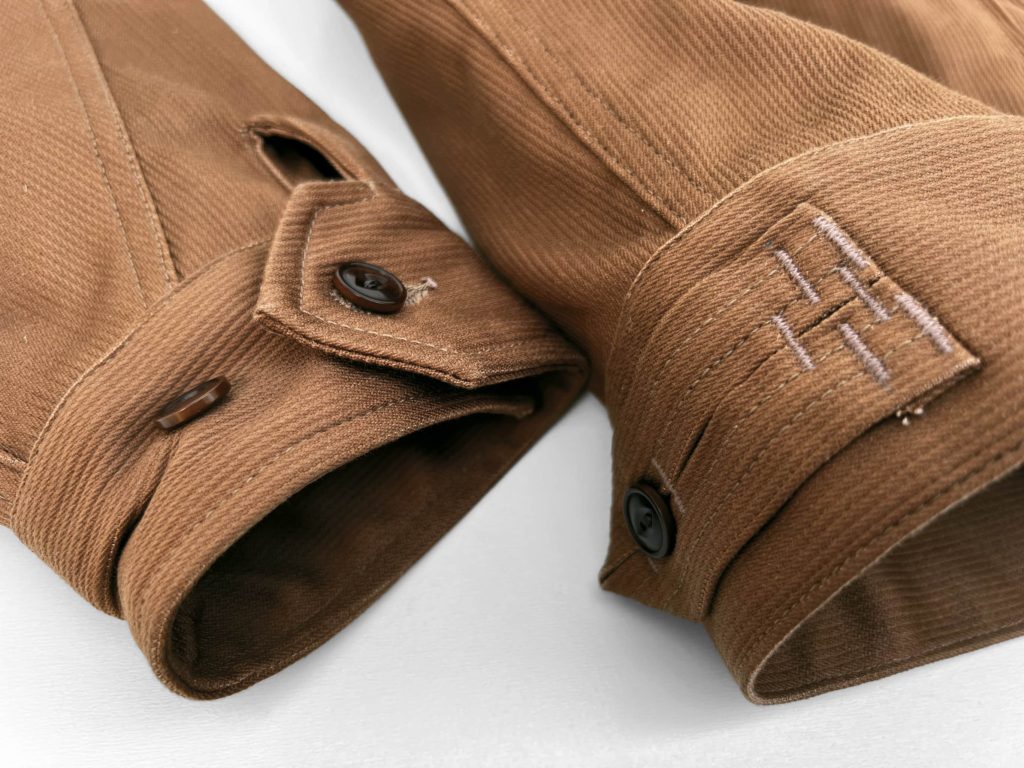 MF® “ROCKETEER” Jacket, cotton pique ©2023 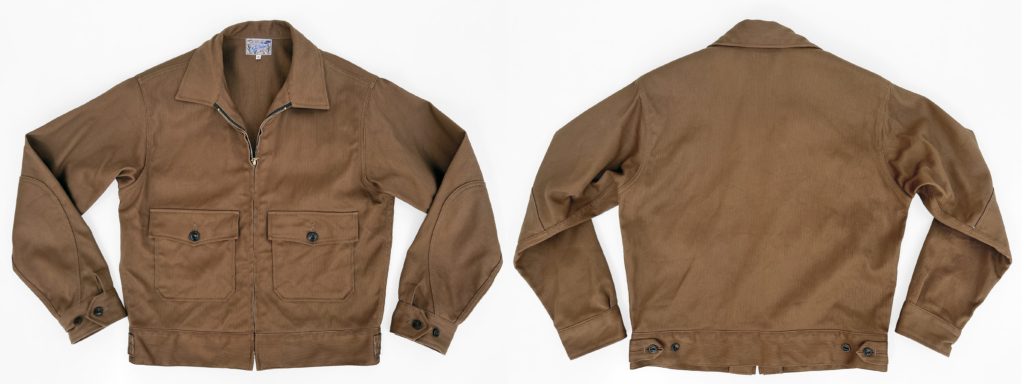 MF® “ROCKETEER” Jacket, cotton pique, rust ©2023 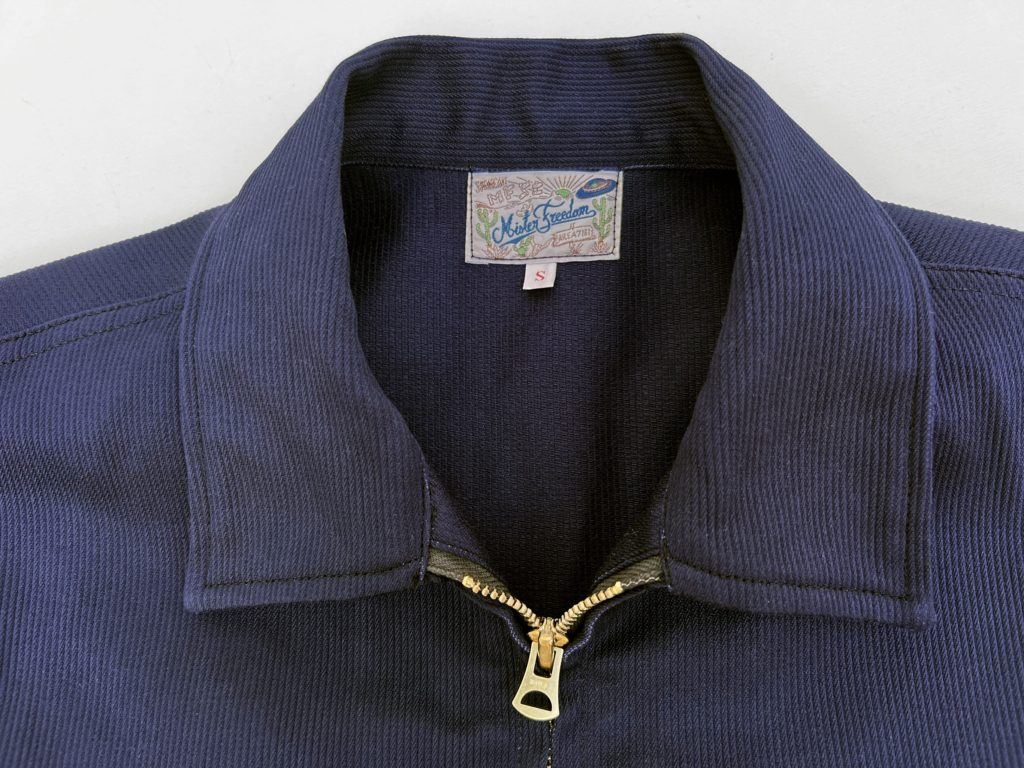 MF® “ROCKETEER” Jacket, cotton pique, navy ©2023 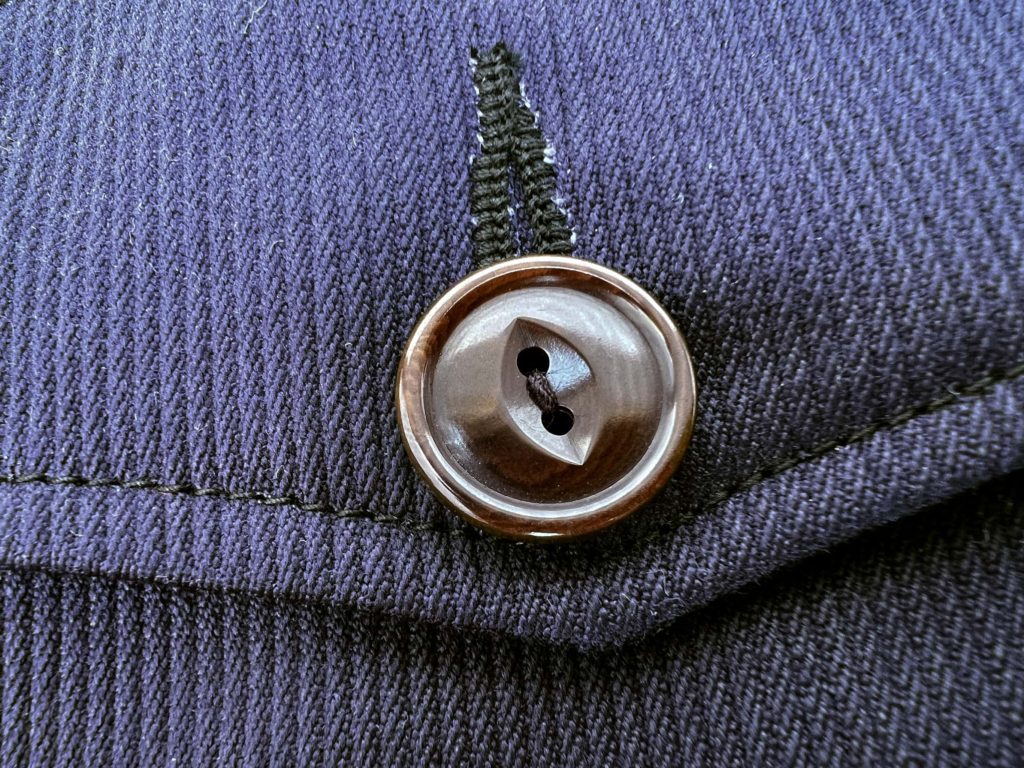 MF® “ROCKETEER” Jacket, cotton pique, navy ©2023 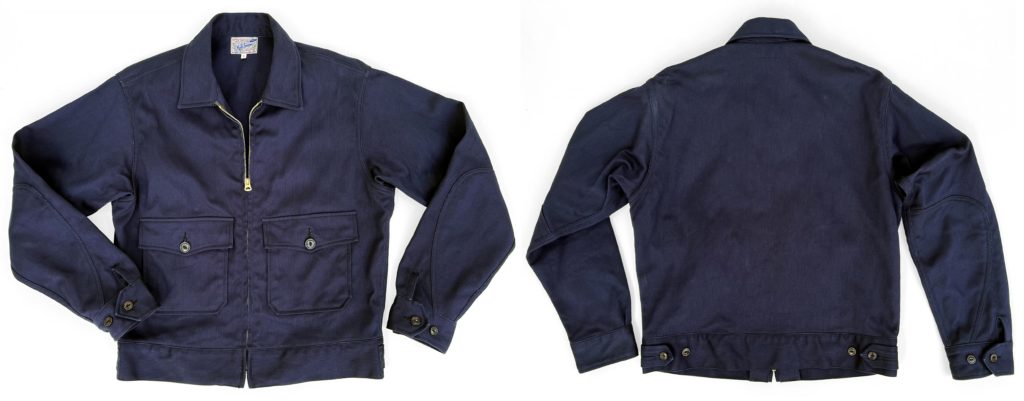 MF® “ROCKETEER” Jacket, cotton pique, navy ©2023 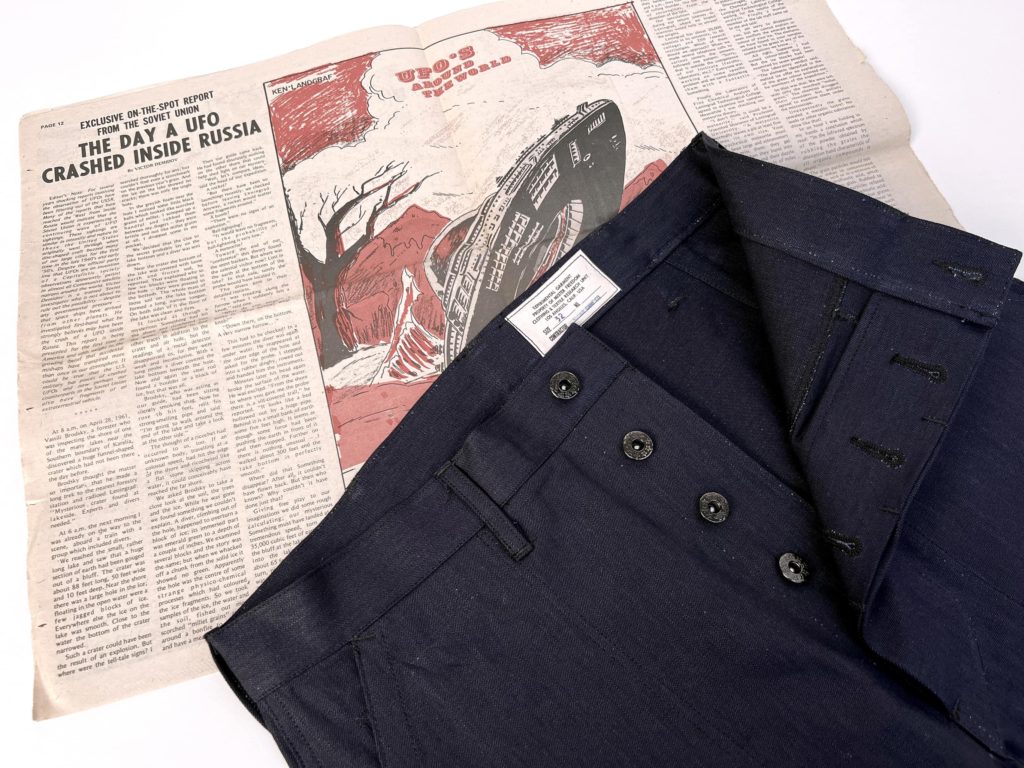 MF® “DRIVER” Trousers, indigo Jelt twill ©2023 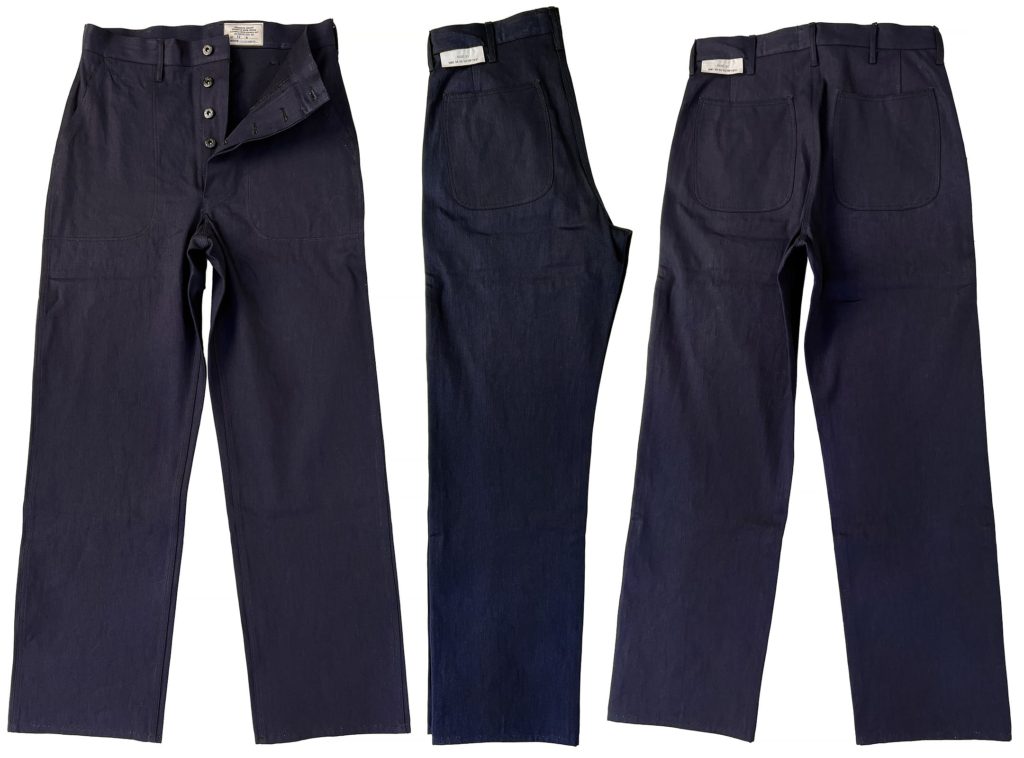 MF® “DRIVER” Trousers, indigo Jelt twill ©2023 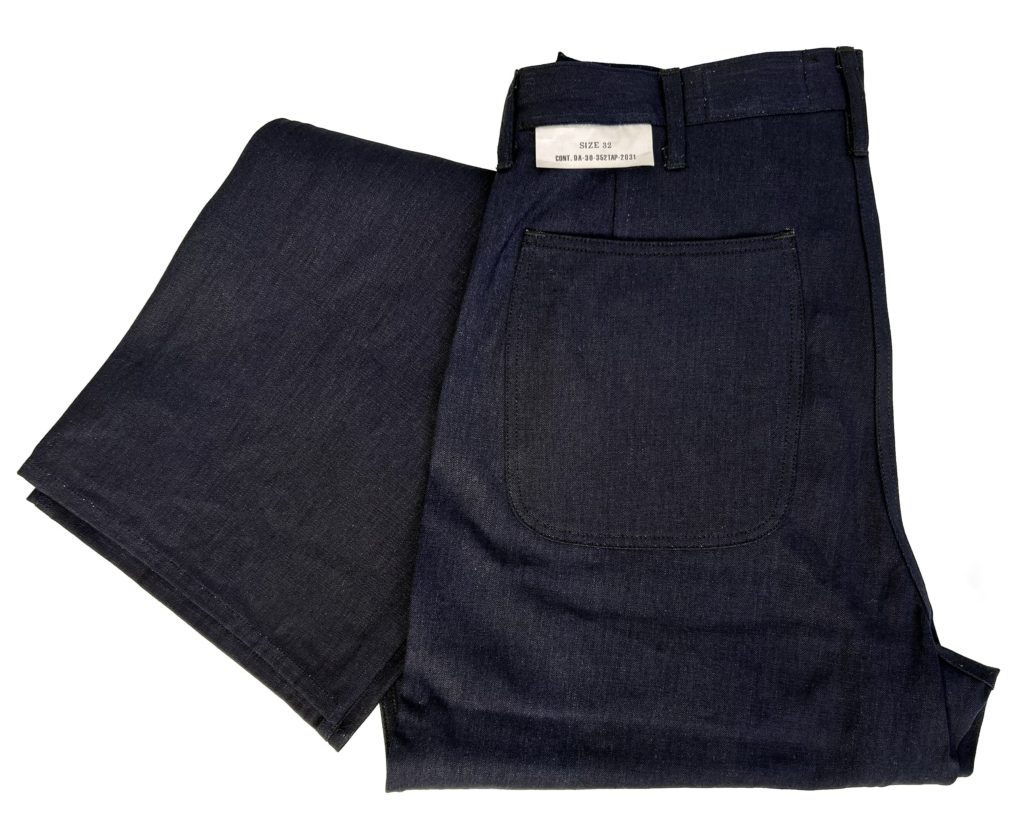 MF® “DRIVER” Trousers, indigo Jelt twill ©2023 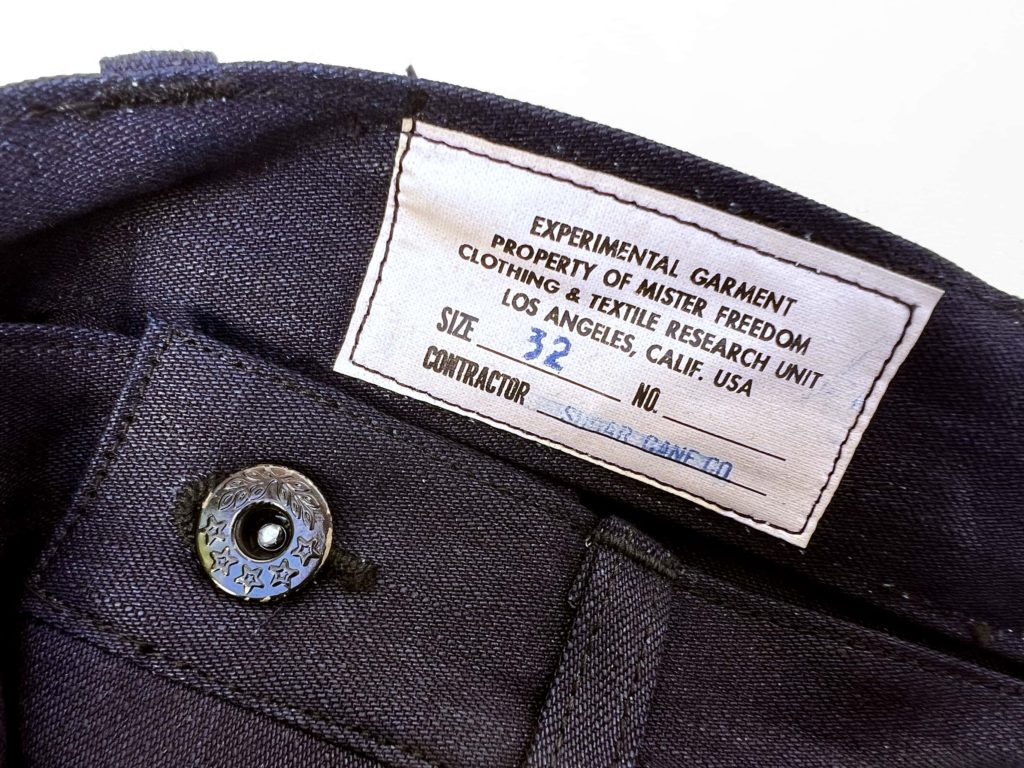 MF® “DRIVER” Trousers, indigo Jelt twill ©2023 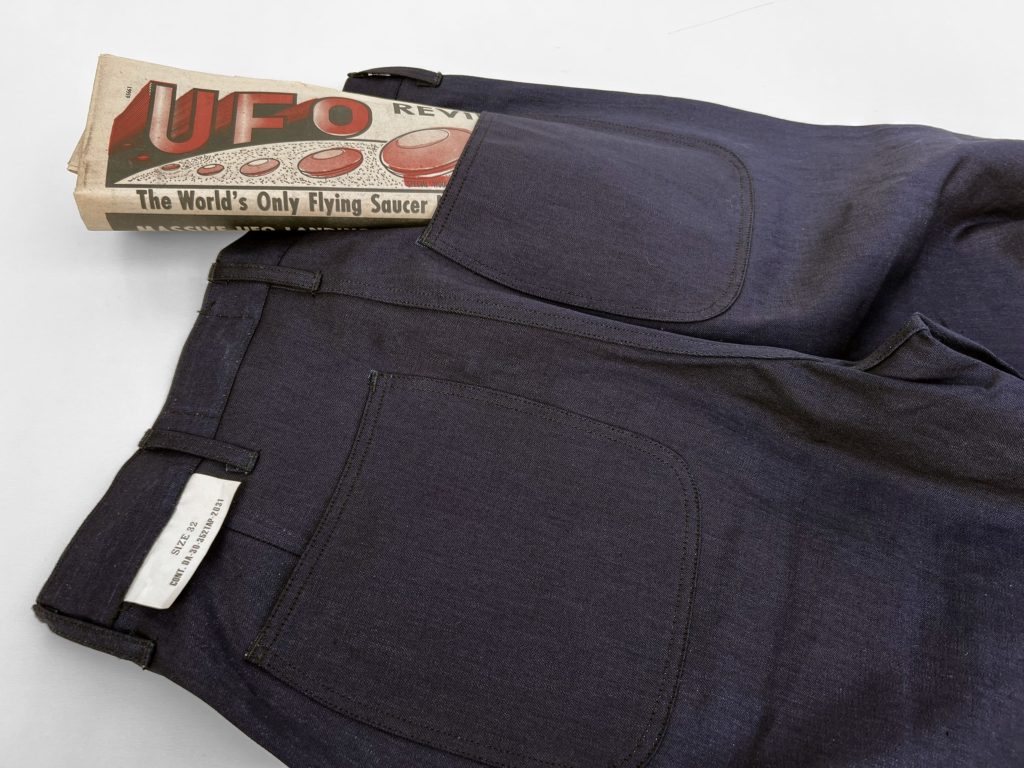 MF® “DRIVER” Trousers, indigo Jelt twill ©2023 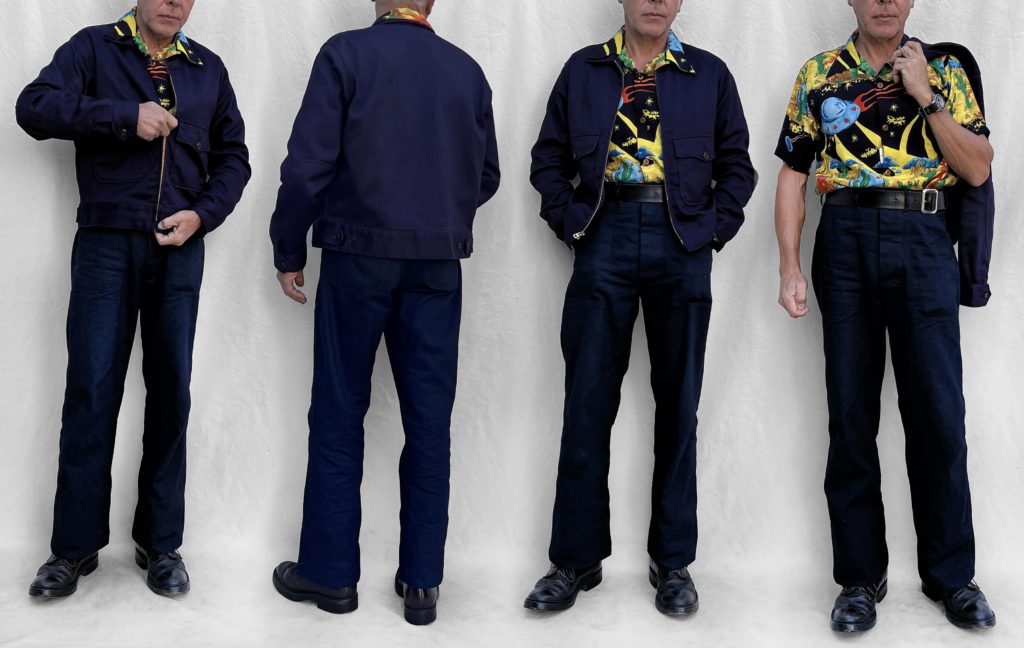
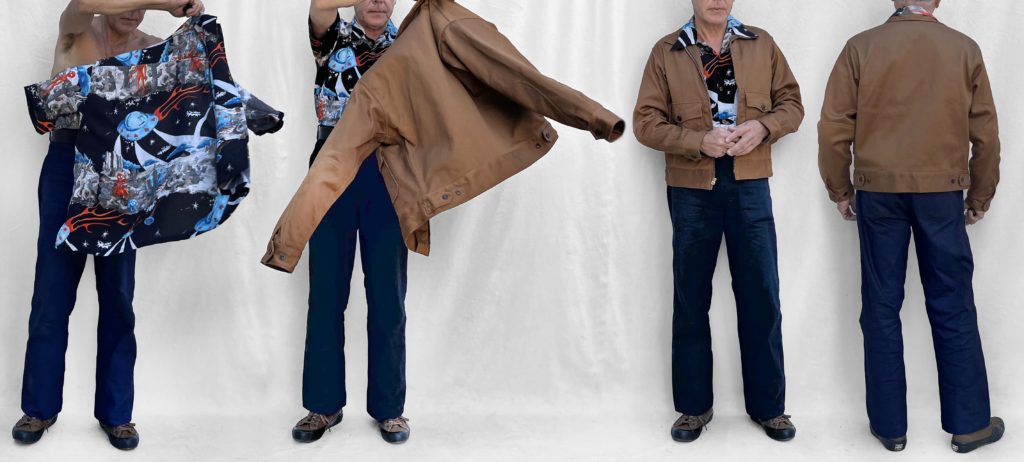
MF® “WATERTOWN” Shirt, indigo chambray & “SWABBIES” Cut-Offs, OG-107 Sateen, SS2024 (Japan):
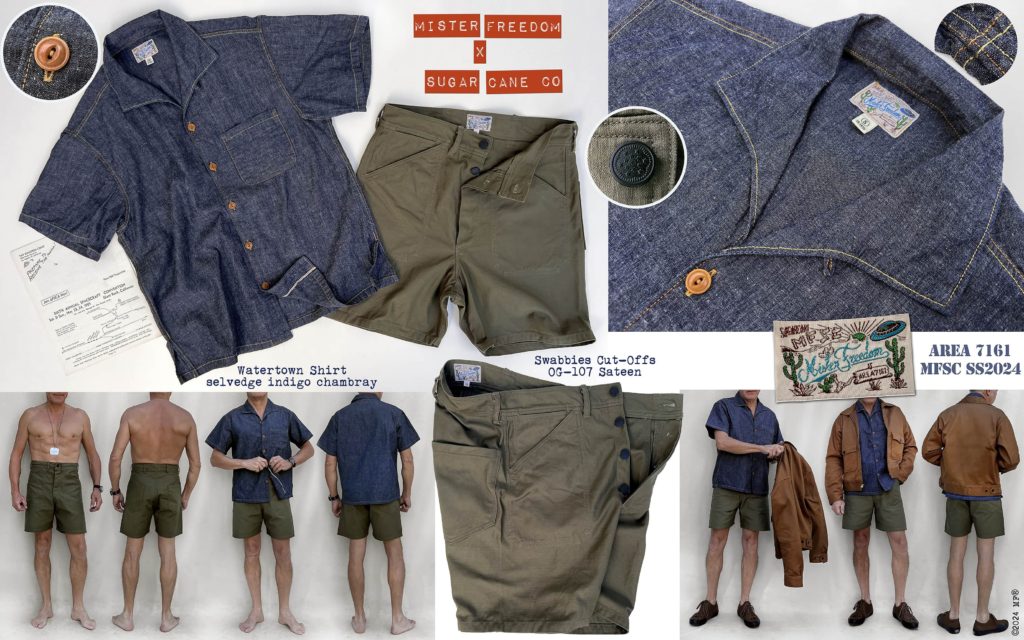 MF® “WATERTOWN” Shirt, indigo chambray & “SWABBIES” Cut-Offs, OG-107 Sateen, SS2024 (Japan) ©2023  MF® “WATERTOWN” Shirt, indigo chambray, SS2024 “AREA 7161” ©2023 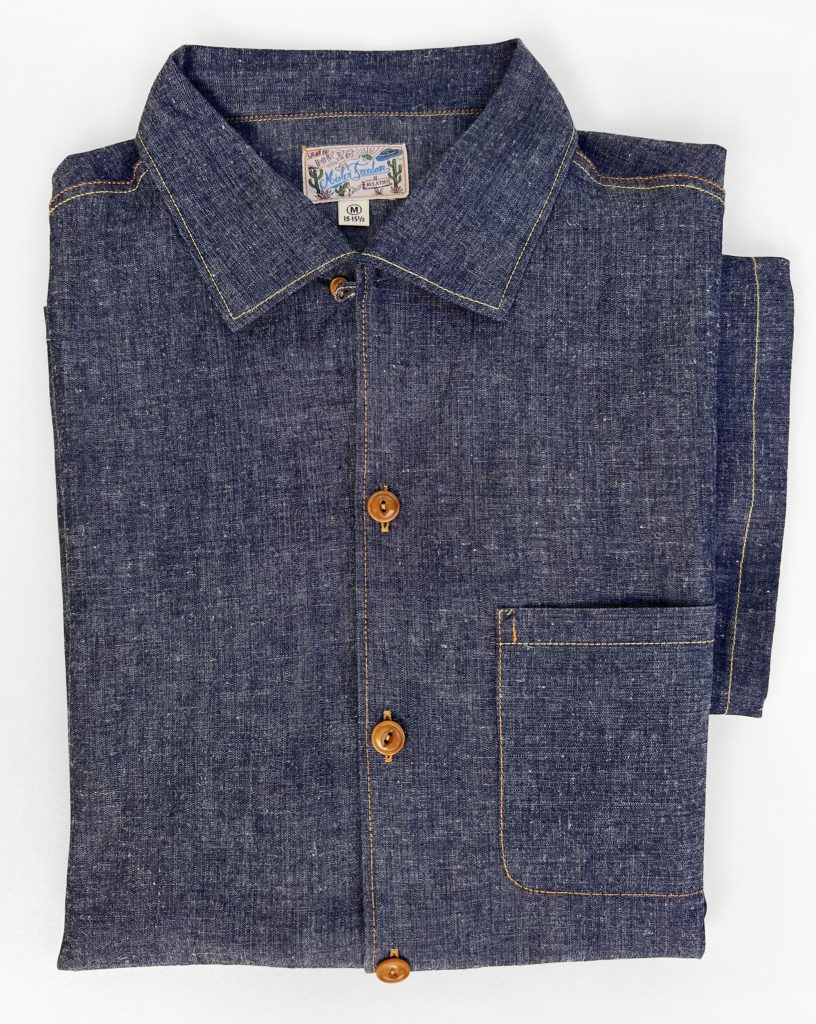 MF® “WATERTOWN” Shirt, indigo chambray, SS2024 “AREA 7161” ©2023 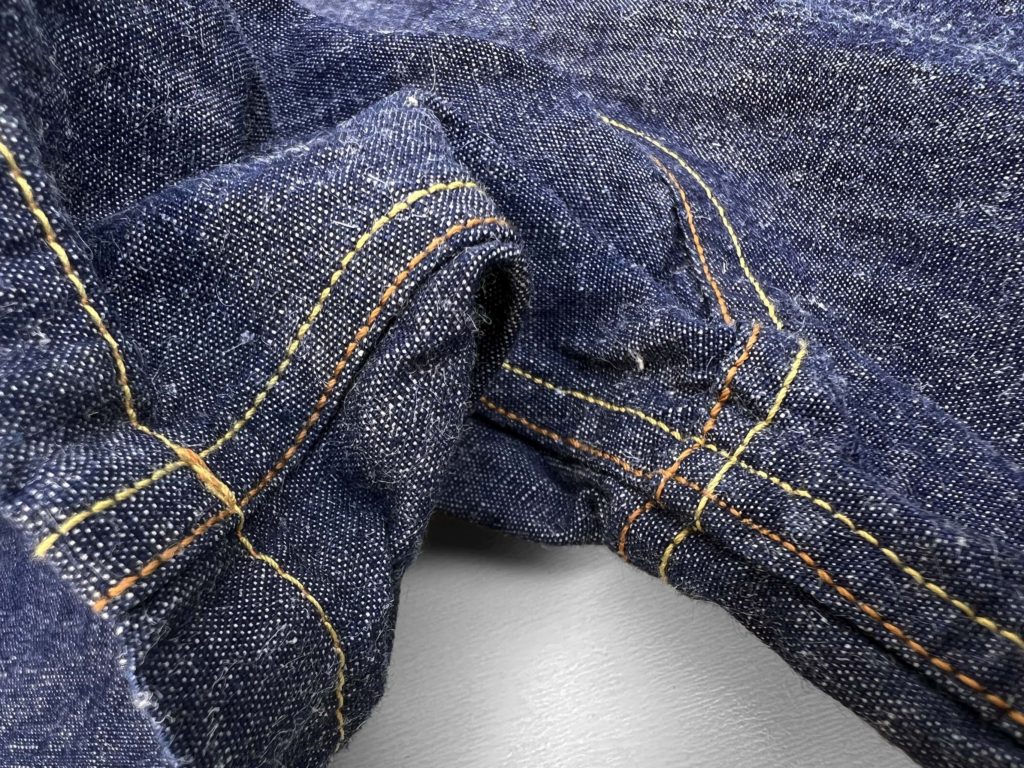 MF® “WATERTOWN” Shirt, indigo chambray, SS2024 “AREA 7161” ©2023 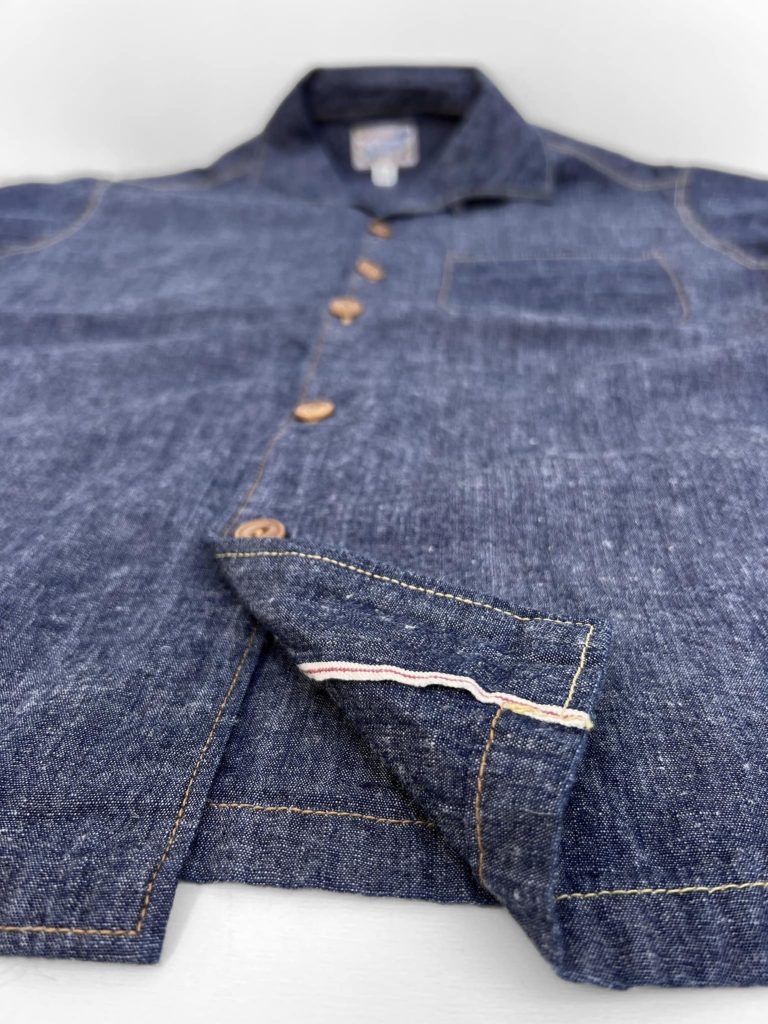 MF® “WATERTOWN” Shirt, indigo chambray, SS2024 “AREA 7161” ©2023 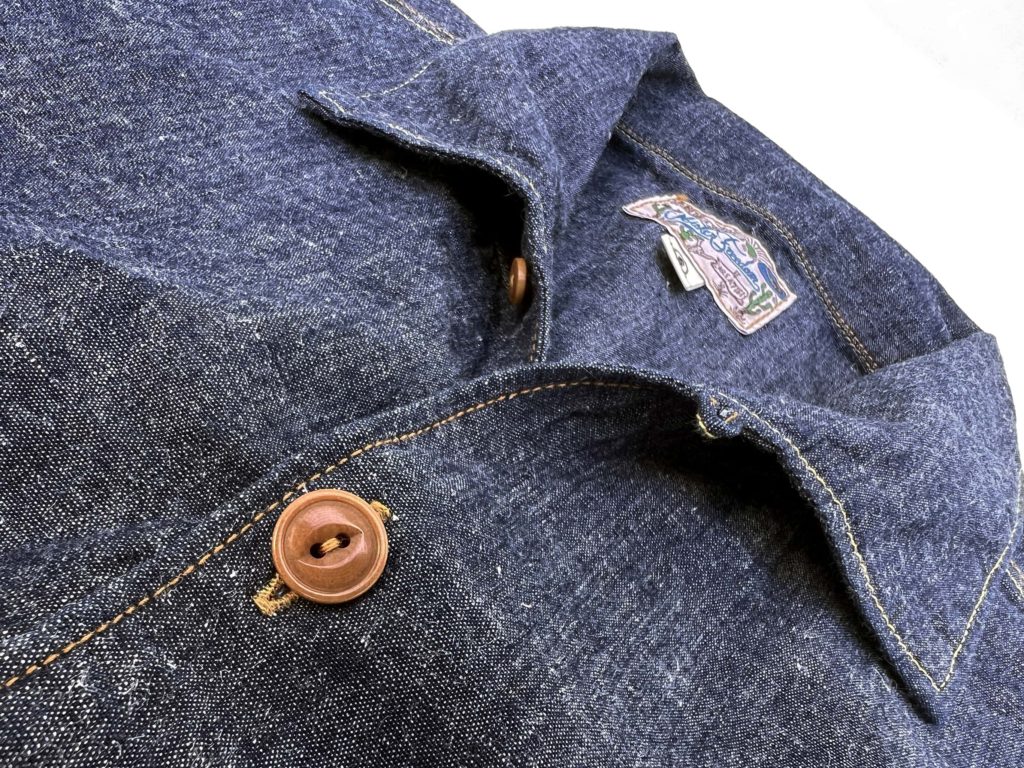 MF® “WATERTOWN” Shirt, indigo chambray, SS2024 “AREA 7161” ©2023  MF® “SWABBIES” Cut-Offs, OG-107 Sateen, SS2024 “AREA 7161” ©2023 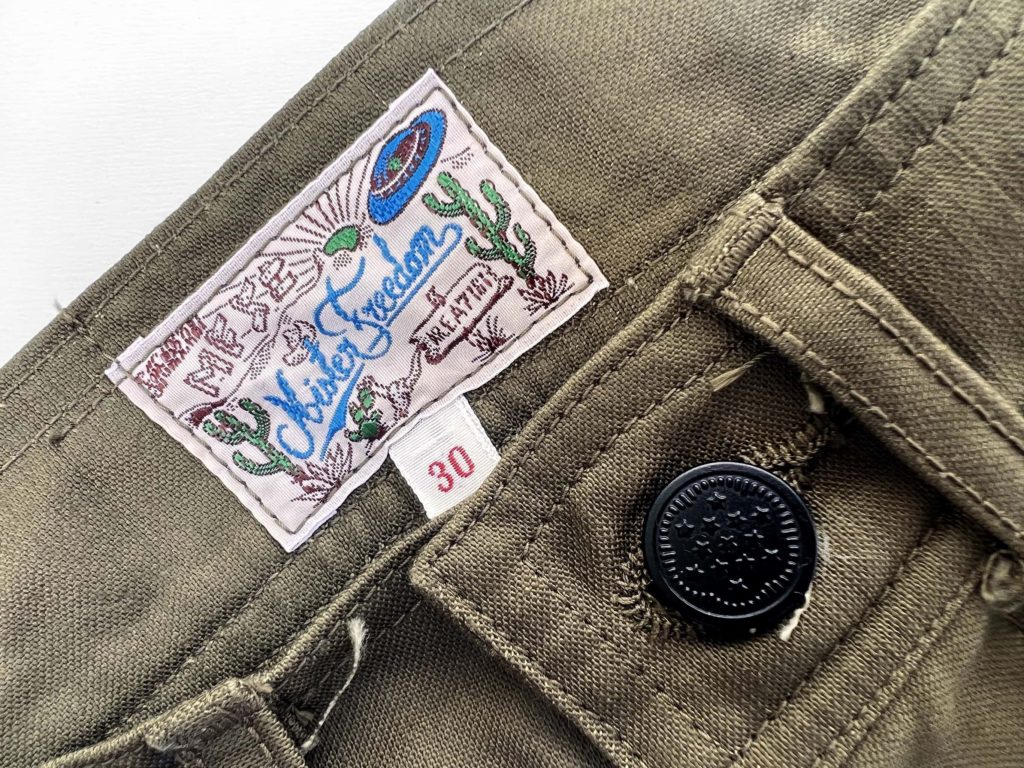 MF® “SWABBIES” Cut-Offs, OG-107 Sateen, SS2024 “AREA 7161” ©2023 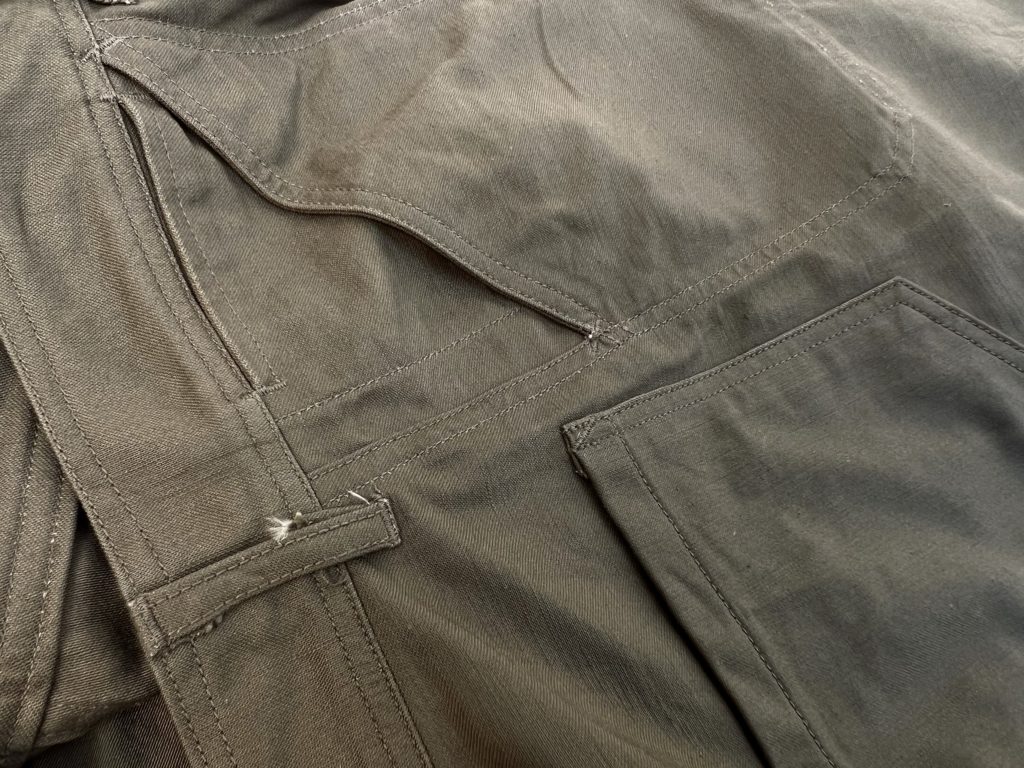 MF® “SWABBIES” Cut-Offs, OG-107 Sateen, SS2024 “AREA 7161” ©2023 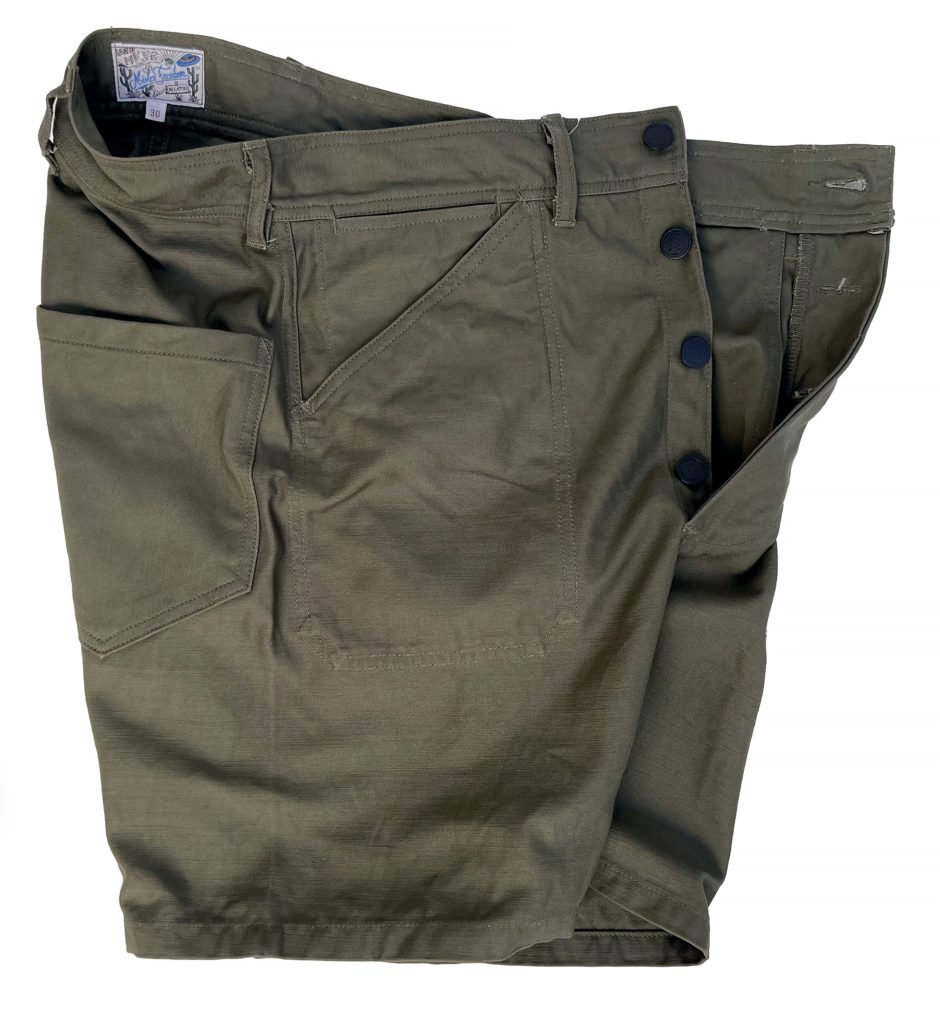 MF® “SWABBIES” Cut-Offs, OG-107 Sateen, SS2024 “AREA 7161” ©2023 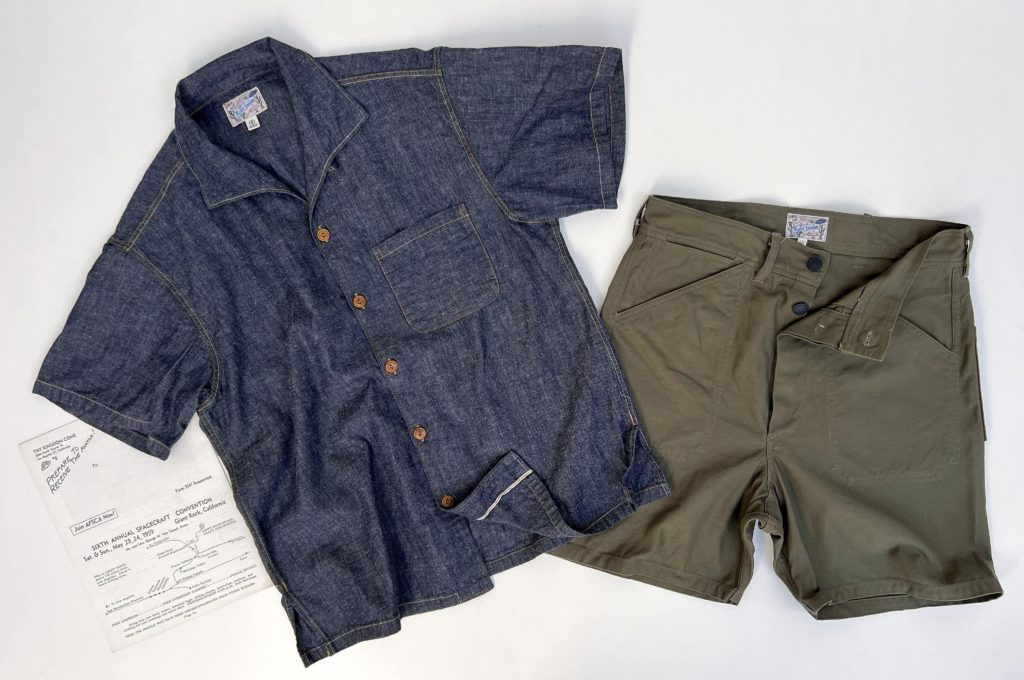 MF® “WATERTOWN” Shirt, indigo chambray & “SWABBIES” Cut-Offs, OG-107 Sateen, SS2024 ©2013 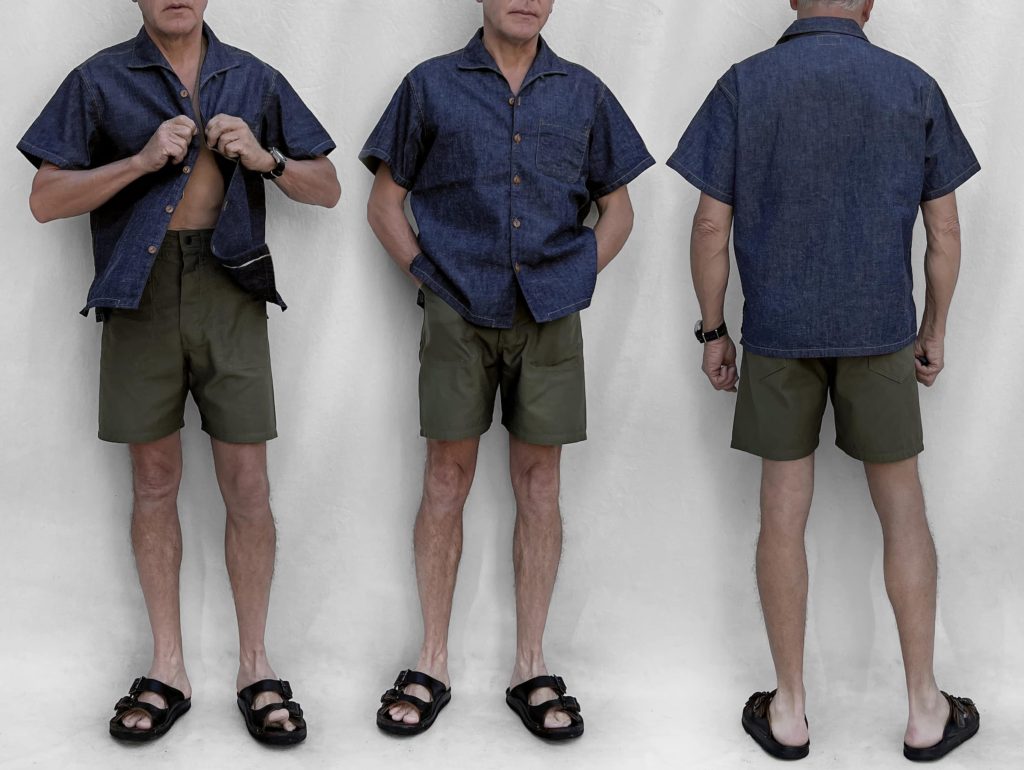
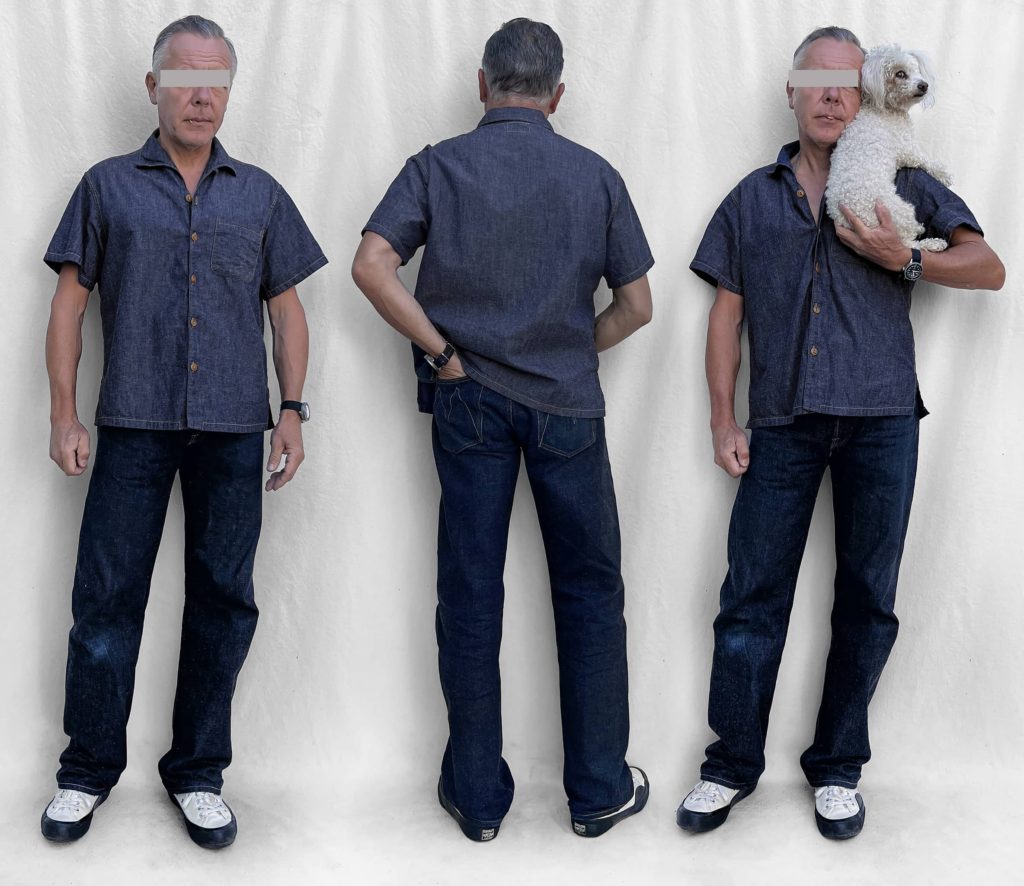
MF® SS2024 CALIFORNIANS, RANCH BLOUSE, SPORTSMAN Shirt (USA):
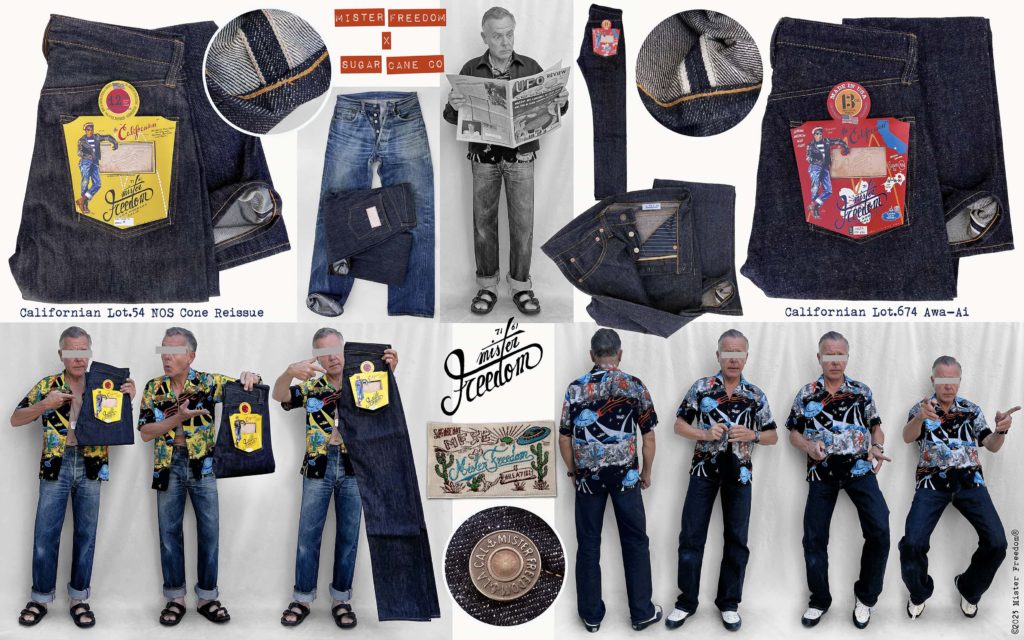 Mister Freedom® x Sugar Cane Co SS2024 “AREA 7161” x Sportsman catalog, made in USA ©2023 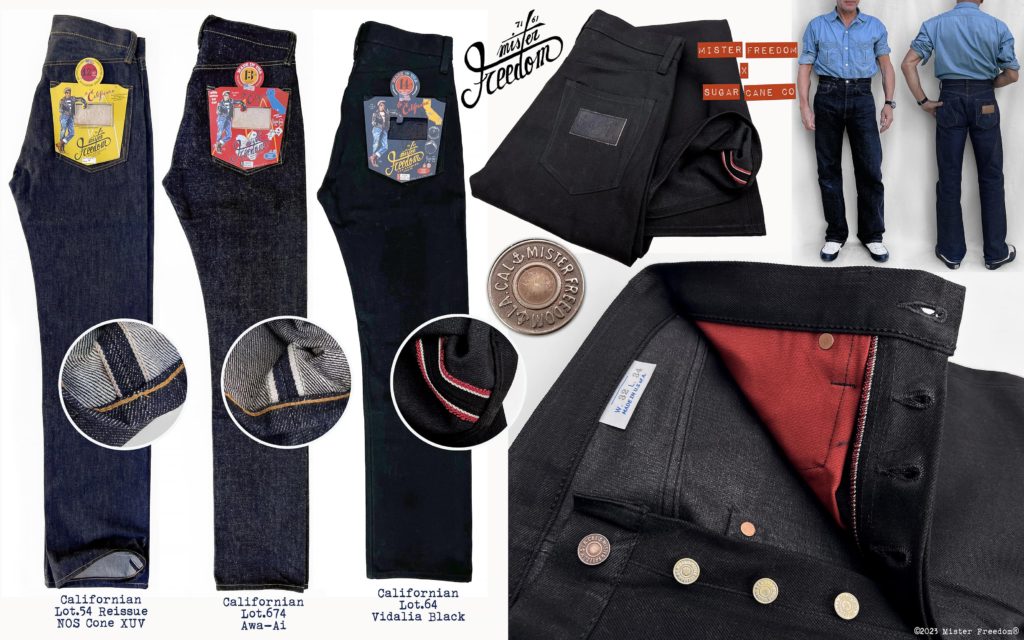 Mister Freedom® x Sugar Cane Co SS2024 “AREA 7161” x Sportsman catalog, made in USA ©2023 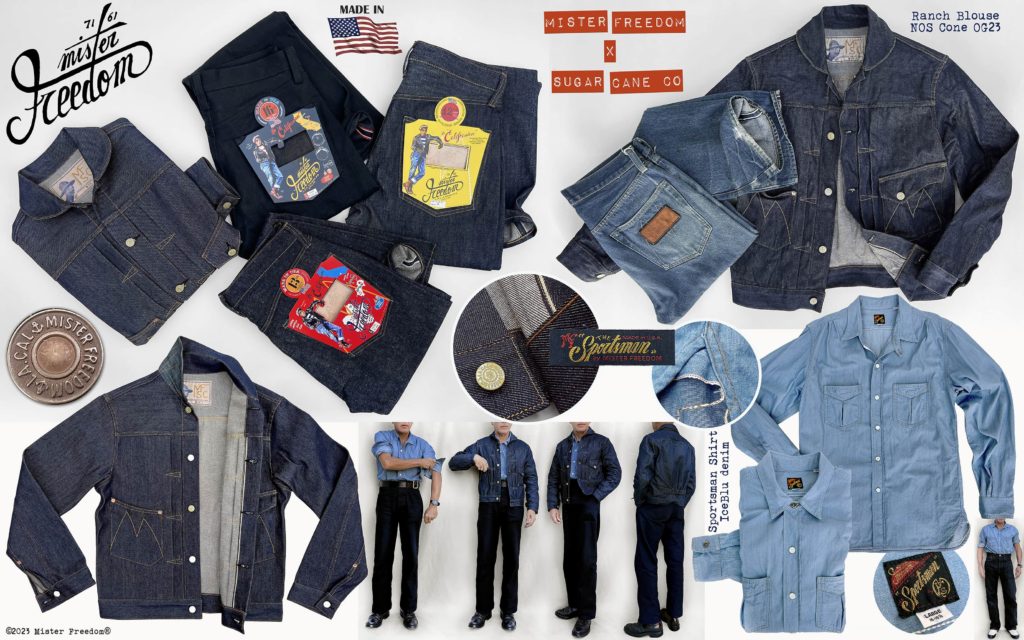 Mister Freedom® x Sugar Cane Co SS2024 “AREA 7161” x Sportsman catalog, made in USA ©2023 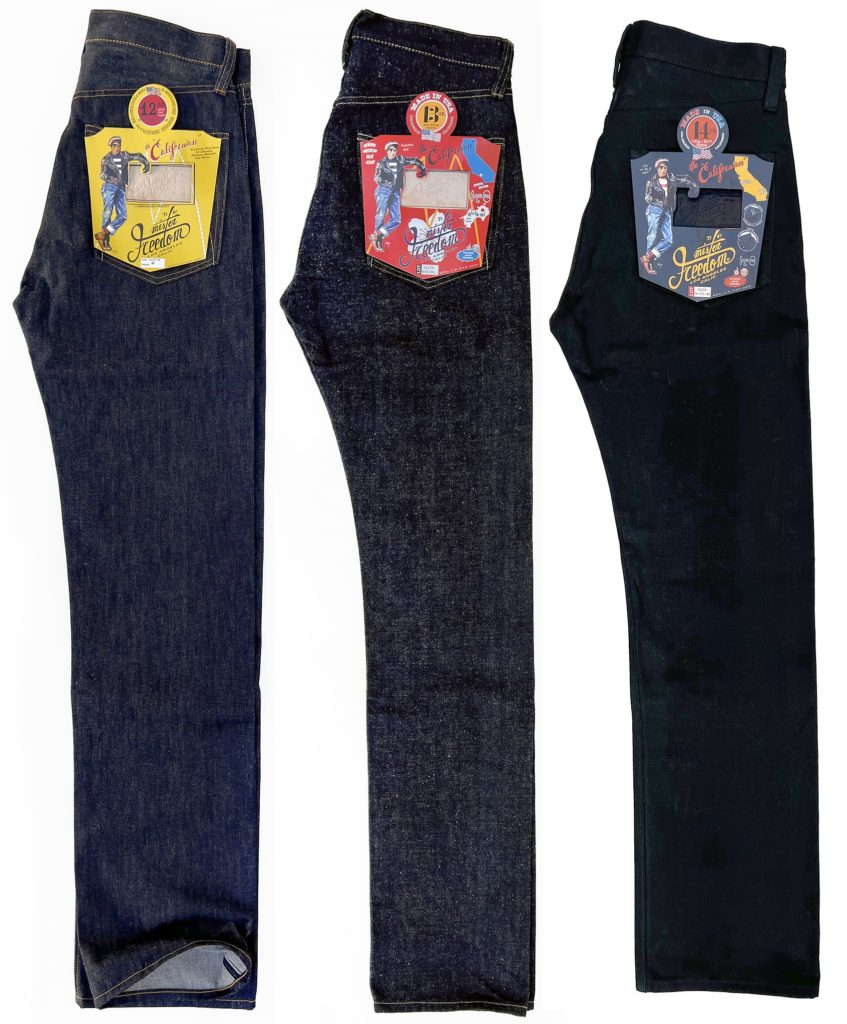 Mister Freedom® x Sugar Cane Co SS2024 CALIFORNIANs, made in USA ©2023 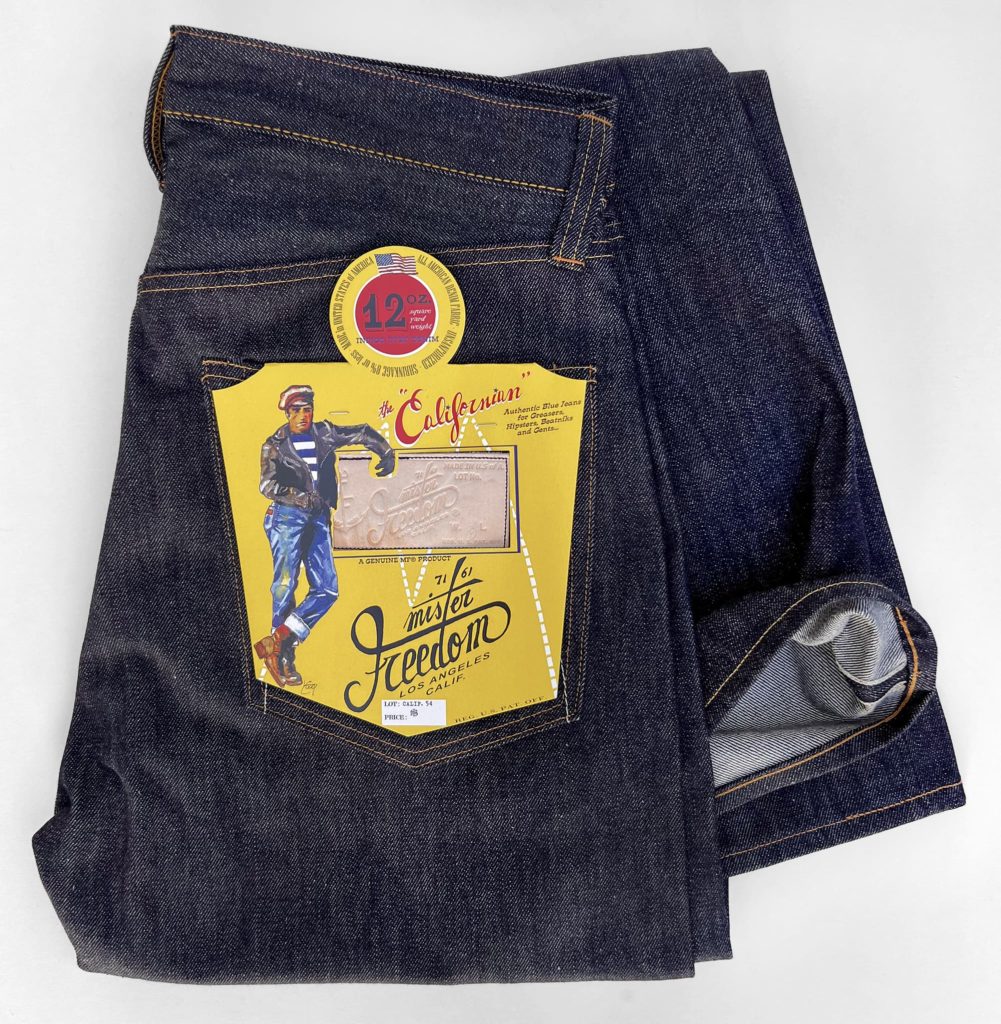 MF® CALIFORNIAN Lot.54 Reissue, NOS Cone denim XUV ©2023 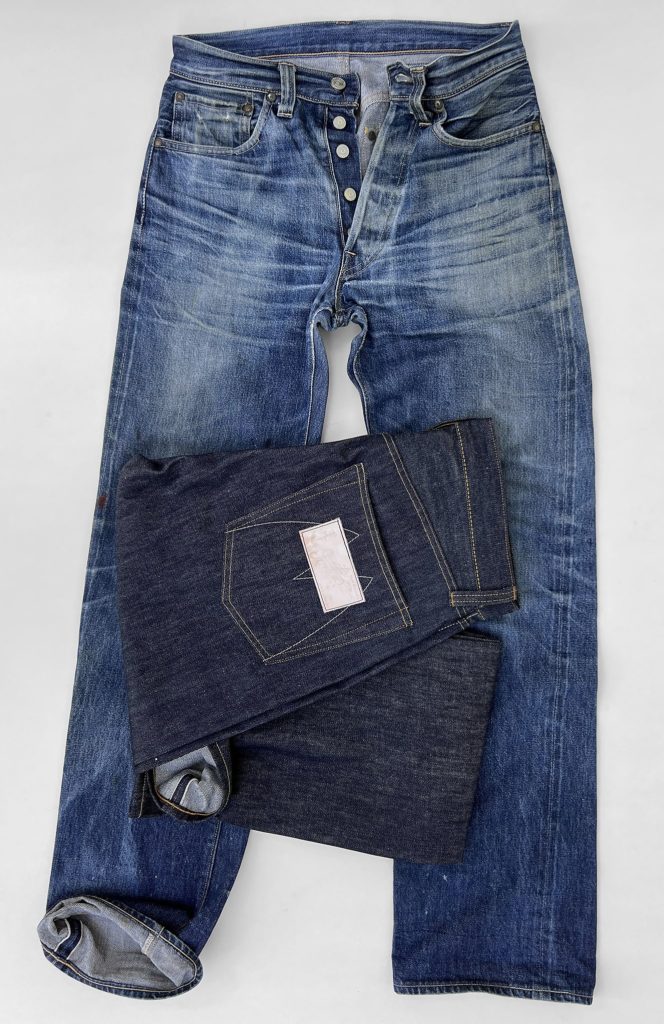 MF® CALIFORNIAN Lot.54 Reissue, NOS Cone denim XUV (w/ worn original from 2009) ©2023 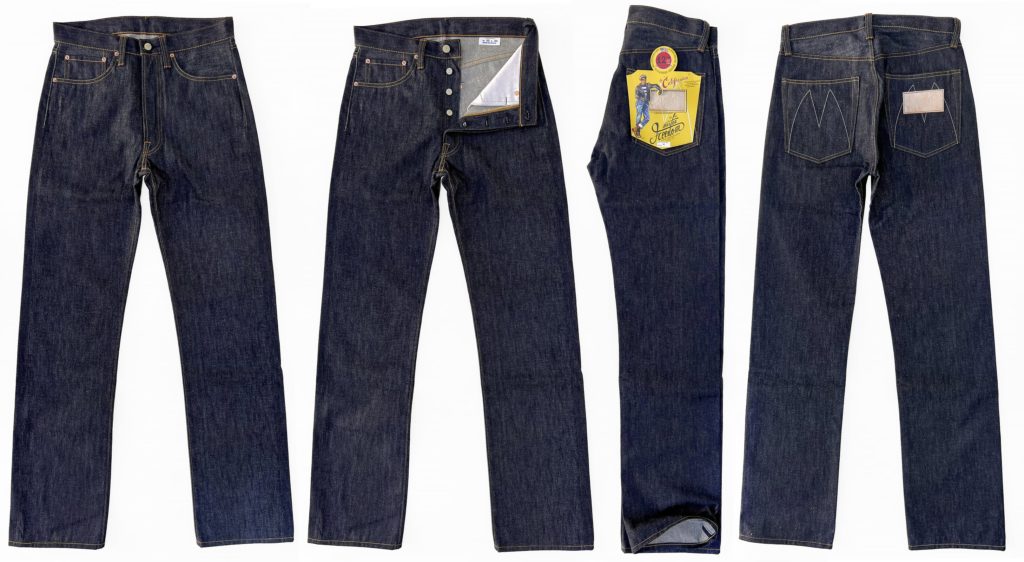 MF® CALIFORNIAN Lot.54 Reissue, NOS Cone denim XUV ©2023 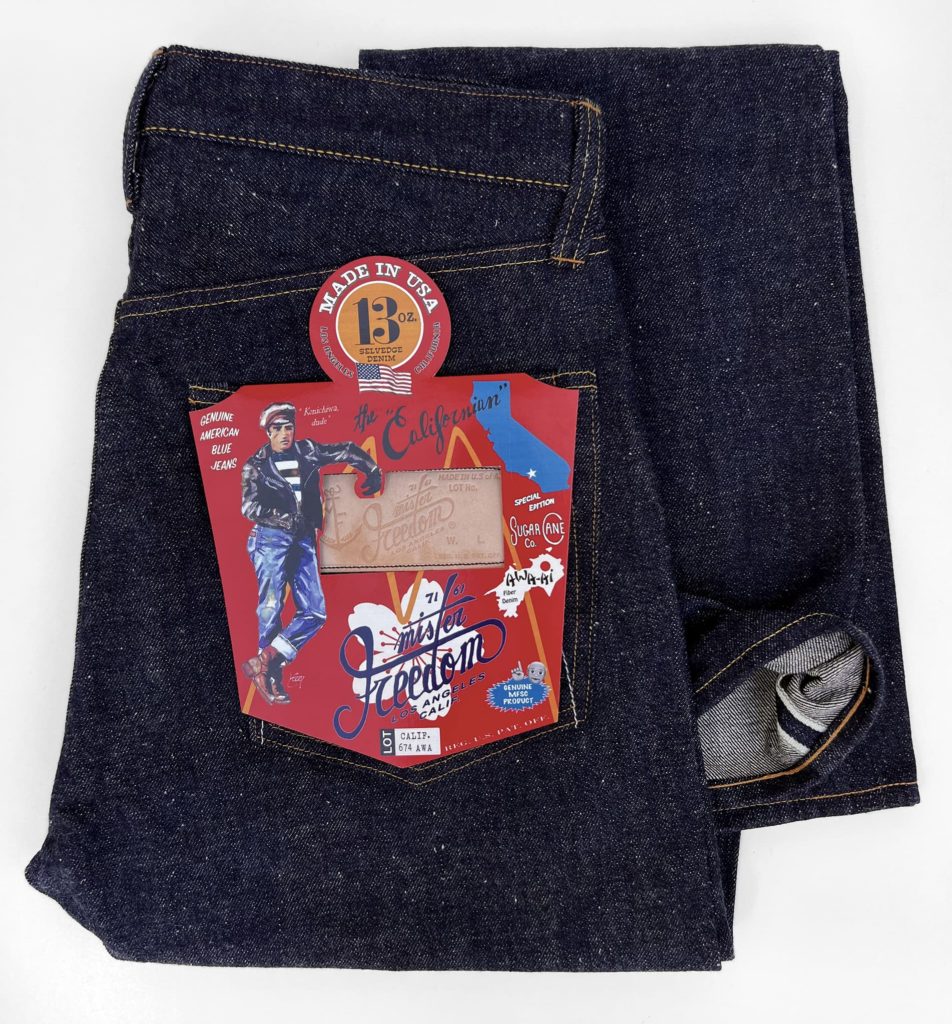 MF® CALIFORNIAN Lot.674 Awa-Ai fiber denim ©2023 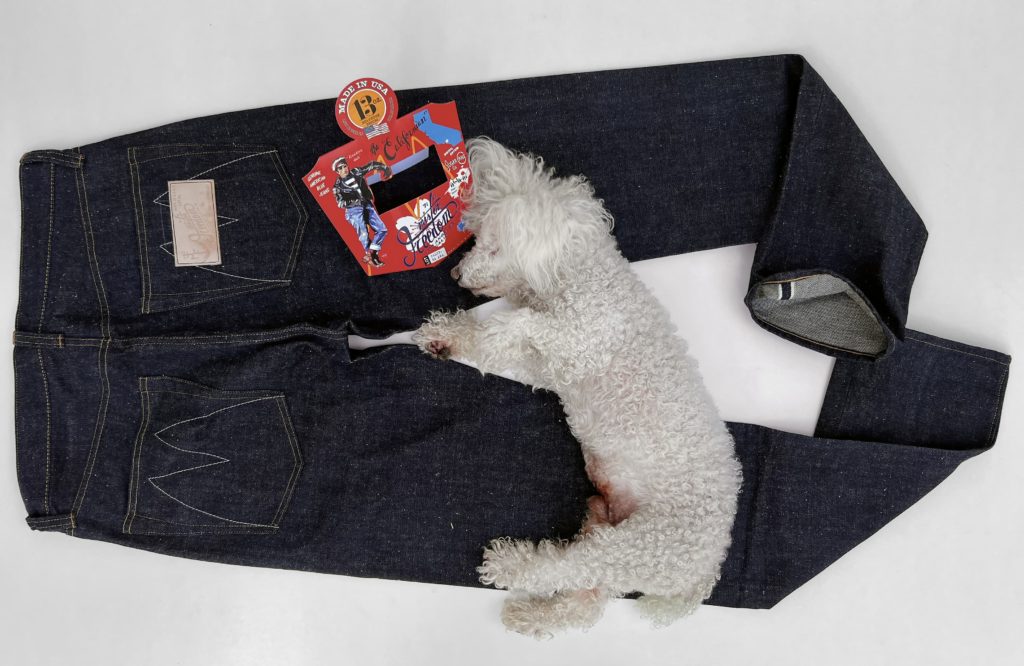 MF® CALIFORNIAN Lot.674 Awa-Ai fiber denim ©2023 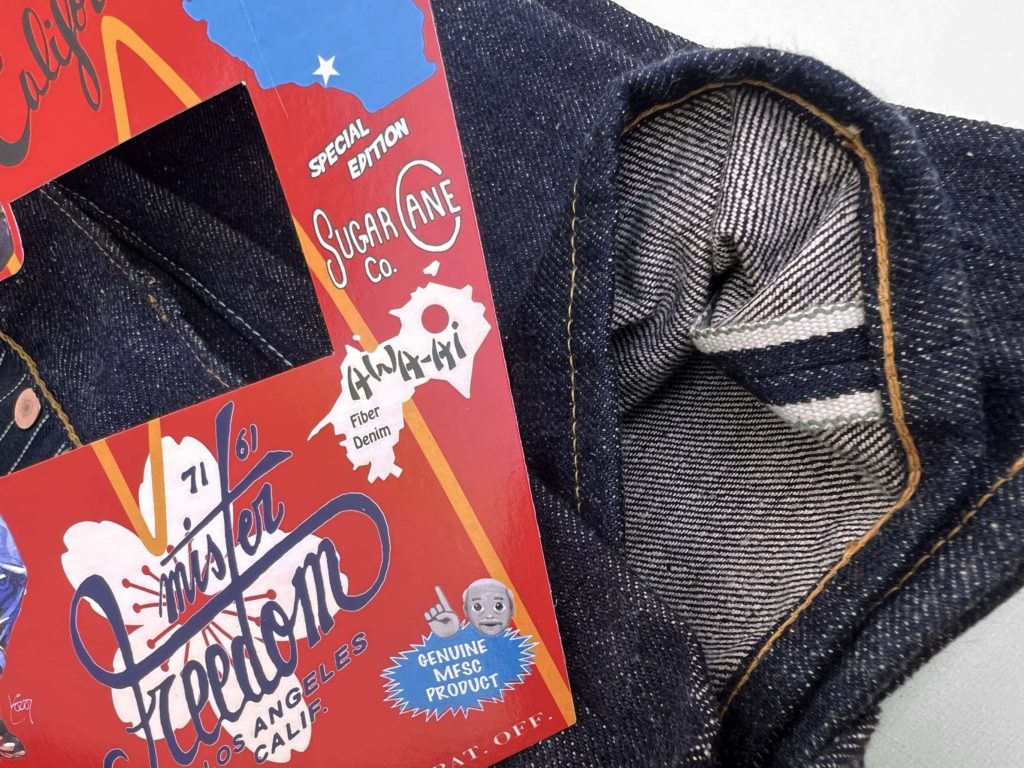 MF® CALIFORNIAN Lot.674 Awa-Ai fiber denim ©2023 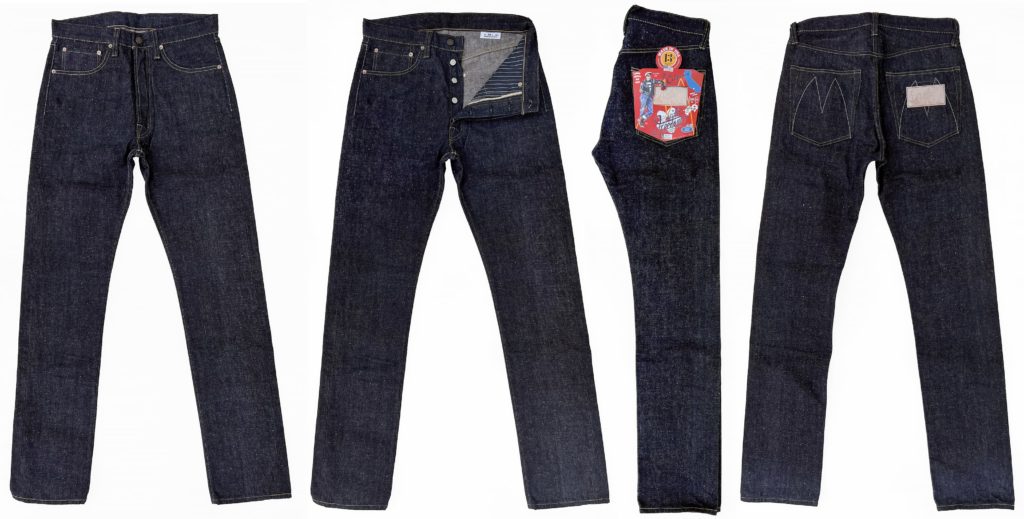 MF® CALIFORNIAN Lot.674 Awa-Ai fiber denim ©2023 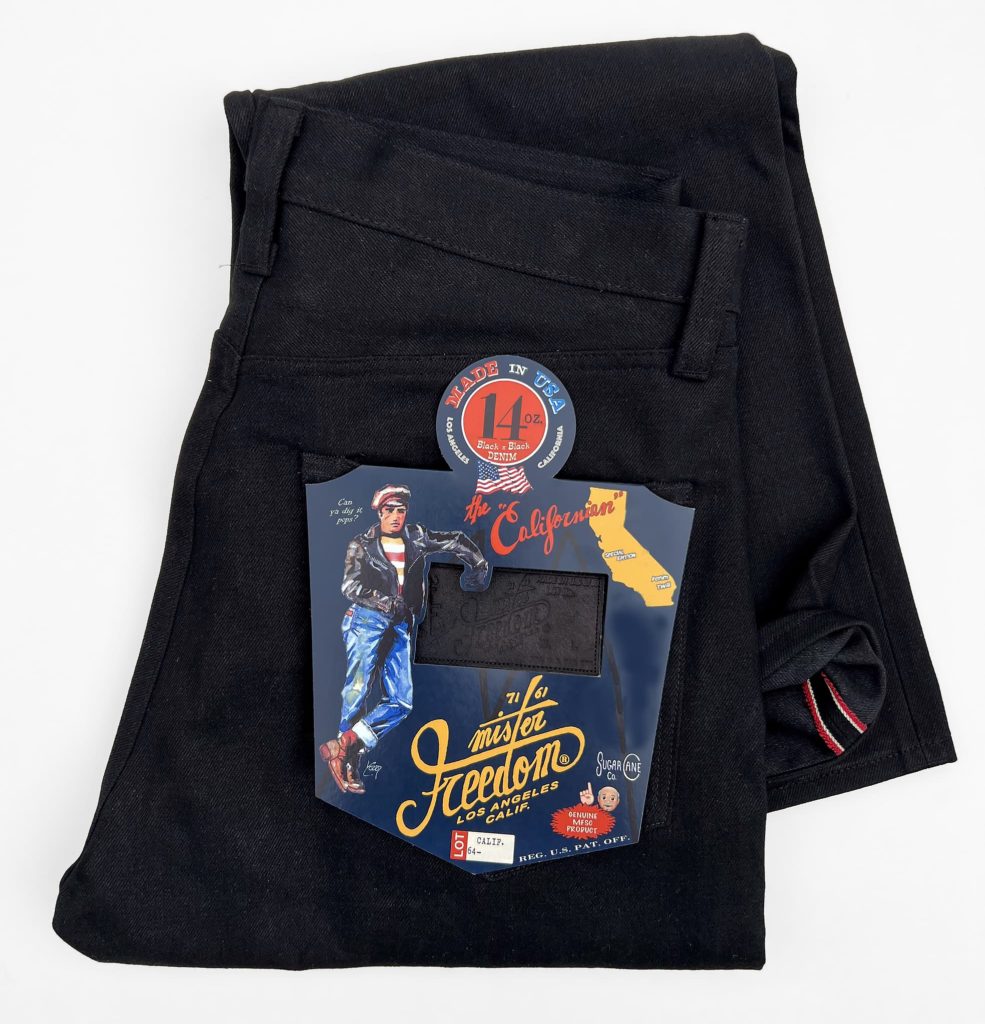 MF® CALIFORNIAN Lot.64 (VDL14) Vidalia black selvedge denim ©2023 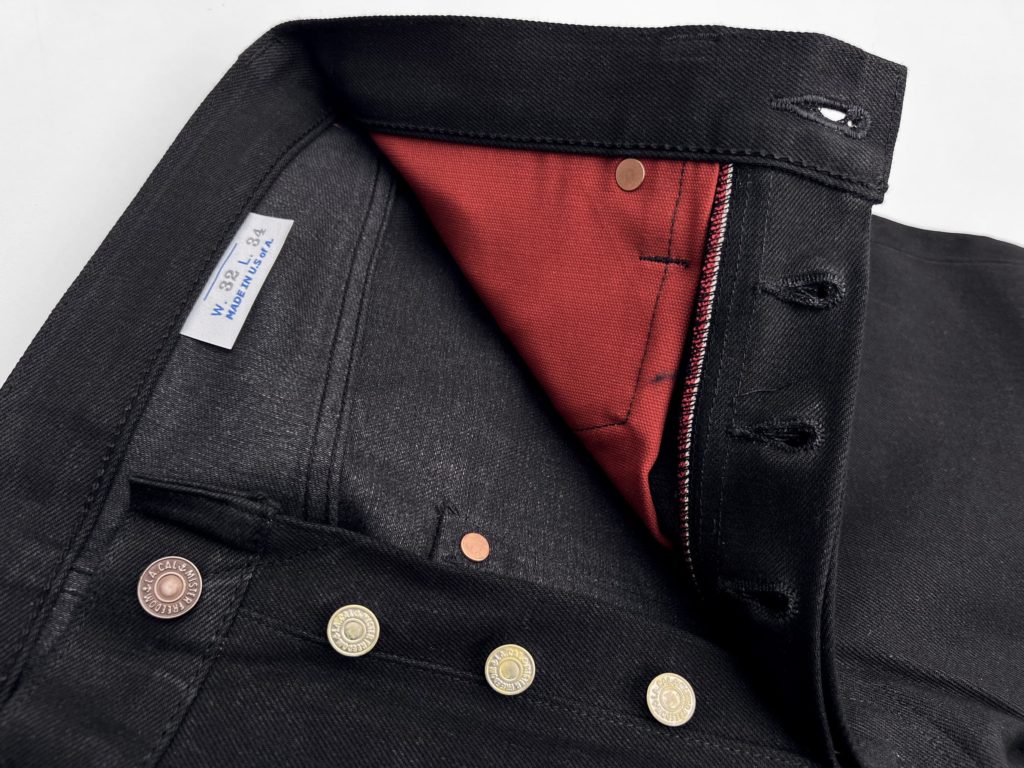 MF® CALIFORNIAN Lot.64 (VDL14) Vidalia black selvedge denim ©2023 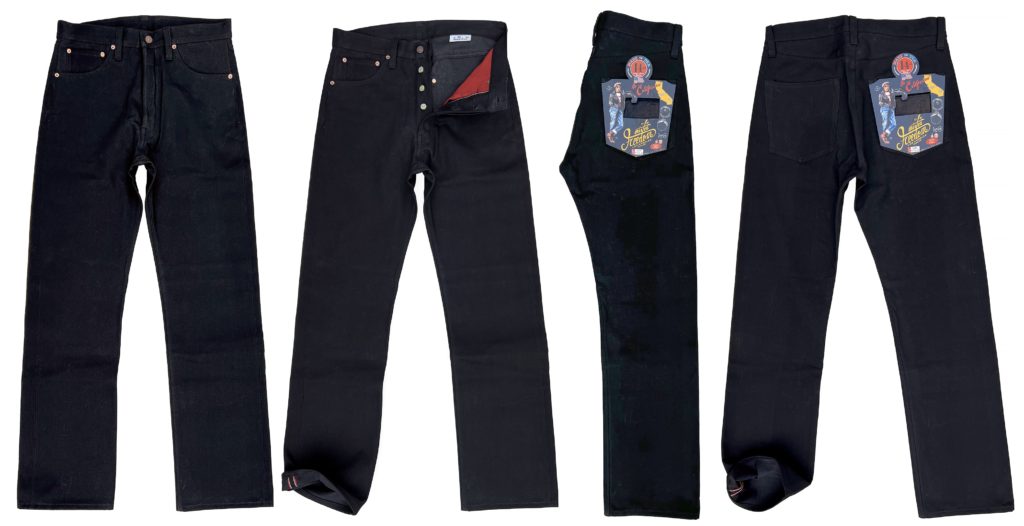 MF® CALIFORNIAN Lot.64 (VDL14) Vidalia black selvedge denim ©2023
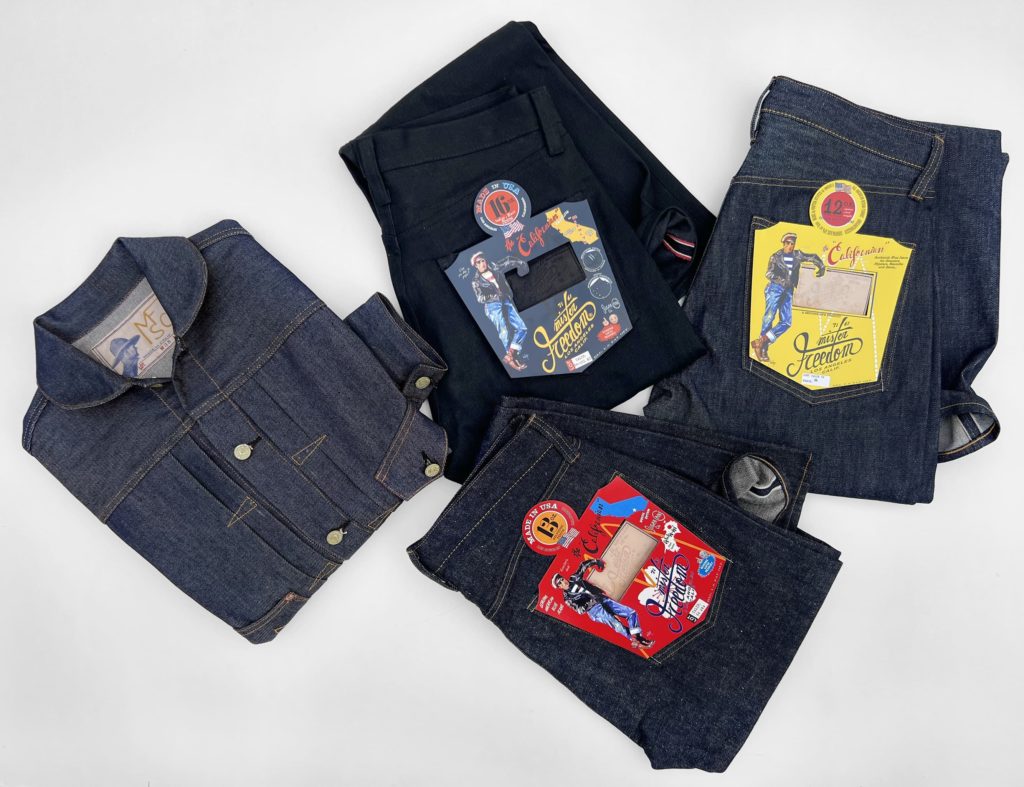 MF® Ranch Blouse & Californians, SS2024 Sportsman Catalog, made in USA ©2023  MF® RANCH BLOUSE, NOS Cone organic denim OG23 ©2023 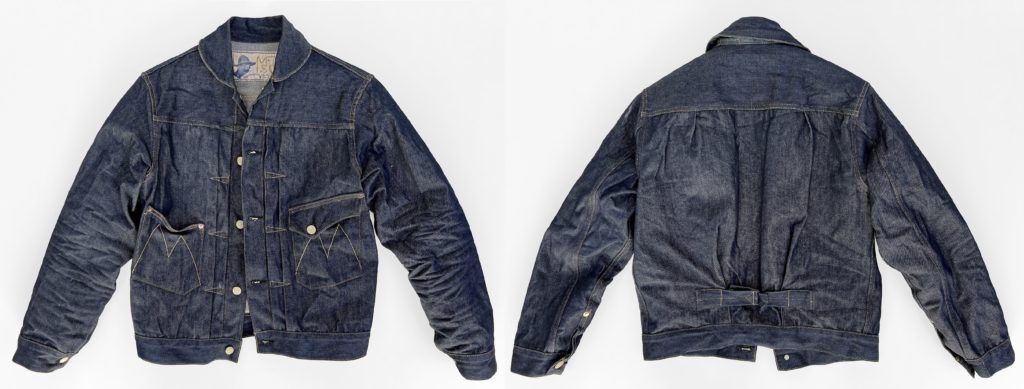 MF® RANCH BLOUSE, NOS Cone organic denim OG23 ©2023 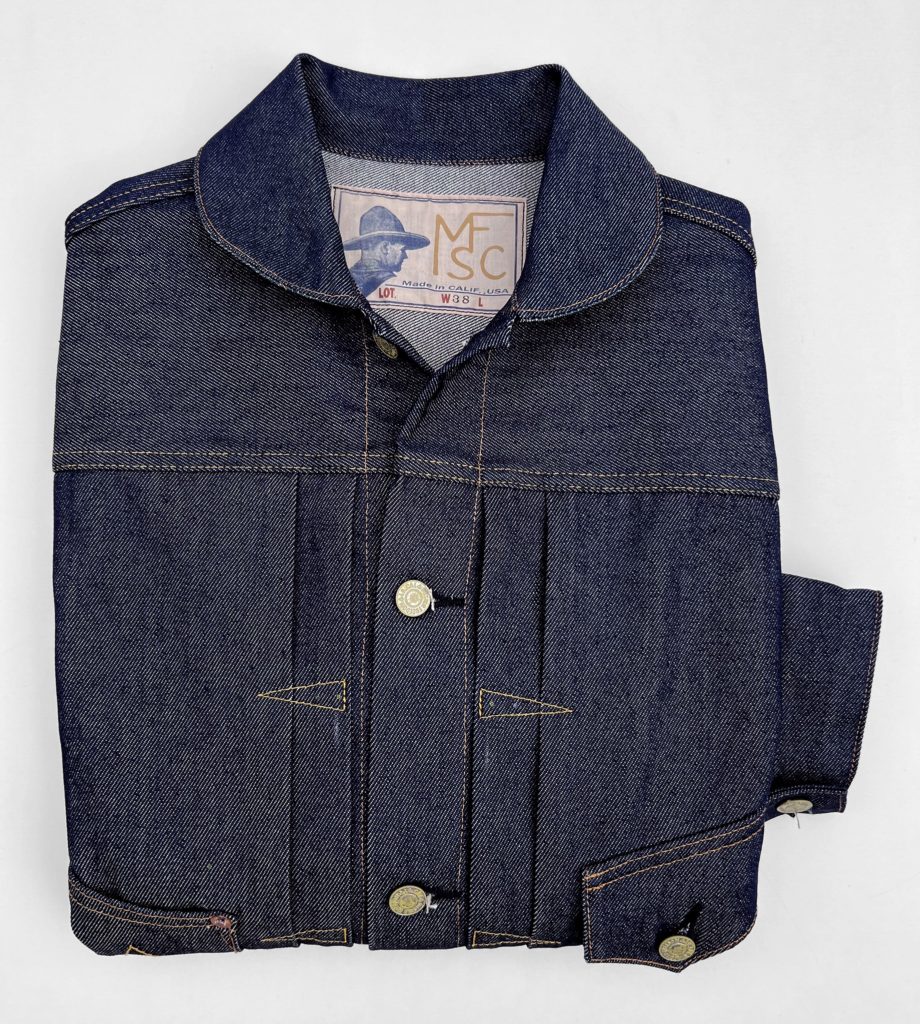 MF® RANCH BLOUSE, NOS Cone organic denim OG23 ©2023 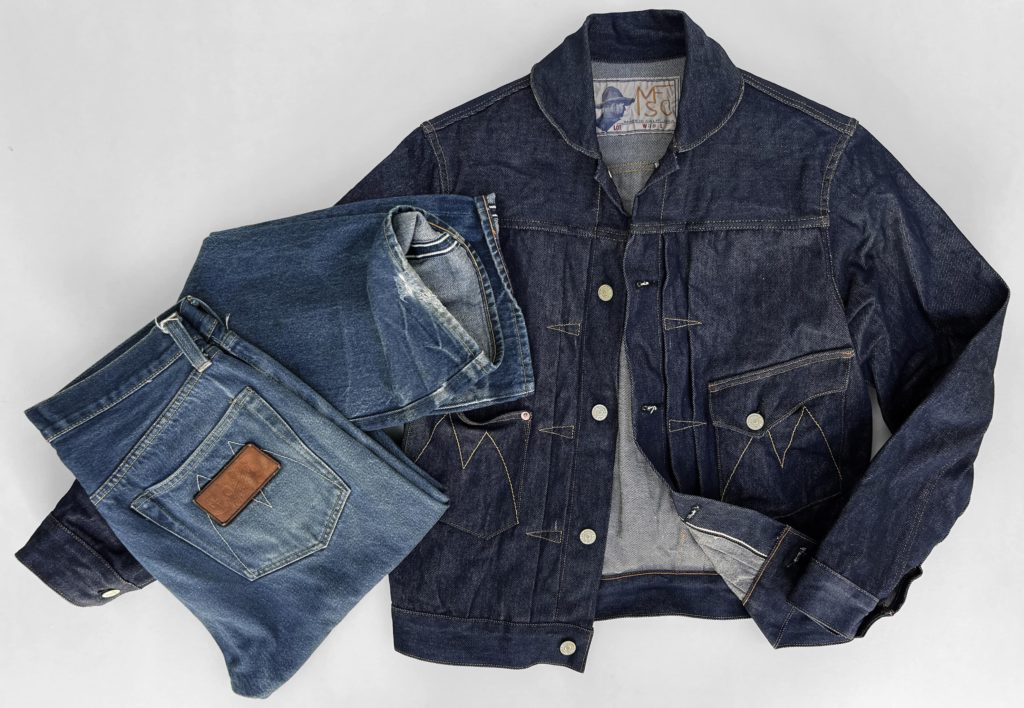 MF® RANCH BLOUSE, NOS Cone organic denim OG23 (w/ worn Californian Lot.64 OG23) ©2023 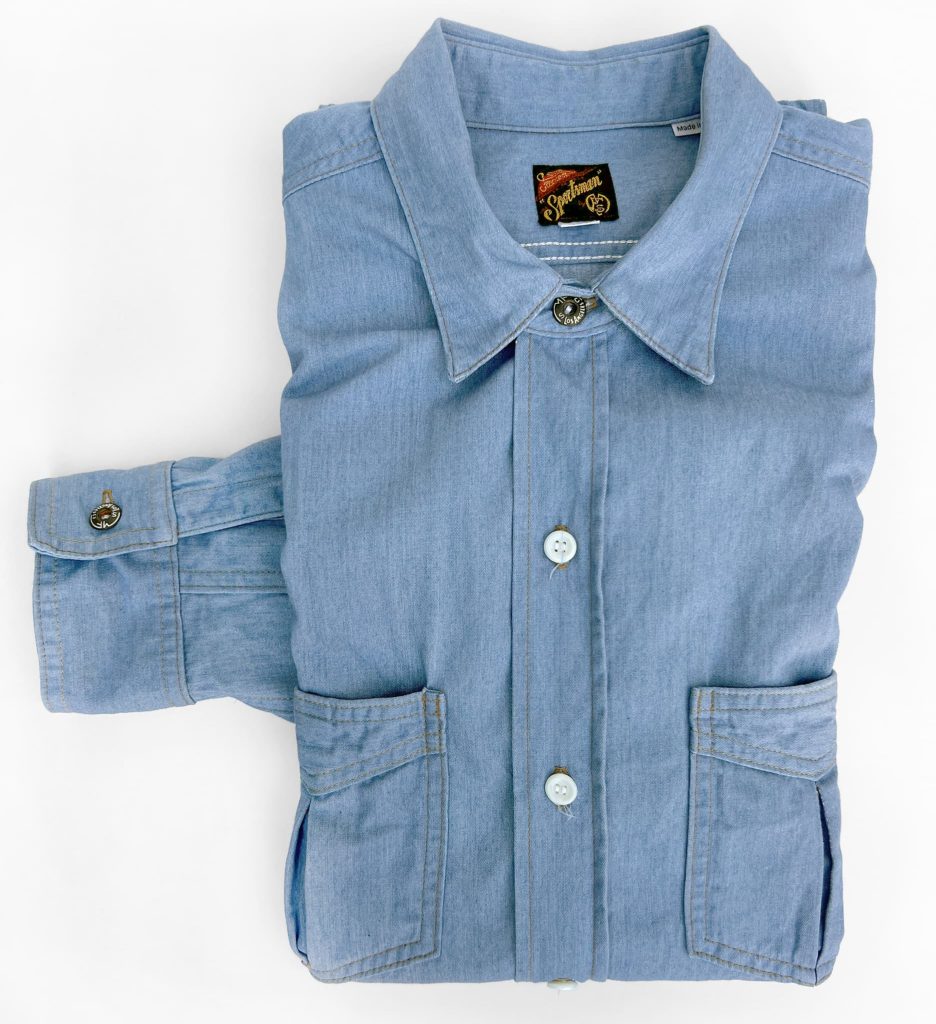 MF® SPORTSMAN Shirt, IceBlu selvedge denim, 7.25 Oz ©2023 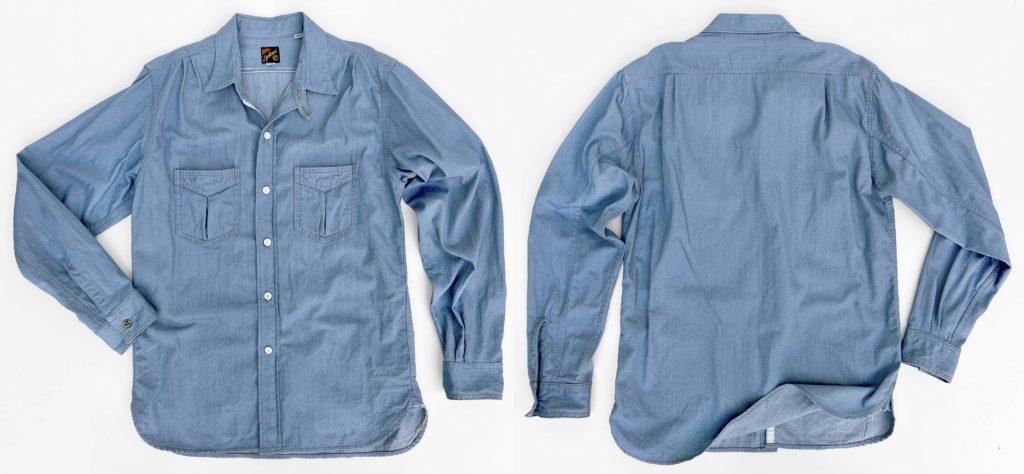 MF® SPORTSMAN Shirt, IceBlu selvedge denim, 7.25 Oz ©2023 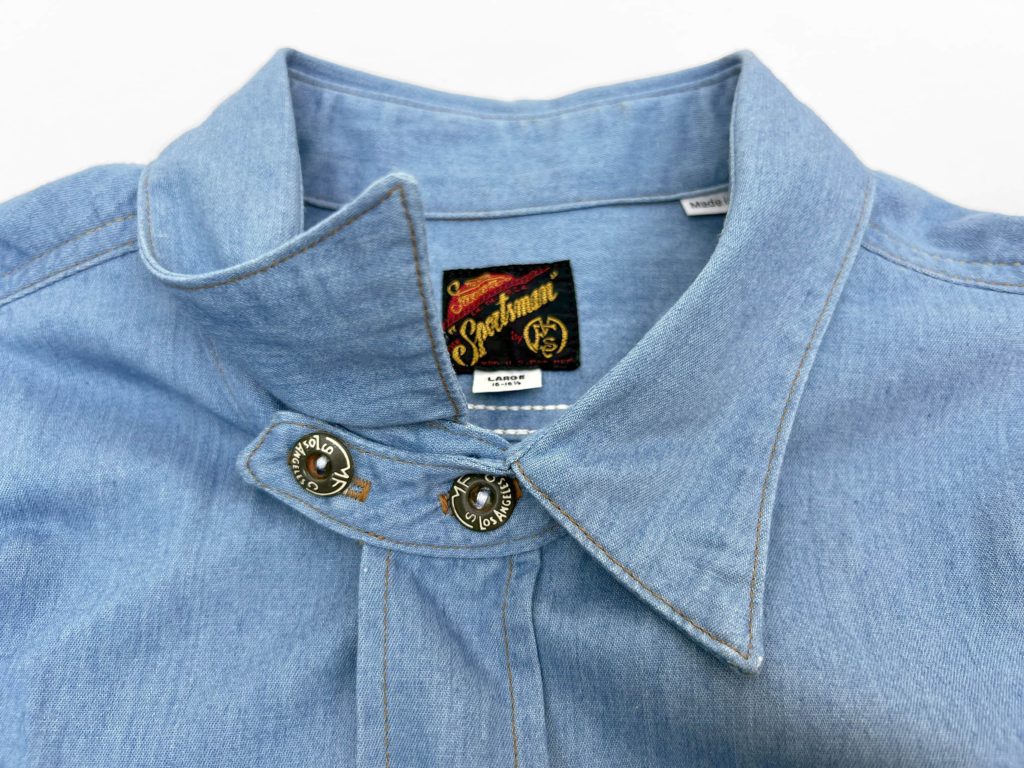 MF® SPORTSMAN Shirt, IceBlu selvedge denim, 7.25 Oz ©2023 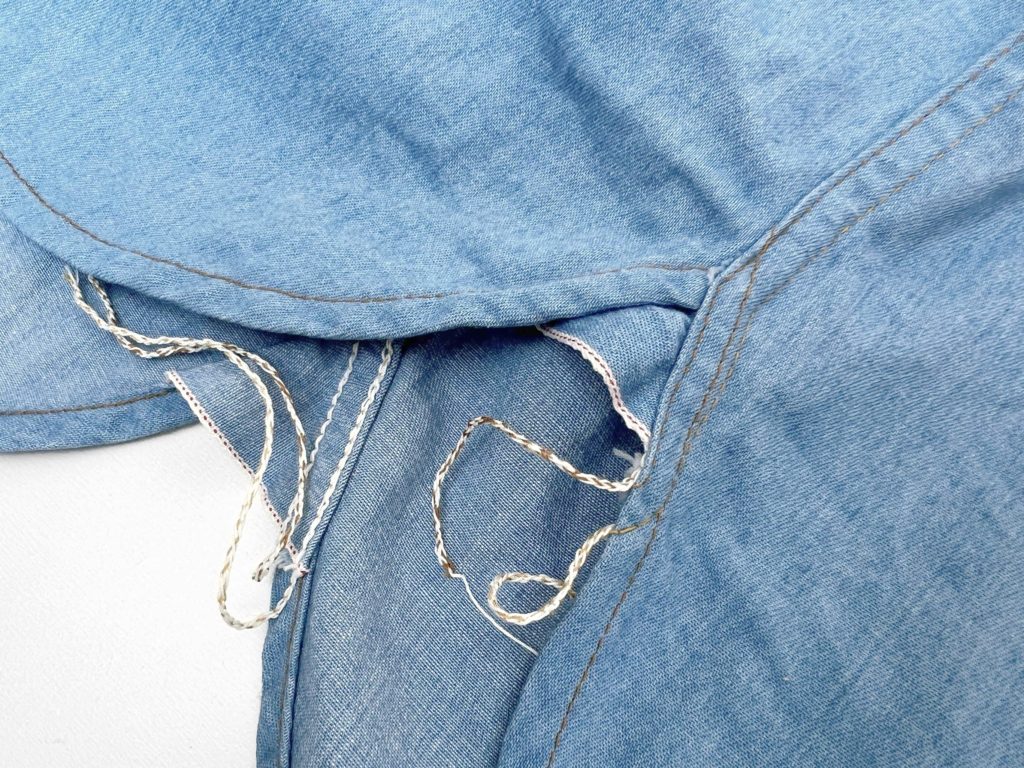 MF® SPORTSMAN Shirt, IceBlu selvedge denim, 7.25 Oz ©2023 Mister Freedom® x Sugarcane Co “AREA 7161” mfsc SS2024 Collection
We decided to get lost in space this season, with a brand new storyline. Grab the popcorn.
Our journey will take us from the early days of rocket engineering at JTL in the mid 1930s, with its gang of daredevil scientists (see Jack Parson and the fascinating story of the Suicide Squad), to the mysterious and secretive activities at “Paradise Ranch” in the mid 1950s, to Project Blue Book (official investigation of UFOs by the USAF 1948-1969)… all the way to the moon, and beyond!
“The Ranch”, aka Watertown, or Groom Lake, is an uninviting remote location in the Nevada high desert some 80 miles from Las Vegas, NV, and is better known today as AREA 51, after the US Government was legally pressured (under its FOIA commitment) to declassify documents acknowledging the site’s existence in 2013.
The classified Top-Secret and highly-restricted legendary AREA 51 is a remote air strip on natural salt flats located in Groom Lake, Nevada, initially utilized during WW2 as gunnery range by USAAF pilots. Also codenamed Watertown, the area was secretly reactivated in 1955 as a R&D facility for covert projects. In this hard-to-access isolated high desert location, the CIA, USAF pilots (referred to as “drivers”, for anonymity), Lockheed “Skunk Works” engineers, mechanics, …, helped develop and test U-2 spy planes.
Through the years, under Project AQUATONE, thousands of sworn-to-secrecy individuals were to be routinely flown-in from Burbank, California, where the planes were actually built, disassembled and shipped out of. Promisingly nicknamed “Angels” or “Super Snoopers”, these high-altitude aircrafts were mostly designed for arial photography recon missions over Communist Russia, and to eventually optimize America’s long-range nuclear reach.
Side note, Russia was conducting the same research at the time, and, through parallel technology advances, actually succeeded in the Space Race by launching the first-ever satellite in 1957, Sputnik-1. The US got even a few years later, by landing a manned-craft on the moon in 1969…
Of course, no allusion to that secret test facility goes without mentioning Aliens… So, for this collection, we will also go explore the “undiscovered”, and tap into the world of vintage Ufology – the study of UFOs (Unidentified Flying Object), more recently referred-to as UPA (Unidentified Anomalous Phenomena.)
UFOs have piqued public’s interest in the US starting in the 1930s.
During WW2, US flyers on combat missions also described unexplainable “fireballs” in the sky in both the European and Pacific Theaters. The unexplained phenomena were coined as “Foo Fighters” back then, origin of the term somewhat uncertain, maybe related to a popular 1940s comic strip.
In 1947, private pilot Kenneth Arnold’s alleged sighting of nine airborne shiny “boomerangs” helped coin the popular term “flying saucers” and sparked a “flying disc” sighting craze with Americans not-only eager for exciting news, but reassessing their worldviews in the Atomic Age.
A major event also happened in 1947, well-publicized since. Known as the Roswell incident, this was a mysterious military/CIA cover-up of an alleged UFO crash (potentially including its Alien “pilots”!) in a New Mexico desert ranch (Forster Ranch), close to the small town of Roswell, NM. For some, a mere weather balloon (or highly-classified surveillance balloon), for others, a Russian secret weapon or alien spaceship…
It is believed by some that the crashed Roswell “UFO” was under reverse-engineering in a secret AREA 51 hangar for years, along with the bodies of the Alien “pilots”… It is also said that most 1950s-60s UFO sightings in the USA were, in fact, shiny silver high altitude secret U-2 spy plane prototypes on test flights.
The topic of UFOs is mostly considered derisive occult hoax material today — admittedly fertile ground for conspiracy theories and an ideal playground for screwballs and charlatans with waaaay too much time on their hands — but is also the concern of many legit scholars. Take five and see Harvard Professor of Science and Astronomer Avi Loeb’s “in search for extraterrestrial intelligence” Galileo Project.
Serious research has been and continues to be conducted today, from early SETI programs to NASA’s recently-established official independent UAP-studying branch, the 2023 US Department of Defense AARO (All-domain Anomaly Resolution Office), etc…
There may be “nothing to see” out there, but that sure is a lot of budget and neurons allocated to the subject!
Fiction or facts, the place that potential extraterrestrial life has taken for Homo Sapiens around our globe is undeniable. From ancient mythology (check out Kaguya-hime in Japan!) to contemporary pop culture (see World UFO Day etc…)
This continued interest may not be proof of existence, but definitely shows our species’ appetite — and healthy curiosity — for the “unexplained” and “undiscovered.” It also may relate to our own individual eternal existential question about Life’s origin, that traditional religions and Science still fall short of answering.
For breaking news, see July 2023 US Congress hearings about UAP with retired USAF pilots (with apparently impeccable careers and credentials) testifying about their own experiences (and other USAF and commercial airlines pilots’ testimonies) with unknown flying objects. For the three “whistle blowers” testifying that day, writing a mission/flight report mentioning UAP sighting is not exactly “career-enhancing” in their very-serious line of work. They stated that their main goal in going public was to increase transparency, and shed light on what can be shared for the benefit of Science, without jeopardizing national security.
As a disclaimer, let me briefly state that I am neither the Sci-Fi fanboy, nor into paranormal mysticism, and have yet to sit through the original Star Wars trilogy or an X-Files season! Alien abductions, and of the concept of contactees are way too far-out for me, and I’m not sure what to make of Bob Lazar and his peers. But what do I know…
As a kid growing up in the 70s though, I did watch countless re-run episodes of “The Invaders” on French TV (that extended little finger creeped me out!), and do enjoy listening to Ken Layne’s Desert Oracle podcasts these days. Something about escaping to the Mojave Desert… I also do intend to have a cold one at the Little A’LE’ Inn at some point, just for the mandatory selfie in front of that motel sign!
So, are we not alone? Is there life out there? Well, if humans are lucky, it will hopefully be more intelligent than the one I was granted with!
SS2024 style inspiration:
For Spring 2024, Mister Freedom® x Sugar Cane Co decided to have fun with vintage UFO lore, explore the myths and declassified history around AREA 51, in a simple mission to design a few casual wearables for 21st Century earthlings, with an emphasis on American 1940s-50s menswear/workwear with the usual MF® twist.
For visuals, Angels in Paradise (1960) is recommended watching. A declassified 20mn filmed documentary about the development of the U-2 at AREA 51. Great vintage footage, straight from the CIA.
For the historical timeline and background, Annie Jacobsen’s AREA 51 — a well-researched and fascinating book written in 2011 with an overwhelming amount of declassified intel — provided me with much of the content above.
This season’s SS2024 AREA 7161 mfsc collection line-up consists of (USA or Japan-made):
1) “FLYING SAUCERS” Rock’n’Roll Shirt, MF® x Sun Surf® (Japan):
Musical background here.
Fabric: 100% rayon, original artwork inspired by the 1947 Roswell alleged UFO crash and related vintage flying discs lore.
Color options:
a) Alpha model (original artwork colorway)
b) Bravo model (subdued background)
Sizing: CL will wear a MEDIUM in production.
ETA: End April 2024
2) “CONTINENTAL SPORTCOAT & “SPORTSMAN CHINOS” two-piece suit (USA):
Our classic and versatile suiting patterns, to pair or wear individually, to color-match or mismatch, to dress up or down.
Fabric: fancy herringbone twill, 100% cotton, 10 Oz., milled in USA.
Color options:
a) Indigo HBT
b) Ivory HBT
Sizing: CL will wear a 38 coat and W30 in production.
ETA: End April 2024
3) “ROCKETEER” JACKET (Japan):
(moniker reference to early Aeronautical research and rocketeering conducted in California since the 1930s, leading to jet-propulsion technology still used today by NASA today. See Jack Parson and the fascinating story of the Suicide Squad…)
The pattern borrows from vintage “gas station” jackets, as a rocket mechanic might have worn on/off the job.
Fabric: 100% cotton pique, milled in Japan.
Color options:
a) Rusty brown
b) Navy blue
Sizing: CL will wear a SMALL in production.
ETA: Mid March 2024
3) “DRIVER” Trousers (Japan):
(the word “driver” was used to address Area 51 USAF/CIA pilots who were testing U-2 planes, to add another layer of secrecy to the covert operation during radio/printed convo. Early spy plane pilots were instructed to not to wear US Government-issued gear, to reduce traceability in case of a crash landing on covert ops over enemy territory.)
Pattern inspired by a 1950s USN pair of Service denim dungarees, with a revisited naval service pants silhouette. Fitted top block and period wide leg for a 1930s-40s vibe.
Fabric: Dark double indigo “Jelt” twill, 10 Oz., milled in Japan.
Sizing: CL will wear a W30 in production. (photographed sample is W31)
ETA: Mid March 2024
4) “WATERTOWN” Shirt (Japan):
(“Watertown” was the code name for AREA 51 for internal convo.)
1950s style casual S/S shirt, blending period sportswear with workwear, diverting chambray fabric from its usual utilitarian garment role.
The orange/yellow contrast stitching combo is a nod to our Californian blue jeans.
Fabric: Indigo chambray, cotton/linen blend (85/15), 6.5 Oz., white/red stripe selvedge ID, milled in Japan.
Sizing: CL will wear a SMALL in production.
ETA: Mid April 2024
5) “SWABBIES” CUT-OFFS (Japan):
One of our short pants best-seller at MF®, a versatile piece.
Fabric: OG-107 cotton sateen, 1950s Mil-Specs.
Sizing: CL will wear a W30 in production.
ETA: Mid April 2024
6) CALIFORNIAN Lot.54 Reissue (USA):
An anticipated reissue of our first Californian blue jeans model, initially released in 2010! Same cut, trims and vintage NOS Cone denim.
Limited run!
Fabric: New Old Stock Cone Mills “XUV” selvedge denim, 12 Oz., milled in USA.
Sizing: CL will wear a W30 in production.
ETA: Early March 2024
7) CALIFORNIAN Lot.674 “AWA-AI” fiber denim (USA):
Releasing the recent Californian Lot64 Awa-Ai in our popular and slimmer Lot.674 cut.
Fabric: Sugar Cane Co proprietary “AWA-ai” fiber denim (blend of 70% cotton x 30% sugarcane fibers), 13 Oz., white/green line selvedge ID, dark indigo hue, dry, hairy and neppy, milled in Japan.
Sizing: CL will wear a W31 in production.
ETA: Available now
8) CALIFORNIAN Lot.64 black denim VDL14 (USA):
Our classic 5-pocket cut.
Fabric: black warp x black weft bull denim, 14 oz., white/red selvedge ID, milled in USA by Vidalia Mills on Cone Mills legacy Draper-X3 looms.
Sizing: CL will wear a W29 or W30 in production.
ETA: Available now
9) RANCH BLOUSE OG23 (USA):
Our classic original trucker jacket, released in the same fabric as our SS2023 Californian Lot.64 OG23.
Fabric: New Old Stock Cone Mills “XXMC” organic selvedge denim, 12.75 Oz., milled in a Cone Mills-owned facility in China, operating with legacy looms.
Sizing: CL will wear a 38 in production.
ETA: Available now
10) SPORTSMAN Shirt IceBlu denim (USA):
Our classic workwear style shirt (same pattern as the MF® Ranger Shirt with additional front shoulder yoke expansion pleats.)
Limited fabric, very small run.
Fabric: 2×1 selvedge “IceBlu” denim, 7.25 Oz., milled in USA.
Sizing: CL will wear a SMALL in production.
ETA: Late March 2024
That’s a wrap!
Our original SS2024 “AREA” mfsc collection is designed in California by Mister Freedom® and exclusively manufactured in Japan and USA in collaboration with Sugar Cane Co, in limited quantities.
Please note that the SS2024 lookbook/preview features show samples, not necessarily reflecting quality/fit/details/labeling of the upcoming production.
As always, besides the classic vintage style references, the common thread in all these original garments is the Mister Freedom® on-going commitment to ethical manufacturing, original designs, and resistance to fast fashion, with styles that will easily incorporate into one’s existing classic wardrobe.
Thank you very much for your renewed support.
Love from Sunny California,
MF® Team, Joe & c
Christophe Loiron
Mister Freedom®
©2023
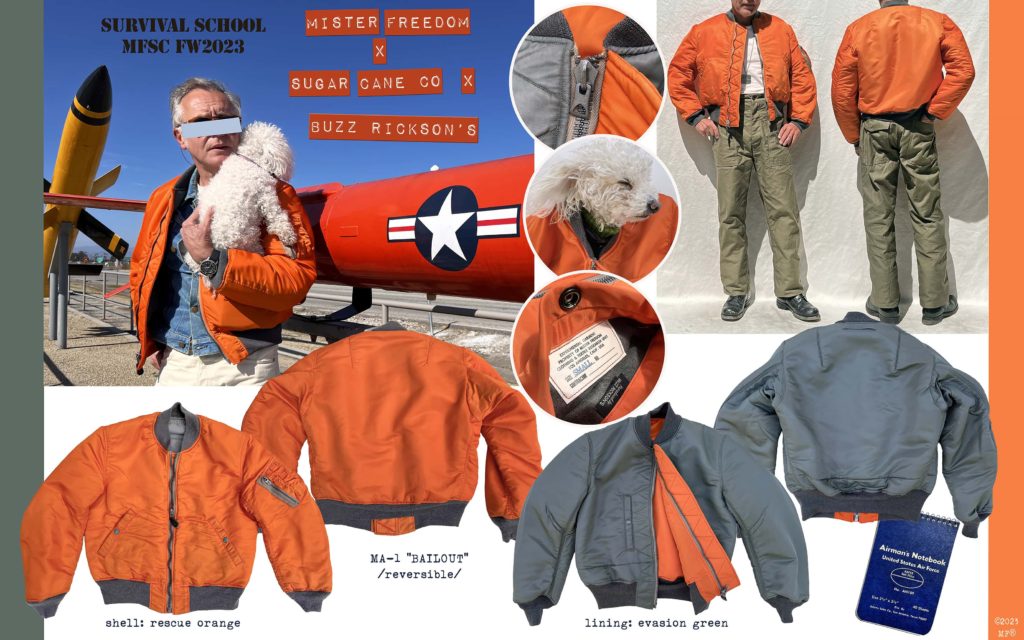
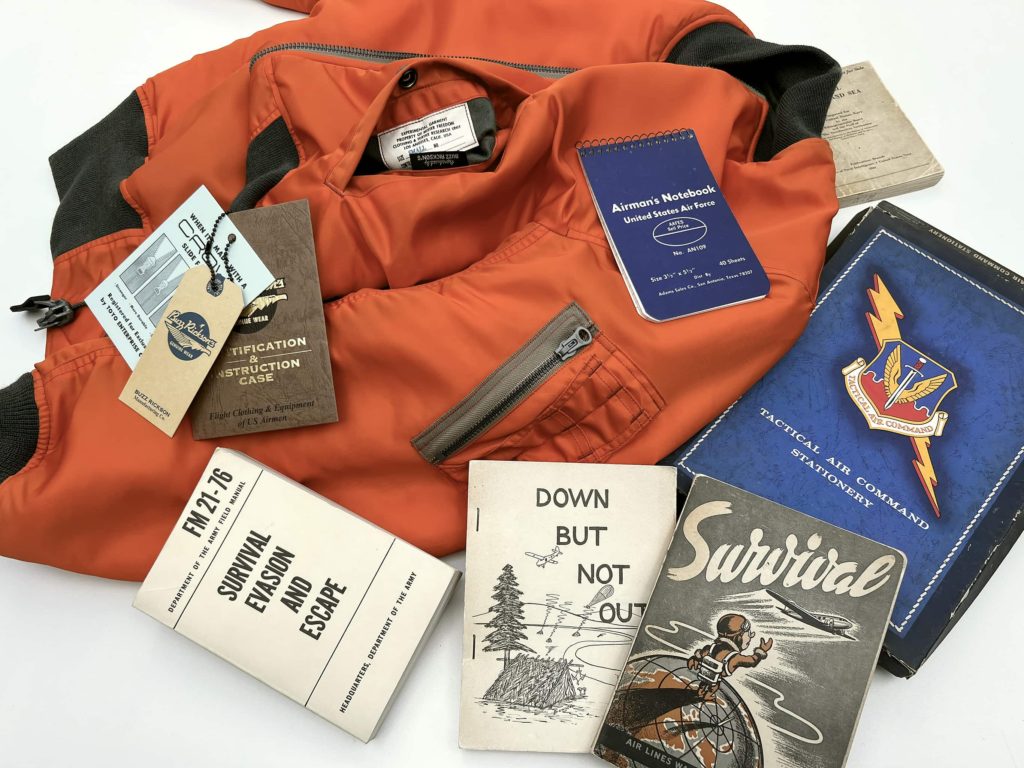

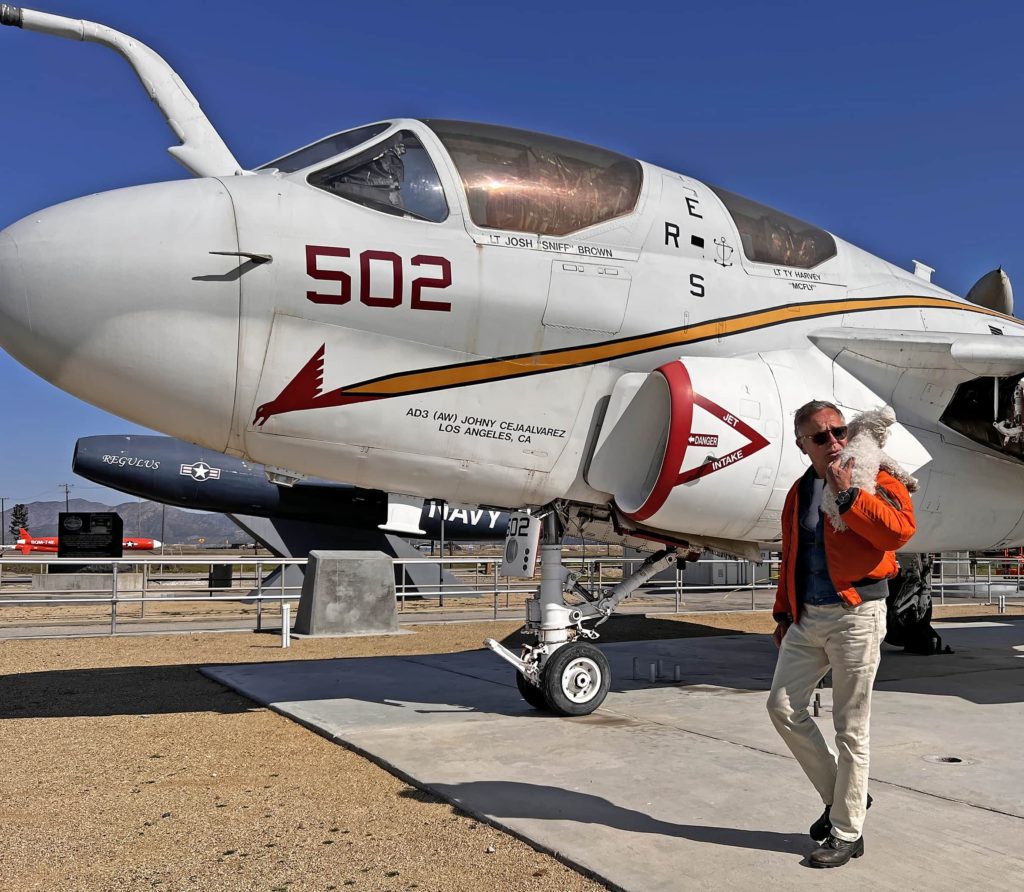
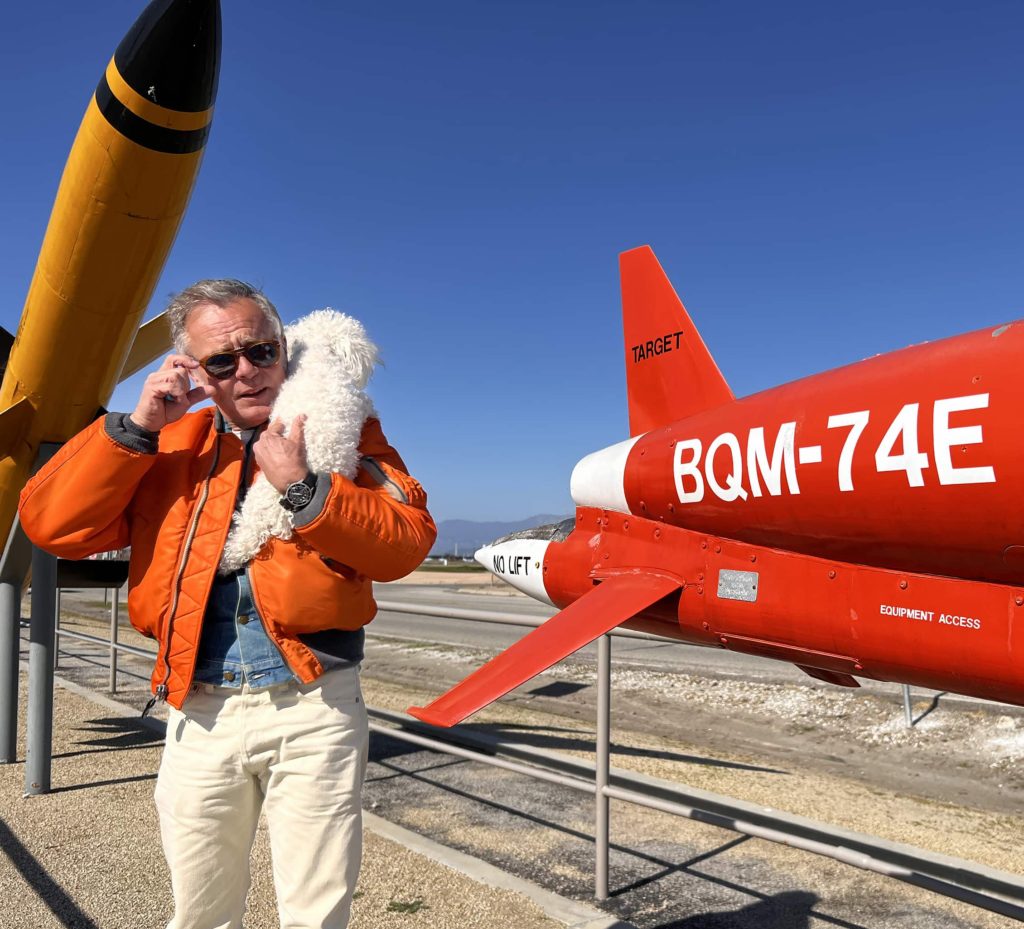
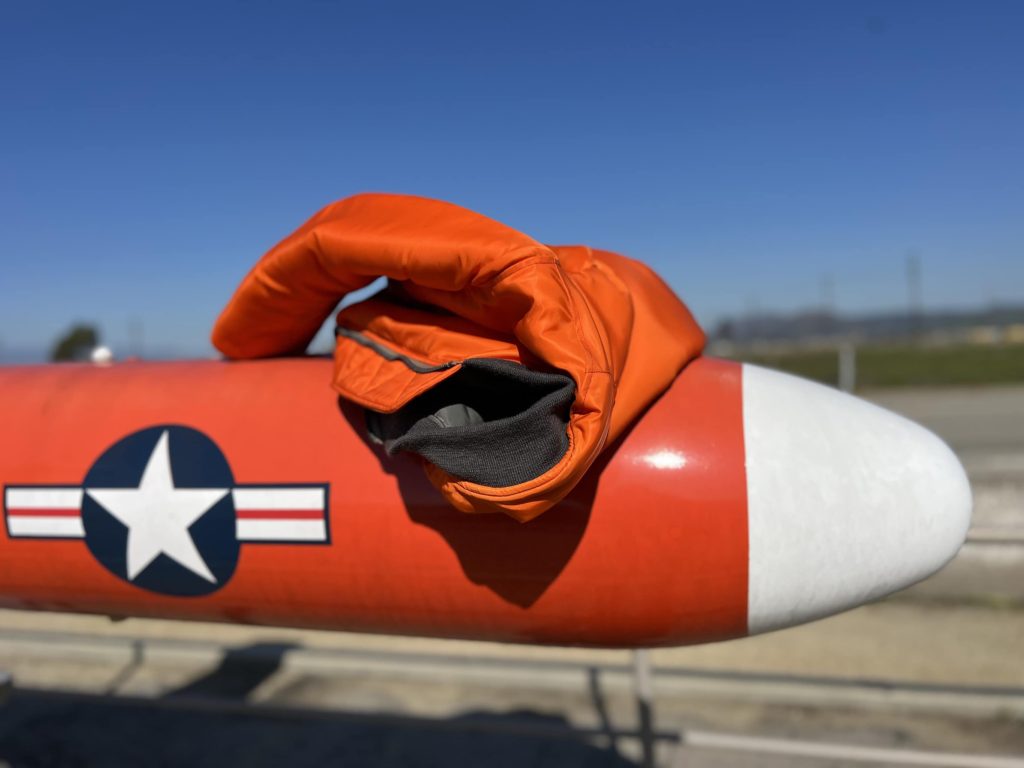
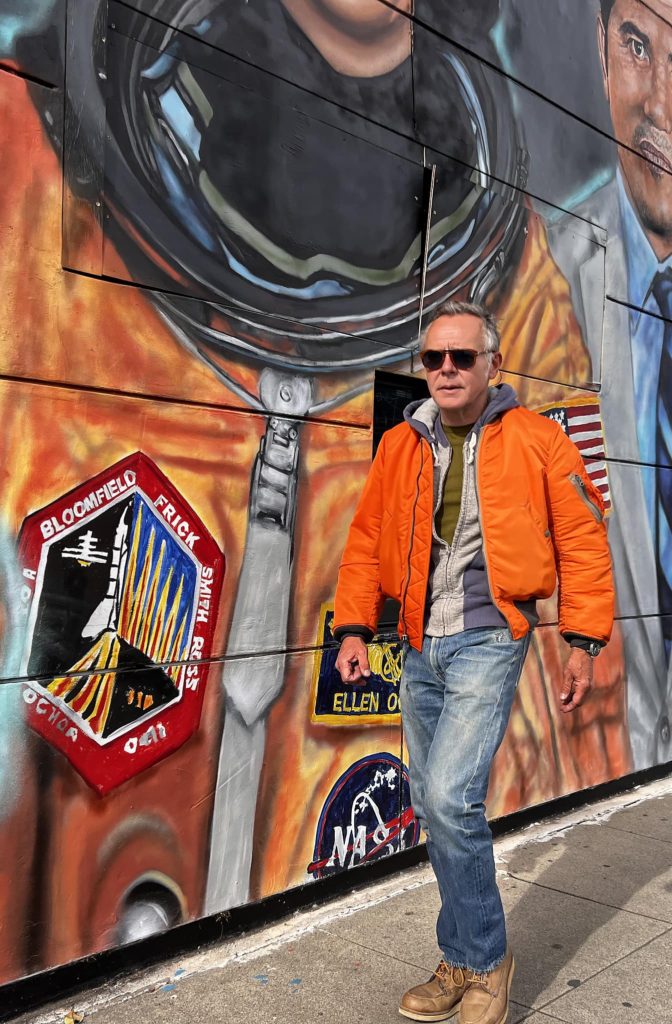
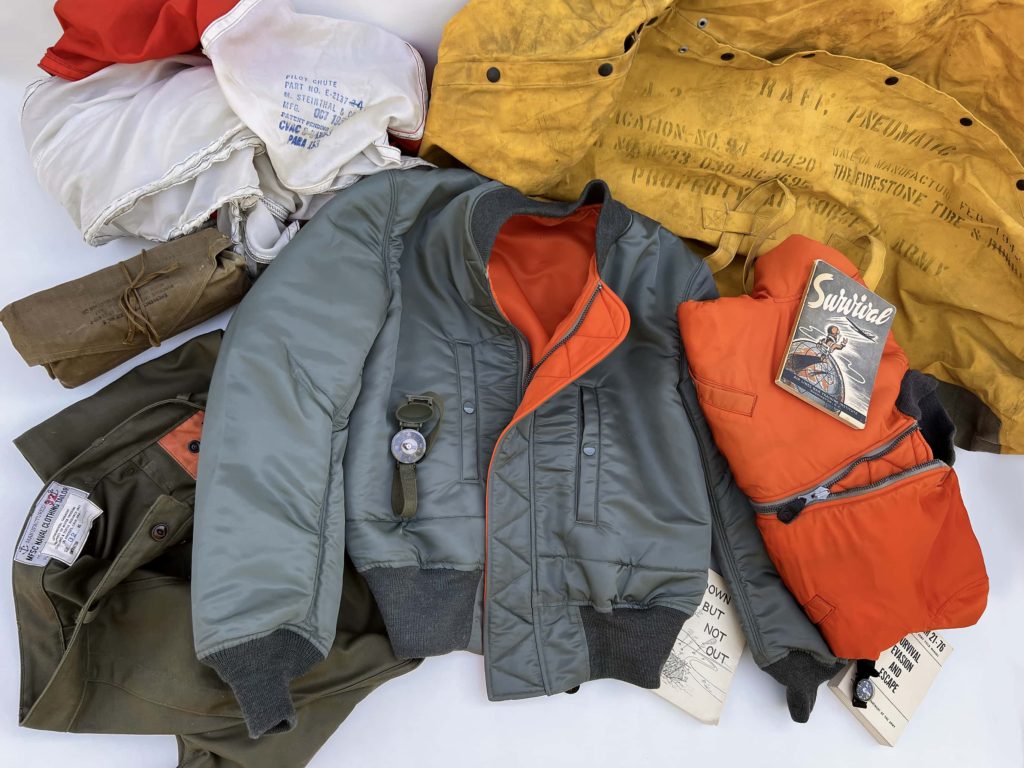
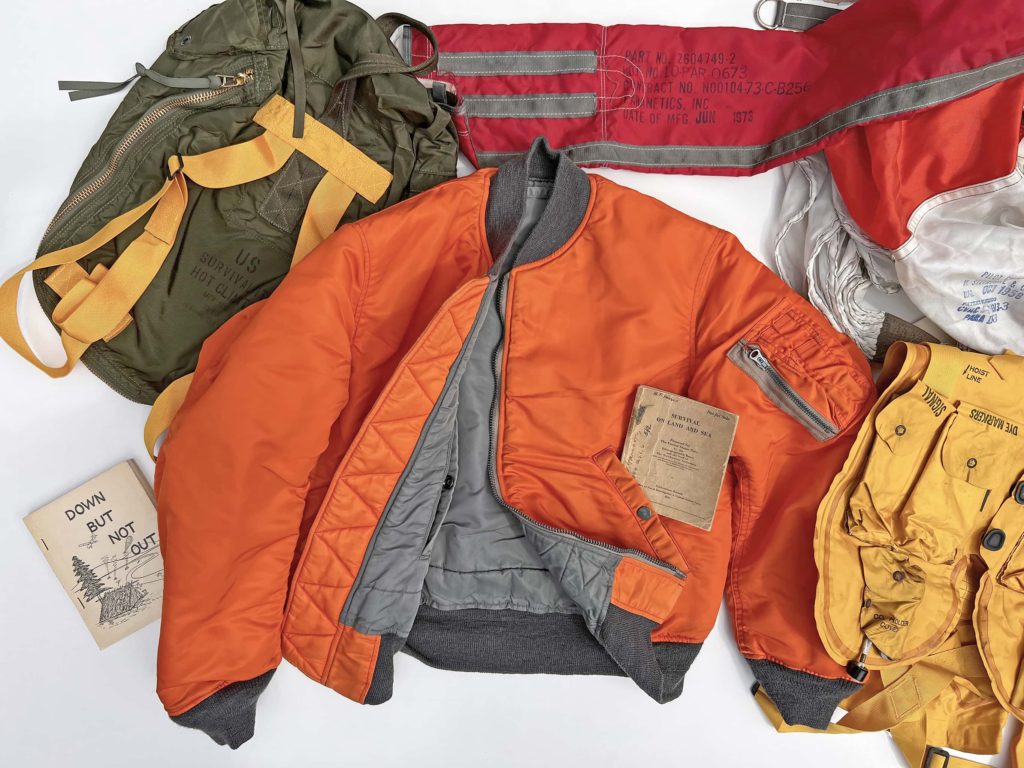
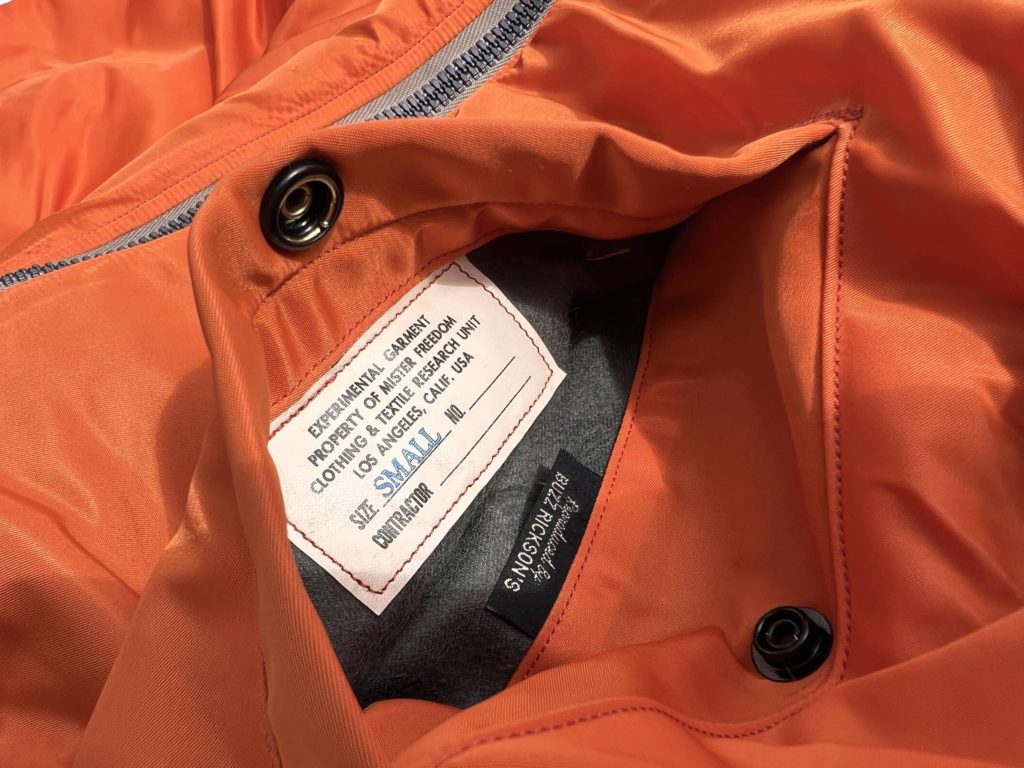
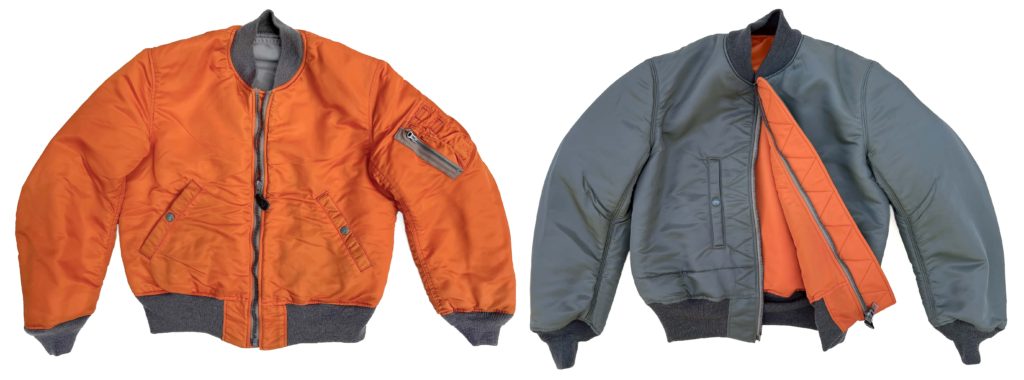
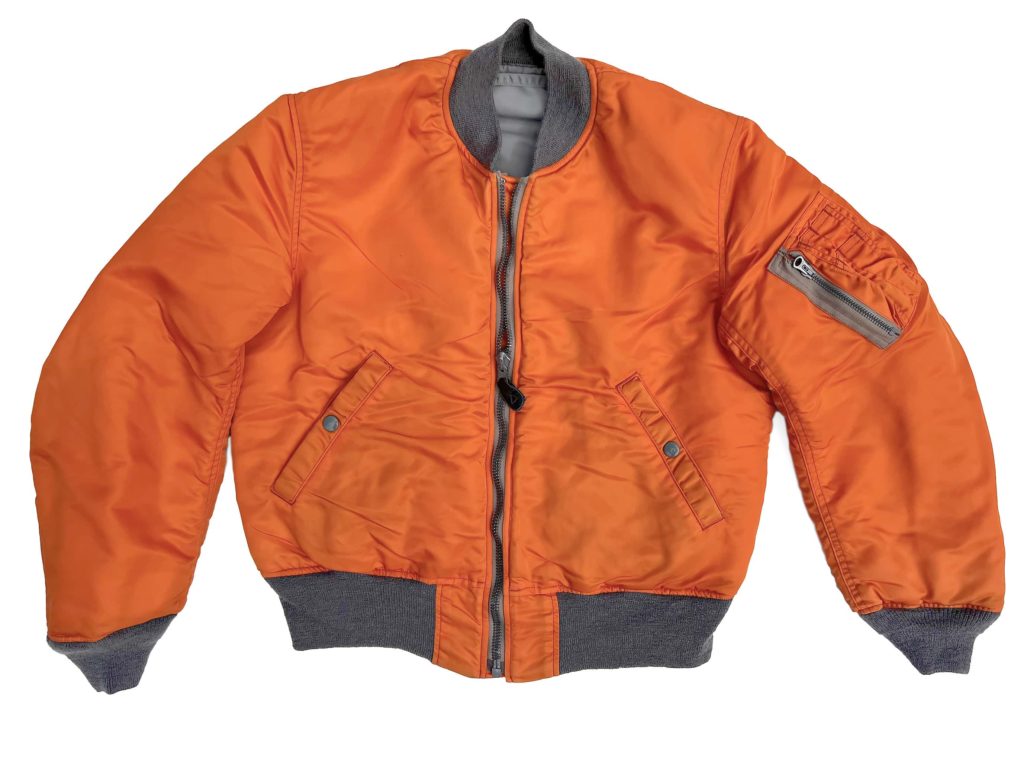
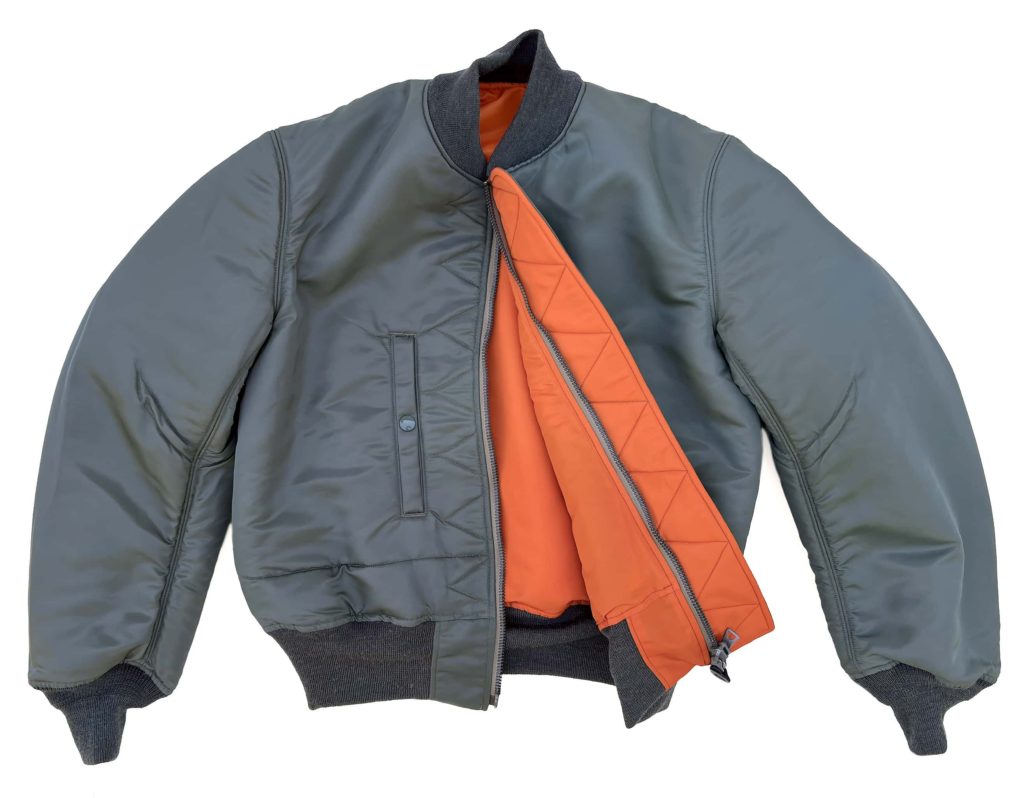
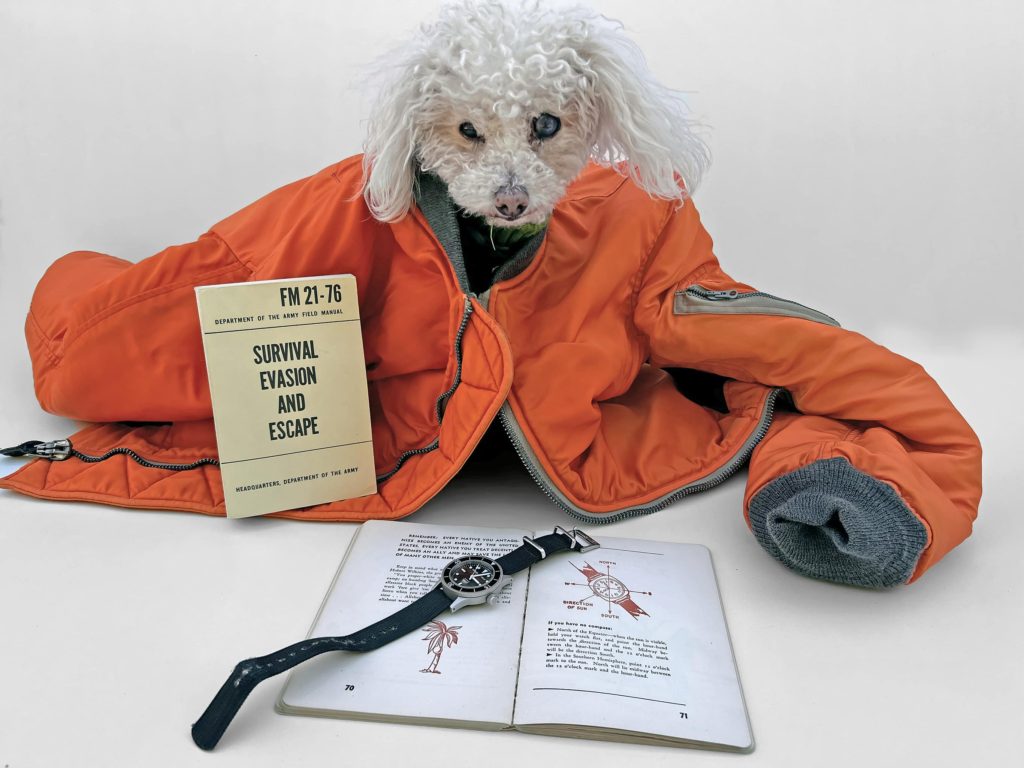

-
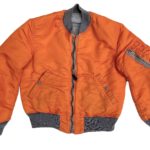
-
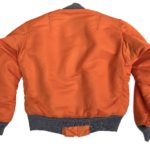
-
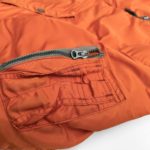
-
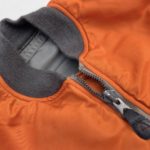
-
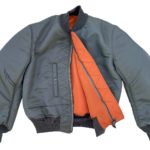
-
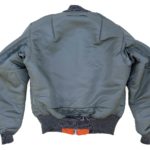
-
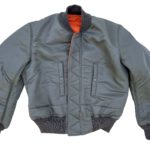
-

-
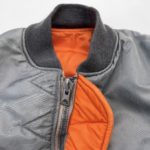
-
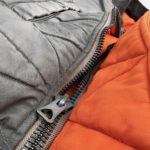
-

-
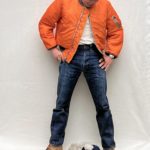
-
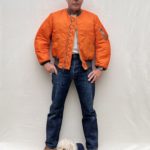
-

-

-
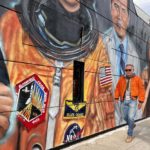
-

-
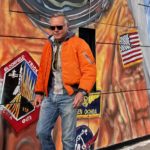
-
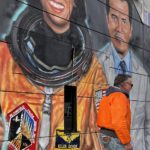
-

-
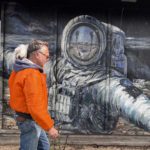
-

-
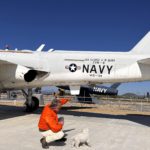
-
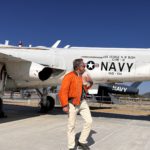
-
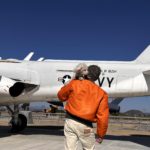
-
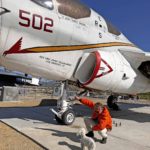
-
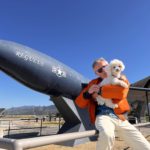
-

-
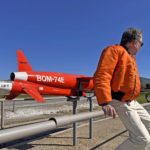
-
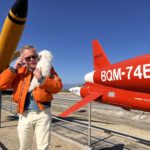
-
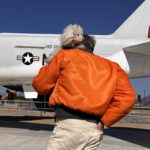
-
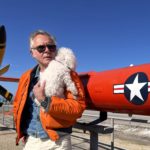
-
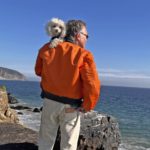
-
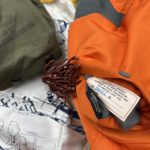
-
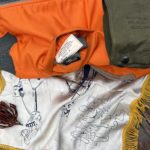
-
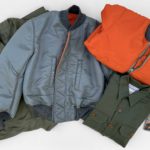
-
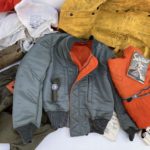
-
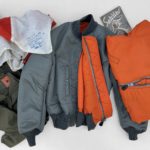
-
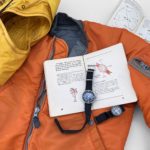
-
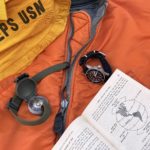
-
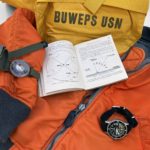
-
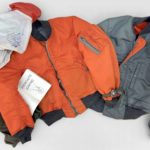
-
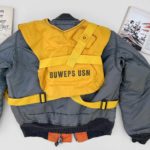
-
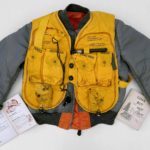
-
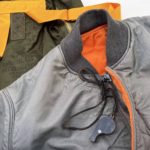
-
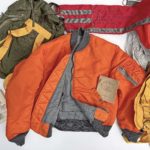
-
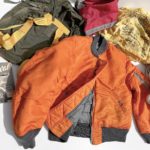
-
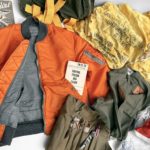
-
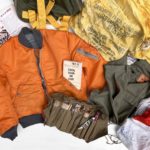
-
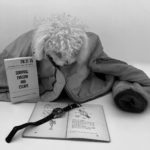
-
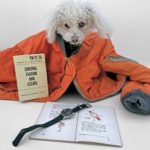
-
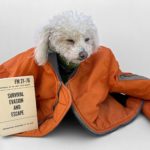
-
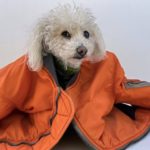
-
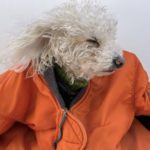
-
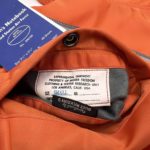
-
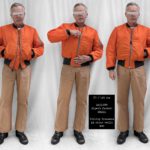
-
Bailout A-side SMALL fit
-
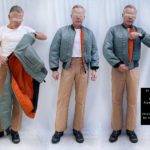
-
Bailout B-side SMALL fit
-
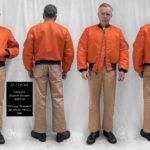
-
Bailout A-side MEDIUM fit
MF® MA-1 “BAILOUT” Flyer’s Jacket.
Mister Freedom® x Buzz Rickson’s 30th Anniversary Limited Edition.
mfsc FW2023 “Survival School” collection.
Made in Japan.
The MF® MA-1 “BAILOUT” Flyer’s Jacket drop officially launches our anticipated mfsc FW2023 “Survival School” capsule collection, an original line up freely-inspired by 40s~70s US military survival gear, vintage experimental MIL-SPECS garments, early NASA astronauts training program visuals etc.
Introduction to our FW2023 mfsc “Survival School” storyline:
In the early days of WW2, a downed pilot’s chances of being rescued and making it back to safety were very slim.
The USAAF (United States Army Air Force) soon realized that training a serviceman in the art of flying was not enough. Arial combat training was lengthy, qualifying candidates few, so a skilled flyer needed to survive after a bail-out.
A downed aviator’s field experience was invaluable knowledge, and sharing that experience with new pilot recruits was crucial.
The odds of returning to base camp started changing with the establishment of “Survival Schools”, and the implementation by the DoD of proper “Survival – Evasion – Escape” training for all flying personnel. (timeline for USAAF here)
Newly-designed experimental gear was also being issued and tested in combat situations and survival circumstances.
Starting in the mid-1940s, official films recreating fictitious survival scenarios (jungle, desert, mountains, arctic) were produced, and became required viewing during training and on base.
Swimming skills became a requirement for all aircrews. Survival crash courses through tough physical training and studies of illustrated manuals became mandatory for Army Air Force and USN flyers.
Training in basic survival skills, acquiring jungle and mountain terrain knowledge, exotic fauna and flora expertise, learning about wilderness adaptability, food foraging, land navigation techniques, cold and hot weather survival, local language and customs essentials, expertise in blending with the elements to avoid capture, evasion tactics, …, all lead to greater chances to make it home for American flyboys.
Techniques, technology, and TO (Theater of Operations) have obviously evolved through the years for US Armed Forces, and so have instructions in survival manuals. If what applied to the Korean cold front in the 50s had to be adapted to Vietnam’s steamy jungles in the 60s, the basics and message remained the same after “Survival School”: “you now have the skills to live another day”, Sir.
For more background on our R&D inspiration and design process, check out:
* Vintage USAAF and USN pilot survival gear.
* Visuals from 1950s-1970s US military survival program, from “Arctic Indoctrination Survival School” (aka “Cool School”) to “Tropical Survival School” (aka “Green Hell”), to “Survival, Evasion, Resistance and Escape” (SERE) training.
* Visuals from NASA astronauts on desert/jungle survival training (+ here) or geological field trips ( photos 1965, 1965, 1965, 1967, 1969…)
-
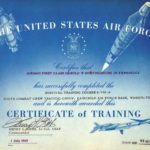
-
USAF Survival Certificate (1969)
-
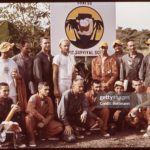
-
Astronauts USAF Trop Survival School 1964 (Getty)
-
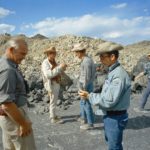
-
John Young Apollo 16 Geology Training (1971)
-
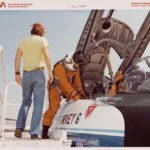
-
NASA Astronaut Training 1979 (Getty)
-
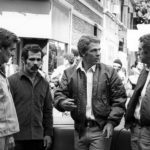
-
Loren Janes & McQ wearing MA-1 J-Type, behind the scene of “The Hunter” (1980)
On a side, personal note, if warfare survival skills are obviously irrelevant to a pampered civilian life, and the odds of one experiencing Louis Zamperini’s plight unlikely for most, basic knowledge of adaptability and improvisation, resourcefulness, awareness of one’s surroundings at all time, applying the right amount of common sense and civility in all situations, should be attitudes taught in schools, and at home.
Yes, learning how to fend off a wild cat attack while on a hike, or knowing which side of a tree is most likely to grow moss in the northern hemisphere may sound like useless knowledge for most city dwellers stuck in traffic.
But, without turning into a paranoid survivalist nut job, merely paying attention in daily life will never be a bad habit to have! “Improvise, adapt, overcome” is not a bad motto either.
Along those lines, knowing to keep one’s eyes on the road and not the Pokemon while driving or crossing the street may prevent many Darwin Awards from being distributed worldwide. Right now, in the US alone, 2 auto crashes occurred in the 10 seconds it took you to read this paragraph.
Oh, and don’t act like a prey if you cross path with a big cat, even “The Zamp” couldn’t outrun a mountain lion. Also, moss usually grows on trees on the side facing North, if you lost your way, forgot your compas, and just realized you killed your battery on TikTok…
Kids these days know more about sneaker brands than varieties of edible wild fruits. Not sure this is a good survival skill for our species.
The jacket:
The Mister Freedom® BAILOUT Flyer’s Jacket is our spin on the classic MA-1 flight jacket – aka “bomber jacket” – the iconic piece of protective gear officially issued to USAF (United States Air Force) fighter jet pilots and flight crews throughout the 1950s~60s.
The design of the MA-1 flight jacket evolved through the years, with its inception around 1950 when the bulky mouton collar of its predecessor (the B-15 flight jacket, 1944~1954) was replaced by a soft wool knit ribbed band to better accommodate combat pilots modern flight helmets (out were the WW2 cloth skull caps, in were the hard shell “bone dome” types) and reconfigured jet aircrafts cockpits (the Jet Age mostly kicked propeller planes to oblivion for aerial warfare.)
Optimized for current technology, the MA-1 (MIL-J8279) was born, becoming official issue sometime in 1952. Followed many revisions, until the MA-1 was phased out by updated regulations and eventually retired in the late 1980s, outperformed by safer fire-resistant Nomex® MA-2 flight jackets. This wasn’t the MA-1’s last words however…
For our “Survival School” story, we decided to modify a vintage “JACKET, FLYING, MAN’S, INTERMEDIATE, MA-1, MIL-J-8279D” specimen from an Alpha Industries 1965 contract, and turn it into a “might have been” functional, wearable, “experimental” garment.
The major mod on the D-Type (fifth generation MA-1, circa 1960) had been its novelty reversible revamping, with a sage green (referred to as camo) nylon shell for classic military concealment on the ground, contrasting with an “Indian orange” high visibility lining. A downed pilot was instructed to wear the green side to evade enemy capture after a successful bailout, and wait for a rescue team flashing the orange side out.
Decades later, this major visual functional improvement probably helped to propel the MA-1 style to the unsustainable fashion sphere, from streetwear to catwalks, produced in all kinds of CoO (Country of Origin) for a wide range of international labels.
For our BAILOUT design mission, the main point of a plausible “revision” was to flip the blazing orange lining side as the main side, up the nylon twill ouncage, use the 2/2 nylon camo side as the lining, while keeping all period-correct Mil-Specs for fabrics and trims.
-
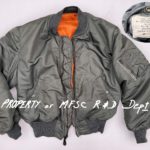
-
Vintage USAF MA-1 (Mil-J-8279D), 1965 Alpha Industry
-
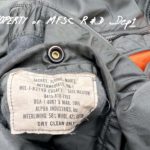
-
Vintage USAF MA-1 (Mil-J-8279D), 1965 Alpha Industry
-
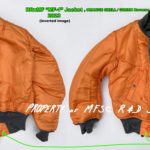
-
MF® x Buzz rickson’s MA-1 “Bailout” Flyer’s Jacket
R&D process ©2023
-
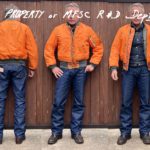
-
MF® x Buzz rickson’s MA-1 “Bailout” Flyer’s Jacket
R&D process ©2023
-
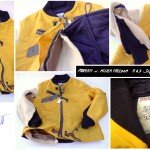
-
MF® HELO Jacket interlining construction ©2014
-
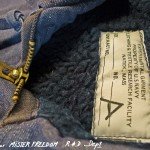
-
Vintage USN Natick Deck Jacket
-
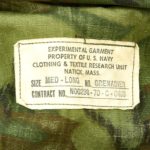
-
Natick label on a vintage 1970 Float Coat
Collaborating with Buzz Rickson’s – celebrating at the same time their 30th Anniversary! – made this a breeze for us, thanks to the help, expertise and patience of Buzz’s creative director Kameya San and team. After providing detailed instructions/diagrams of our MA-1 BAILOUT concept, we gladly assumed the backseater role in the cockpit and let the world’s ichiban manufacturer of authentic military flight jacket replicas do all the heavy lifting.
Of course, Buzz delivered! No cut corners, outstanding craftsmanship and quality, living up to Toyo’s high manufacturing standards and BR’s impeccable reputation.
“But, why not just wear a vintage D-Type with the orange side out?” one could legitimately wonder…
Well, because of the overall construction, quilted storm flap set-up, slash pockets configuration (“hand warmer” for the A-side and “map storage” for the B-side), utility (“cigarette/pen”) sleeve pocket on A-side, etc…, sporting a vintage MA-1 orange side out will always look like the garment is being worn inside out. Not a life-threatening issue of course, but, for those attached to details – and we are -, wearing out what is clearly a jacket’s lining in non-survival circumstances may look a bit awkward or contrived around town.
The BAILOUT fills that gap for one wanting to casually wear a bright orange military-style flight jacket, built like a legit 1960s MA-1.
Note that the MF® BAILOUT is still fully reversible, and can of course be worn B-side (green) out.
On original D-Types, the orange nylon twill lining is of a lighter/thinner grade than the Mil-Specs green 2/2 twill shell. The MF® BAILOUT jacket features vintage Mil-Specs heavy 2×2 grade nylon twill on both A (orange) and B (green) sides.
For the accuracy-obsessed, quote from Buzz Rickson’s MA-1 shell fabric specs:
“36 filament yarns are twisted together to make a single thread that is then woven into the 2/2 twill fabric.
2/2 means two warp threads crossing every two weft threads, identified by diagonal lines.”
Regarding warmth, “INTERMEDIATE” in the original MA-1 nomenclature refers to the “Intermediate Zone” climate for which the garment was initially optimized, a range of 14º F ~ 50º F in a military classification of 5 climate zones at the time.
The MA-1 was also considered as a versatile year-round piece of gear in temperate climates by flight crews, worn zipped-up in Winter and un-zipped in Spring.
We decided to keep the period-correct Wool/Cotton blend (60/40) fiber interlining of the 1960s originals, and not the cheaper and lighter polyester fiber modern days substitution. This makes the BAILOUT much heftier and bulkier than contemporary fashion MA-1 type jackets out there.
For the zipper, we went with a robust vintage-style aluminum model of Coats & Clark (CC) slide fastener, instead of the expected black oxidized brass CONMAR zipper of period D-Type MA-1 jackets. CROWN was a division of Coats & Clark. Production of most CROWN fasteners (like the aluminum spring automatic lock etc) was abandoned sometime in the 1960s, deemed too complicated and too costly.
Some 30 years ago, Toyo Enterprise went through great lengths (and, I was told, hundreds of thousands of dollars in R&D and retro engineering) to faithfully reproduce several CROWN fastener models, and now owns the Trademark. These cost today about $30~$40 to produce… Kameya San was kind enough to hook us up with a few CC models for this limited edition.
We also opted to stay true to the original MA-1 jackets fit and profile, with the old school full and boxy cut, setting them apart from modernized slimmed-down versions with trimmed sleeves flooding the fashion market since the 1980s.
The BAILOUT’s classic shorter length compliments one’s natural waist, and works best with mid to high rise trousers or jeans.
This season, the recurring mfsc cloth label for our “Survival School” collection is a respectful nod to the little-known Quartermaster Research Facility (aka Natick Army Labs), a US Department of Defense organization located in Natick, Massachusetts. The “CLOTHING & TEXTILE RESEARCH UNIT” has been tasked with designing and developing anything from new uniforms/gear/fabrics/camo patterns/etc for the US military since 1952. Those guys are the real OG designers of most streetwear today.
The Mister Freedom® BAILOUT “Clothing & Textile Research Unit” labeling is concealed in the left side slash pocket.
Of course, the Mister Freedom® BAILOUT comes “unissued”, i.e. free of unearned squadron/unit patches. Should you want to go full-on Top Gun, do your thing Mav’!
Speaking of Hollywood, our subtle nod to “The Hunter” (1980) – McQueen’s final movie – with his bounty-hunter “Papa Thorson” character (pops going full circle after Josh Randall, ain’t he?!) sporting an MA-1 iteration won’t be lost on the cinephile. Papa and stunt double/friend Loren Janes are wearing the flap pocket model MIL-J8279E (E-Type) in the movie, although they may be commercial versions?
Anecdotally, “Buzz Rickson” is the name of McQueen’s character name in “The War Lover” (1962.)
The MF® x Buzz Rickson’s “BAILOUT” Flyer’s Jacket is a classic reimagined in California, USA by Mister Freedom®, designed for the man-o-style uninterested in fleeing trends, and crafted in Japan by Toyo Enterprise.
SPECS:
PATTERN:
A classic 1960s US military flight jacket pattern (MA-1) revisited, and a visual nod to colorful Jet Age astronaut jackets.
FABRIC:
A-side: Rescue out, period Mil-Specs 2/2 heavy nylon twill, “Indian” orange.
B-side: Camo out, period Mil-Specs 2/2 heavy nylon twill, 1960s USAF sage green.
Interlining: thick insulating blend of undyed 60% Wool – 40% Cotton pile fibers.
DETAILS:
* Constructed and redesigned with all period Mil-Specs patterns/fabrics/trims/snaps/zippers.
* Vintage silhouette and proportions true to authentic vintage USAF MA-1 profiles: full cut, boxy fit.
* Fully reversible: main side (A-side) is rescue (Indian orange), lining (B-side) is camo (sage green.)
* Two slanted “hand warmer” slash pockets on shell, snap closure, 35/65 Wool/Rayon blend double face brushed pocket lining.
* Two interior “map” welt pockets, snap closure, white cotton twill pocket lining.
* Quilted storm flap.
* Soft 100% wool ribbed knit collar, waistband and sleeve cuffs.
* Utility pocket (“cigarette” pocket) on A-side sleeve, authentic pen caps slots.
* Aluminum “CC” (Coats & Clark) CROWN type double-sided slide fastener (zipper), all cotton tape, leather pull tab extension for easier gloved operation.
* Intricate garment construction, authentic puckering seams, cut and sewn by skilled and experienced artisans.
* Year-round jacket, optimized for 14º F ~ 50º F (minus 10º C ~ 10º C) range temps.
* Original Mister Freedom® x Buzz Rickson’s “Clothing & Textile Research Unit” labeling, concealed in the left side slash pocket.
* Crafted in Japan by specialized expert artisans, with a 30-year experience in authentically-reproducing vintage military gear.
SIZING/FIT:
The MF® x Buzz Rickson’s “BAILOUT” Flyer’s Jacket comes ready to wear out of the box. No initial process required.
MF® crew sizing recs:
CL (5’7 ~ 140 lbs): I opted for a SMALL, for a comfortable yet period fit.
John (6’ ~ 170 lbs): LARGE
Ivan (5’9 ~ 160 lbs): MEDIUM
Enoch (6’ ~ 153 lbs): SMALL
The MF® BAILOUT pretty much fits like authentic 1960s vintage MA-1 jackets, for those familiar with them.
Some people may consider sizing down, according to silhouette and subjective style preferences.
Please refer to size chart for approximate measurements, keeping in mind that due to the thickness of the shell + interlining + lining, properly measuring is somewhat subject to one’s interpretation.
CARE:
Professional DRY CLEAN only or spot clean when needed.
Do NOT machine wash/heat dry.
Because of the 100% wool knit trims and , please store garment with your choice of moth-repellent product.
Available from www.misterfreedom.com, our Los Angeles brick & mortar store, and fine retailers around the World.
Email sales@misterfreedom.com or call 323-653-2014 with any questions unanswered above.
Thank you for your support.
Christophe Loiron
Mister Freedom®
©2023
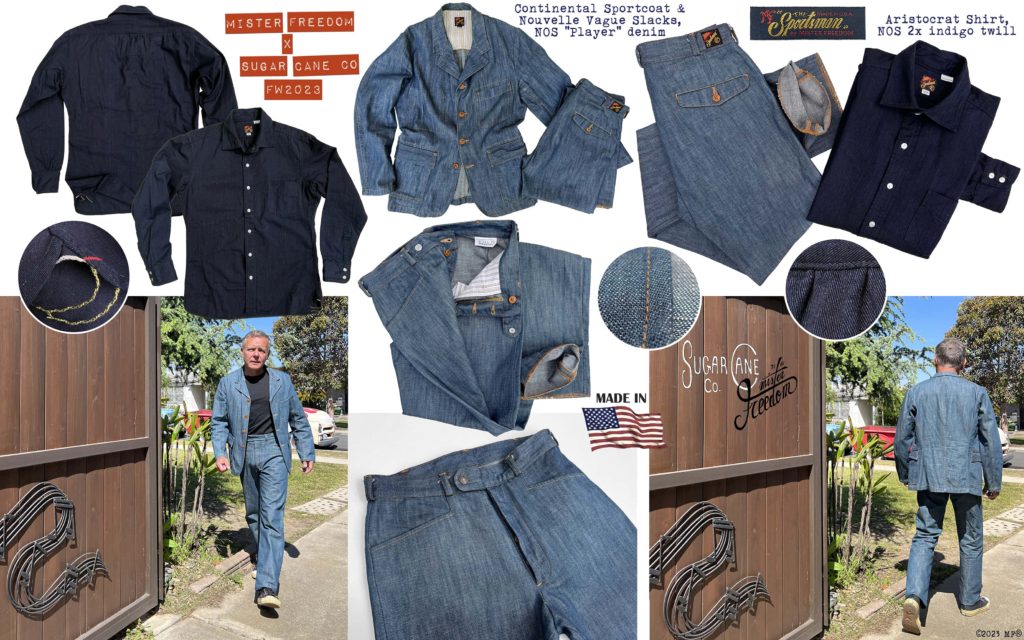
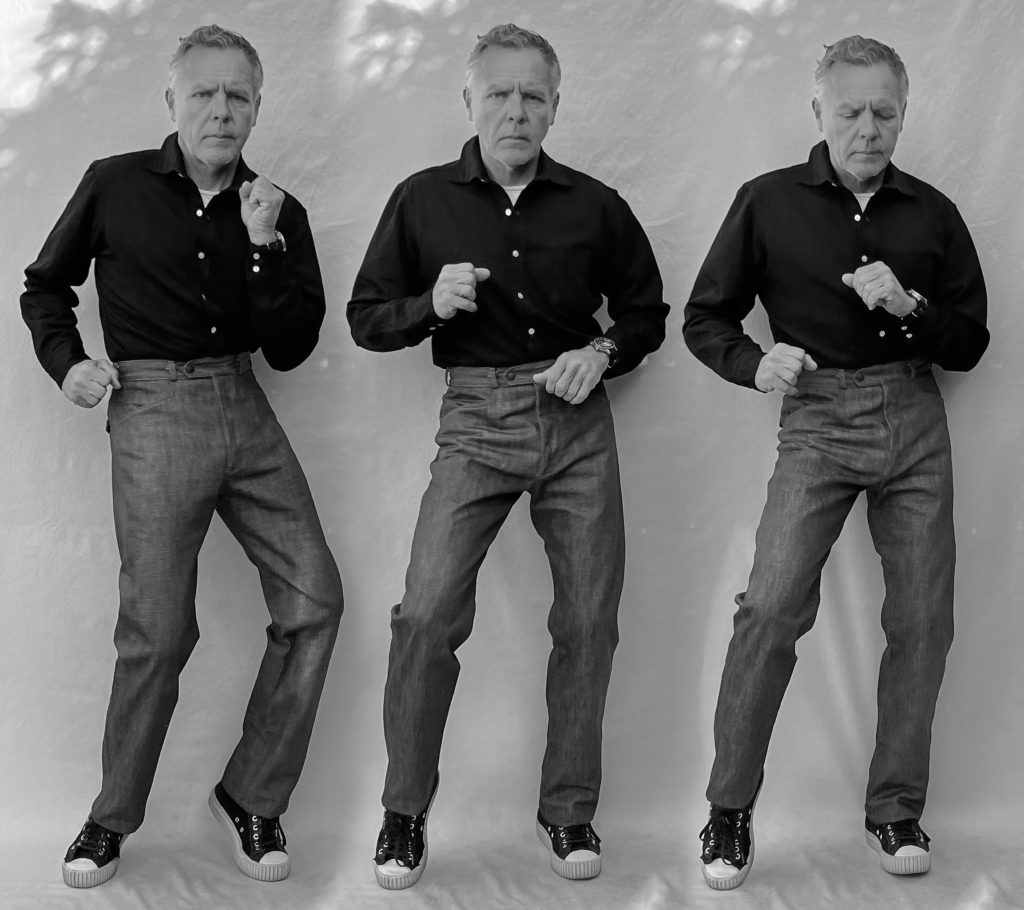
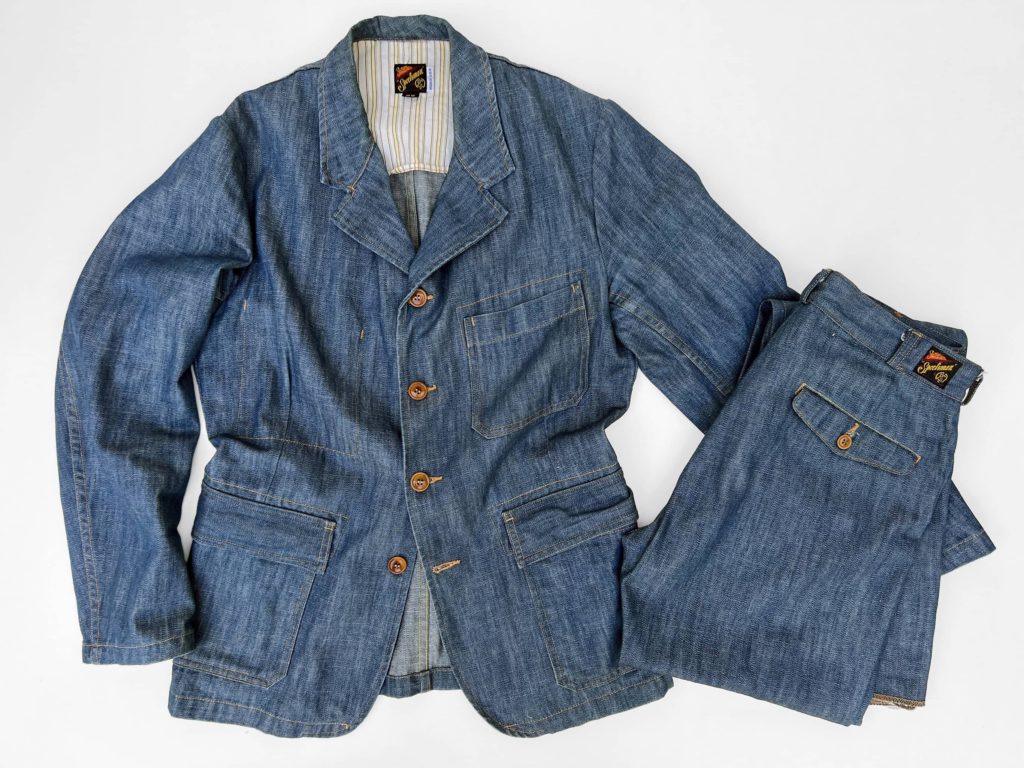
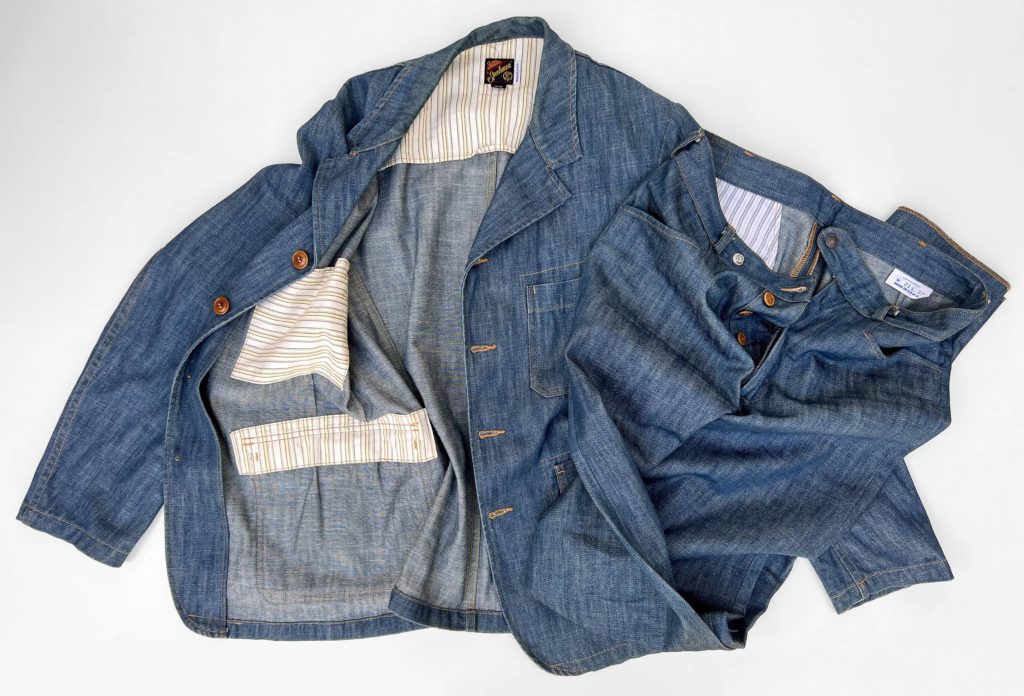
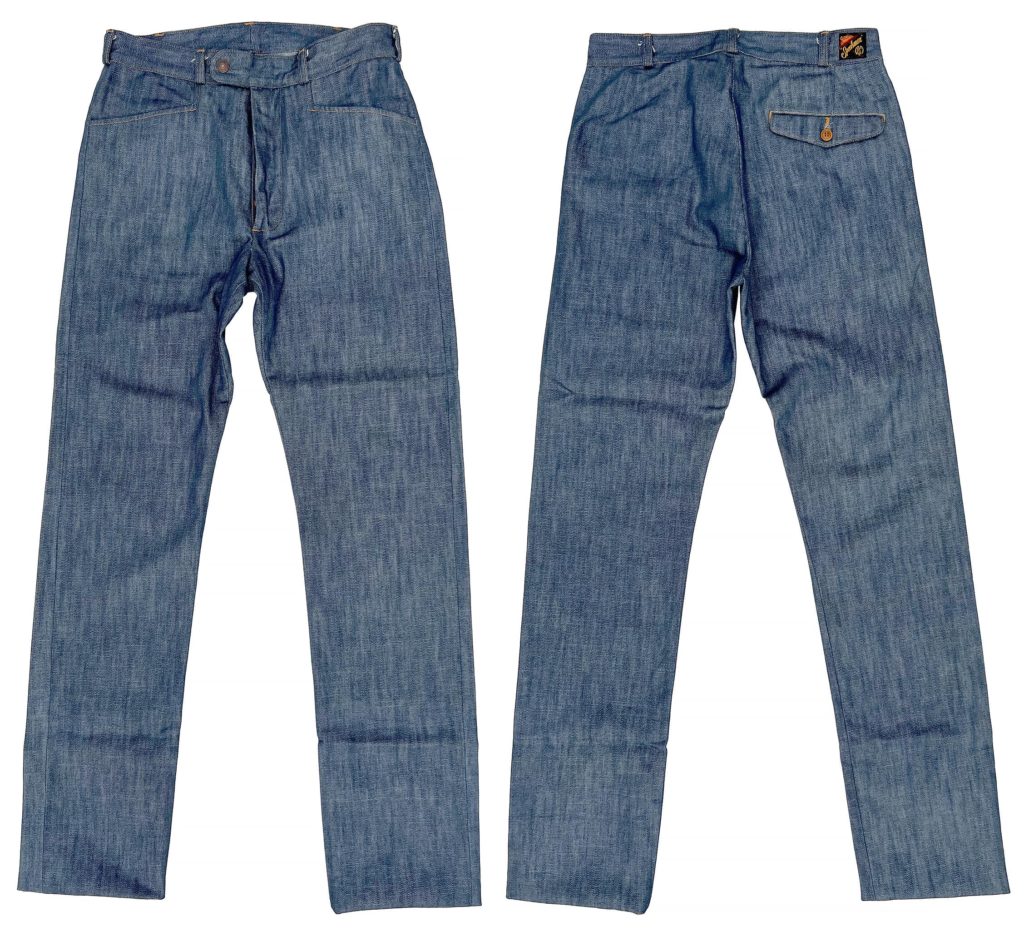
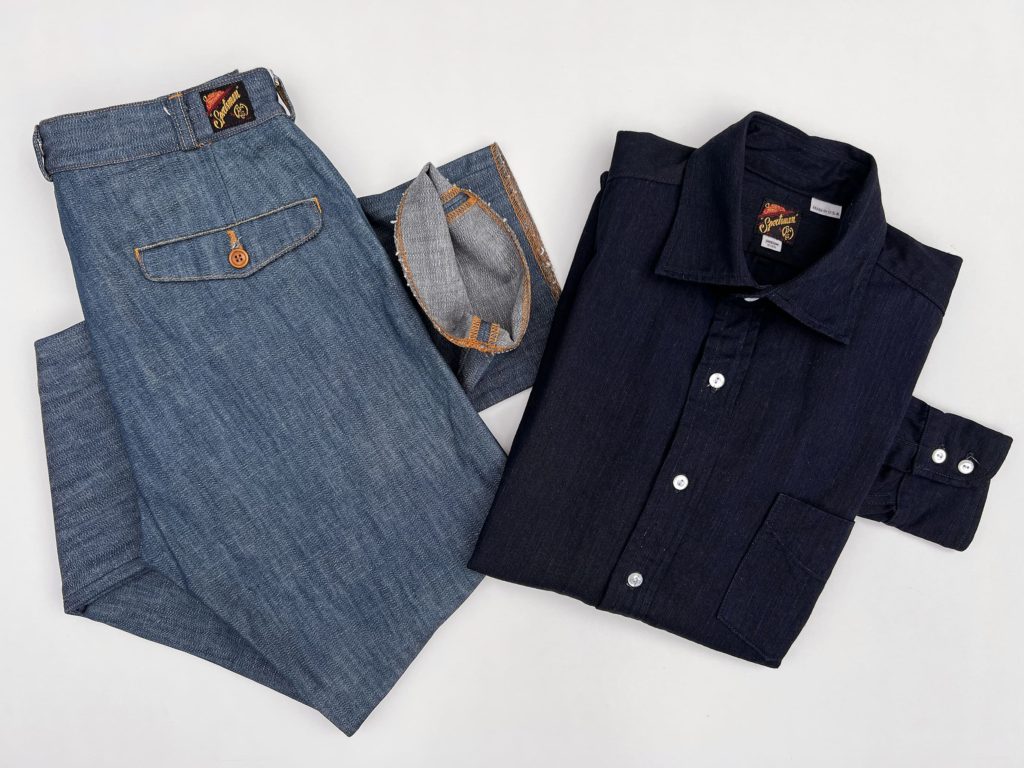
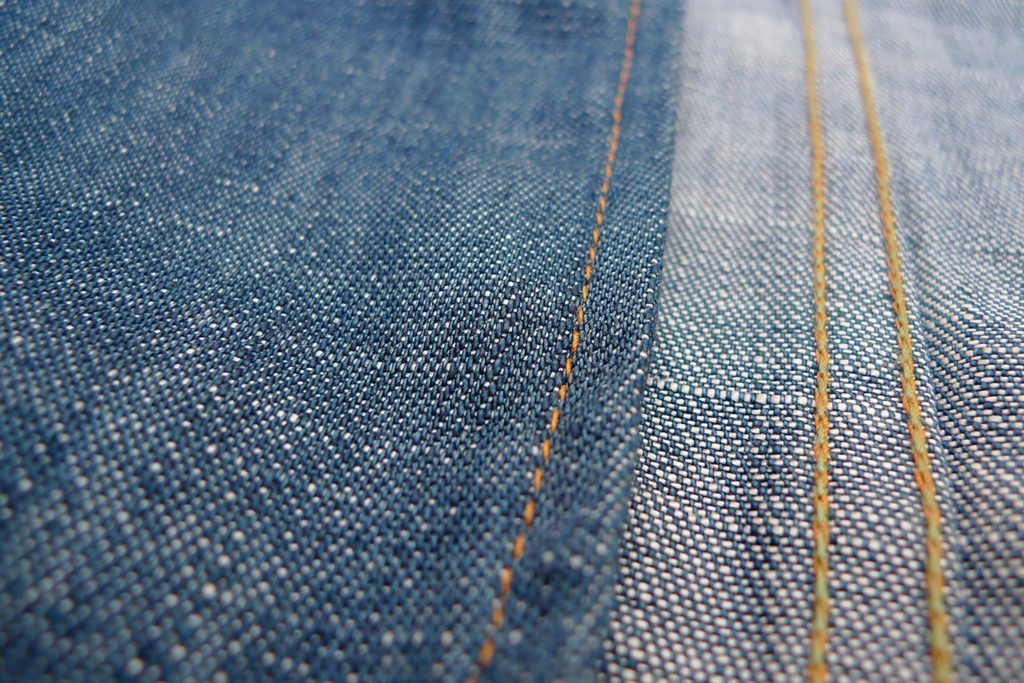
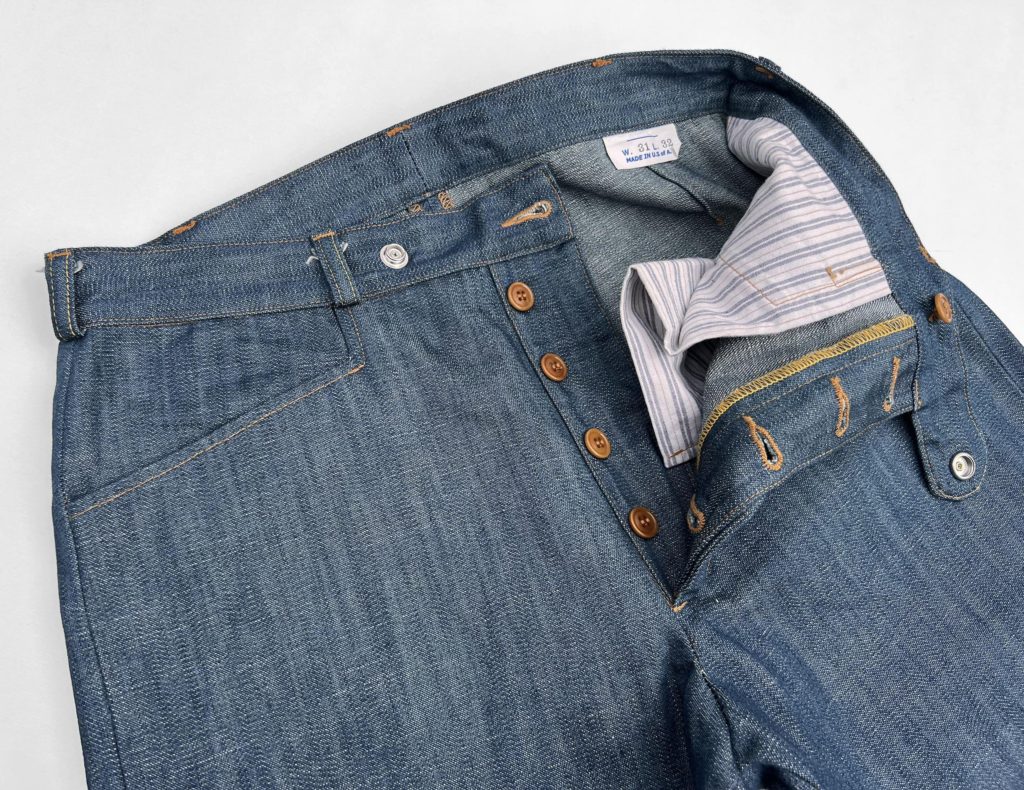
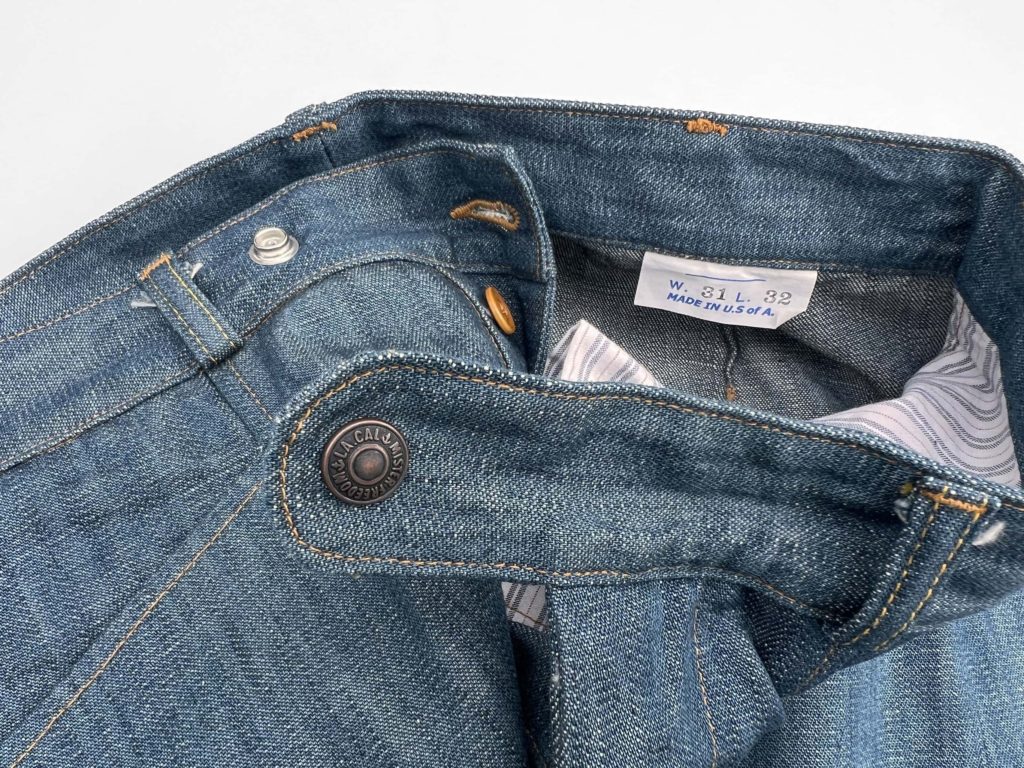
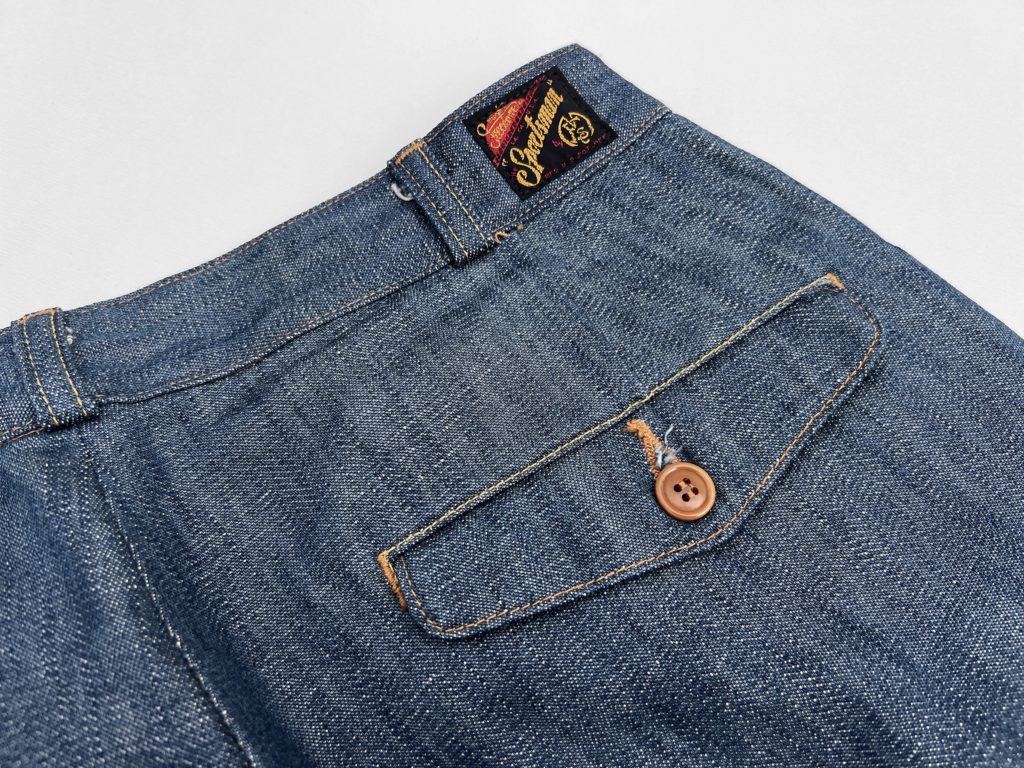
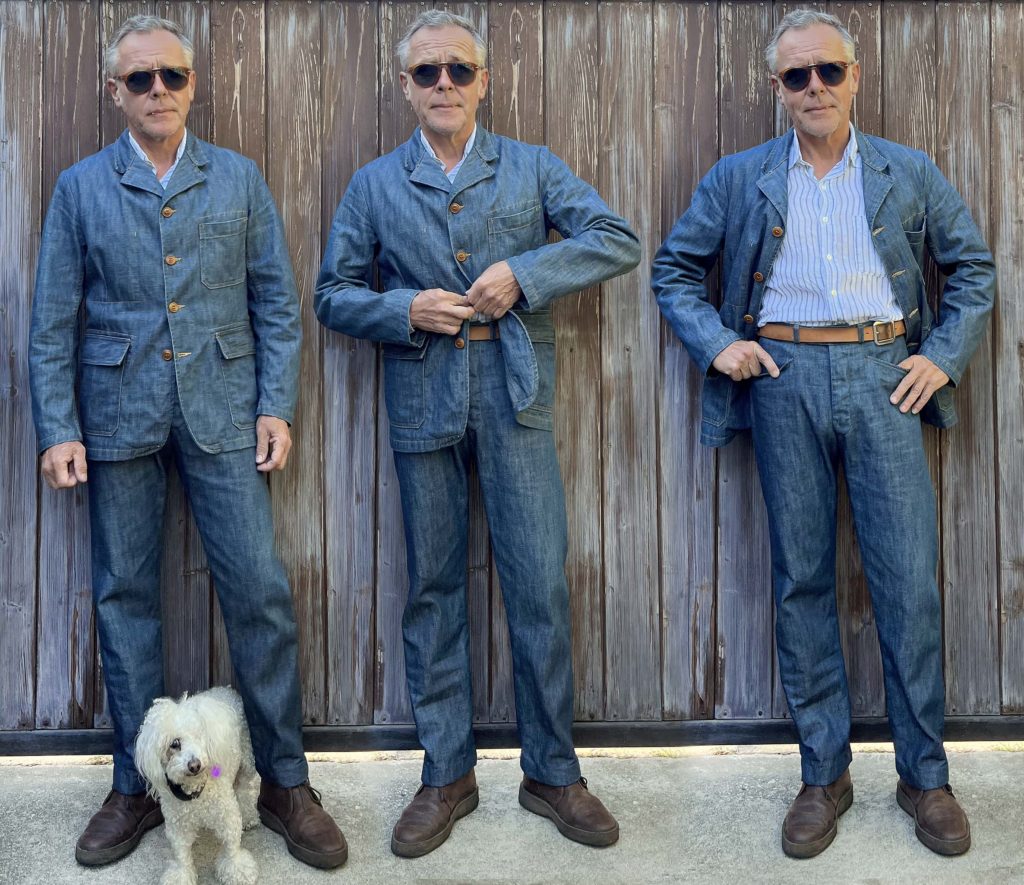
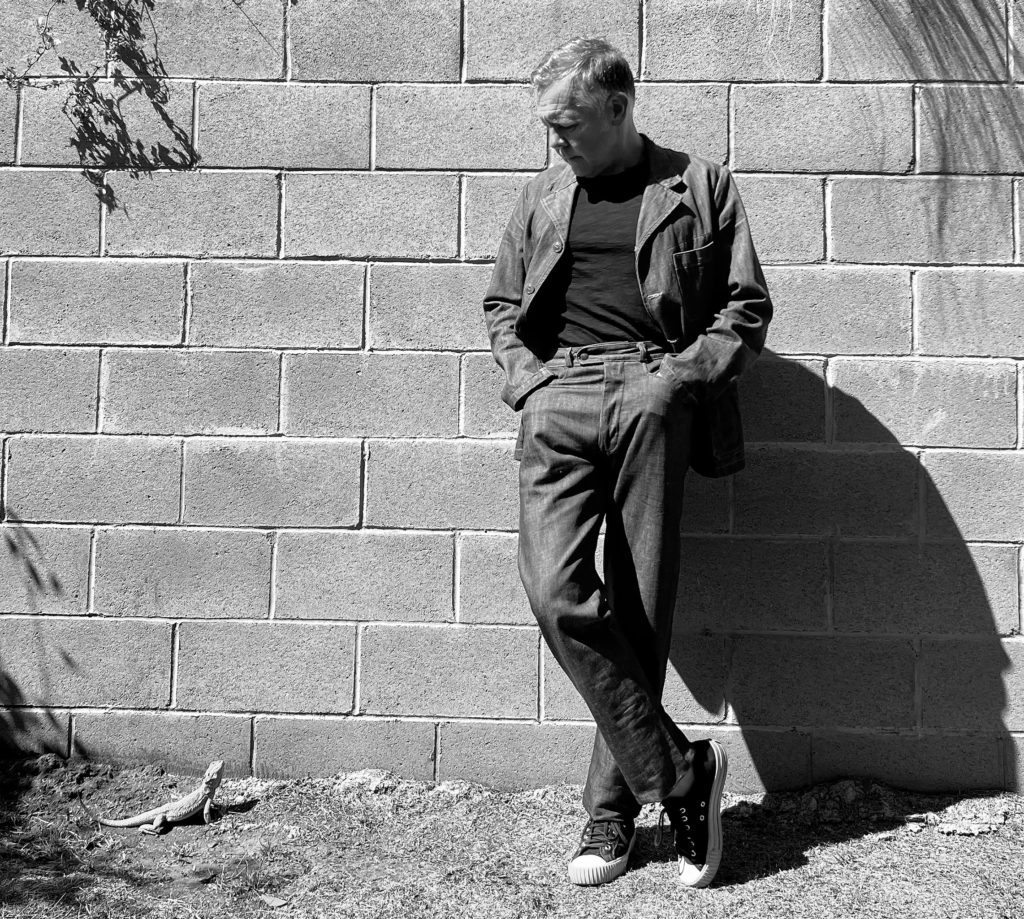
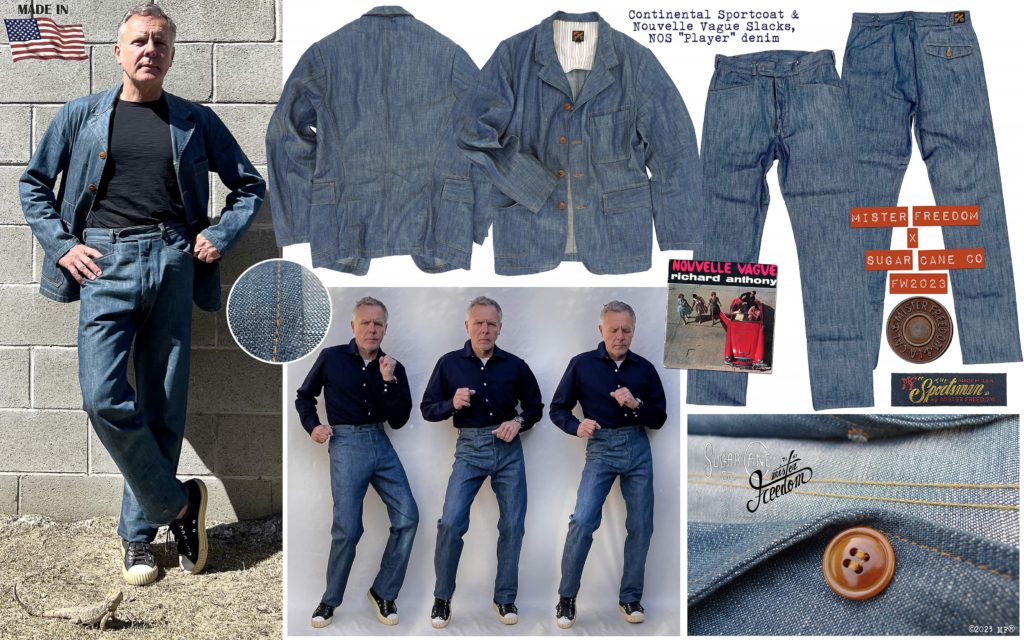
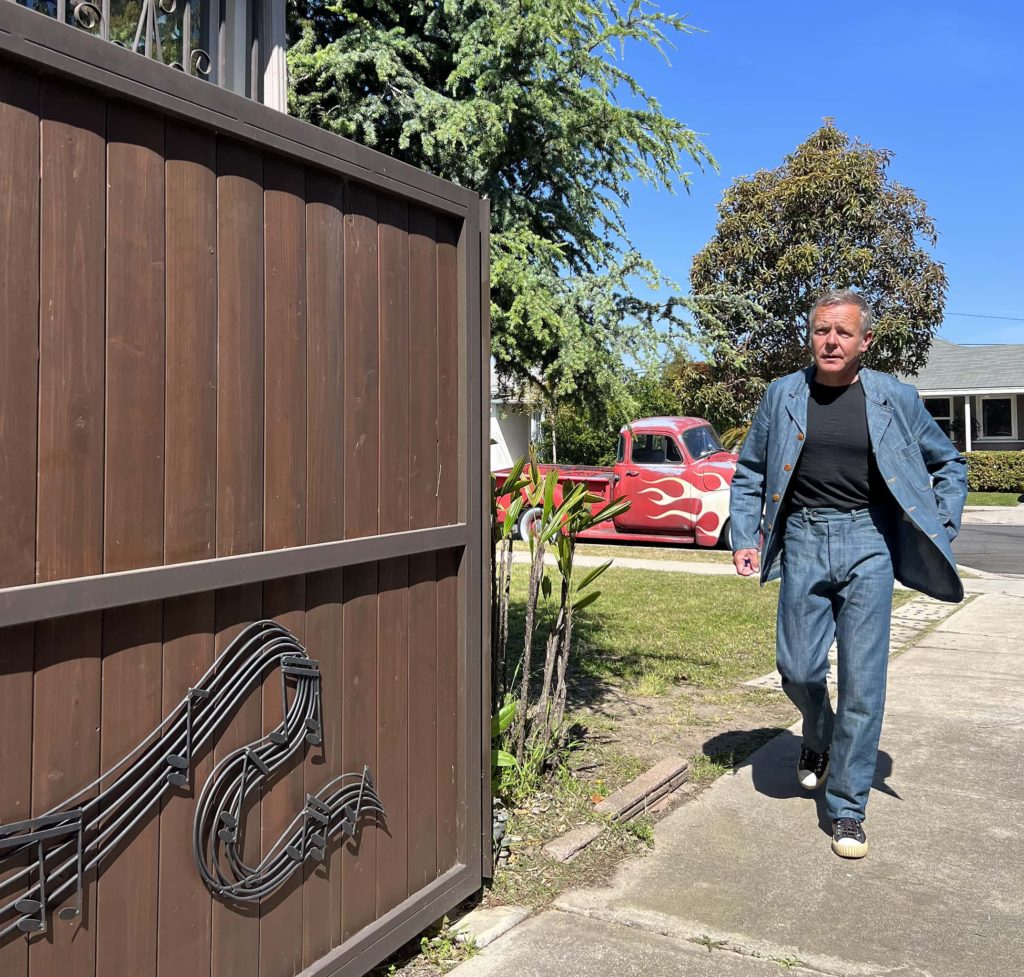
Mister Freedom® “NOUVELLE VAGUE” Slacks & Continental Sportcoat, NOS cotton-linen crosshatch “PLAYER” denim.
mfsc SS2023 “Sportsman” catalog.
Made in USA.
Mister Freedom® “NOUVELLE VAGUE” slacks and Continental Sportcoat… le comeback!
We just cut our latest trouser pattern in an mfsc old flame, the swingiest denim twill this side of a Monte Carlo black jack table, the dance hall hustler’s favorite, none other than the “PLAYER” denim!
The ‘Player’ is a 10.5 Oz. crosshatch denim twill, light indigo moss blue-green color, a slubby weave of cotton-linen blend (linen or similar natural vegetal fiber), with a 1960’s ‘sharkskin’-type sheen, milled in Europe. We first introduced this fancy fabric with the “Player” Continental three-piece Suit.
Recently released in NOS Slate Grey and Charcoal Grey denim twills, our “Nouvelle Vague” slacks pattern is inspired by an unusual pair of vintage late 50s/early 60s French casual cotton twill pants from our archives, probably tailor-made according to the simple seam construction, and the fact that they bore no branding. We revisited the design to merge the vibes of dressy slacks and denim jeans.
The frogmouth front pockets, single rear flap pocket, extended tab waistband with snap closure, narrow belt loops, choice of fabrics and unpretentious suiting vibe all blend together to give the trousers a “French Riviera” casual 1950s-60s fashion flair.
We kept the overlock inseam/outseam/seat construction of the vintage custom-made original, for easy fit alterations with a single-needle machine. See the original twill pants below, with a bit of the R&D process.
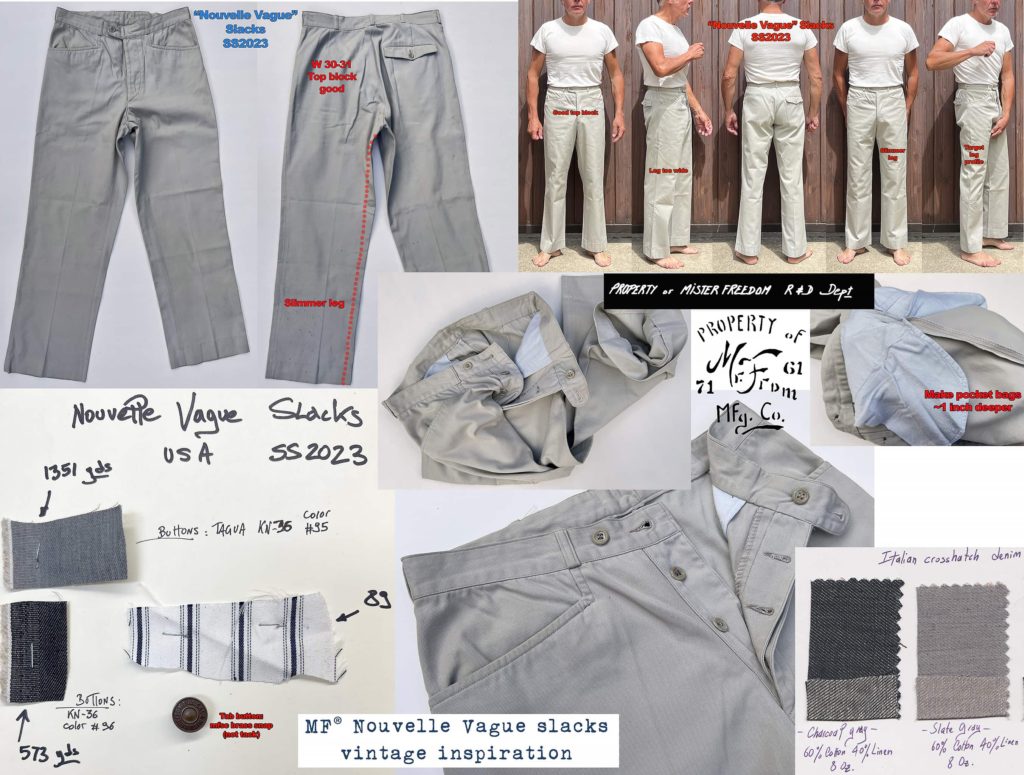
To add an irresistible 60’s-70’s ‘leisure suit’ touch to our “Player” set, we enhanced the construction with an orange/yellow combo contrast stitching. Now that’s fly, borderline funky fresh.
The lining/pocketing are also New Old Stock finds, fancy woven stripe 100% cotton twill for the Sportcoat, and 100% cotton “Americana” woven stripe for the slacks. Two distinct fabrics, but similar, conveying an old-school hustling tailor inclination to use-up all available lining fabrics on hand.
The ‘Player” Continental sportcoat and Nouvelle Vague slacks are offered separately, but are available as a specially-priced “Huggy Bear” set, for the stylish high-rolling good fella keen on the Las Vegas meets French Riviera look.
The MF® Continental Sportcoat and Nouvelle Vague Slacks “Player” Edition suit is designed in California by Mister Freedom® and manufactured in California, USA, by Mister Freedom® in collaboration with Sugar Cane Co.
SPECS:
PATTERN:
All original mfsc (Mister Freedom® x Sugar Cane Co) sportcoat, and trousers patterns, a classic blend of 1950s, 60s and 70s vibes and silhouettes, mixing European and American vintage styles.
FABRIC:
NOS 10.5 Oz. crosshatch denim twill, light indigo moss blue-green color, slubby weave of cotton-linen blend (linen or similar natural vegetal fiber), with a 1960’s ‘sharkskin’-type sheen, milled in Europe.
Lining/pocketing: Mix of New Old Stock fancy woven stripe, 100% cotton.
DETAILS:
“PLAYER” Continental SPORTCOAT:
* Unstructured silhouette.
* Lightweight and soft, perfect traveling companion.
* High 4-button front, classic notched lapel.
* Amber color corrozo wood butons.
* Half shoulder floating lining.
* Side hip patch pockets with flaps, single chest patch pocket.
* Concealed (passport) chest pocket.
* Pocket openings reinforced on the inside with backing fabric.
* Form-fitting no-vent back panel.
* Contrast orange 100% cotton stitching, clean caballo flat-felled seam construction, no open edges or overlock.
* Made in USA.
“PLAYER” Nouvelle Vague SLACKS:
* Vintage French 1950s-60s fashion, casual yet elegant sportswear vibe.
* Straight leg period silhouette.
* “Frogmouth” front pockets.
* Button fly, corrozo wood buttons.
* Extended waistband tab with snap waist closure, featuring original MF® branded brass snap button.
* Single rear welt pocket with buttoned flap.
* Slim belt loops, will accommodate 1¼ wide MF® x VEB belts.
* Fancy woven stripe pocketing.
* Flat front & darted rear panel for an attractive top block side profile.
* Overlock inseam/outseam/seat construction.
* Tonal stitching.
* Tailor shop-style unfinished overlocked leg bottom, to suit your cuffing preferences.
* Original “The SPORTSMAN” woven rayon label on rear waistband, concealed under the belt.
* Made in USA.
SIZING/FIT:
This explains how we size and measure our garments.
The MF® “Player” Continental Sportcoat and Nouvelle Vague Slacks both come raw/unwashed.
We recommend this usual routine before wearing the garment, as the tagged size reflects the measured size after going through this simple process:
- Cold soak in a tub for about 30-40mn, with occasional hand agitation.
Both sportcoat and slacks are considered true-to size. The “Player” denim fabric and the stripe cotton lining are pretty much sanforized, but puckering and roping resulting from the rinsing process will slightly alter the fit and drape.
Please refer to sizing chart for post cold soak measurements.
At 5’7 and ~145 lbs, I opted for a comfortable size 38 Sportcoat and slim W30 slacks (some of the fit photos feature a W31 prototype.)
Trousers hemming: After the initial soak/hang dry process, we recommend settling down on the final length of the bottom hem after gently wearing the trousers around the house a bit. The crispy cotton-linen fabric tends to naturally bunch/wrinkle and pull the leg up slightly. Letting this specific fabric react to your own body for an hour or so will allow you to decide on a proper classic leg break that works for you.
I went with a DIY blind (hand) stitch 1¼ inch hem.
Make sure you fully rinse the garment before you commit to cropping the leg to your cuffing preference. Style-wise, we recommend hemming and not “roll-up” cuffing.
CARE:
Machine wash on DELICATE when laundering is needed, cold water, mild eco-friendly detergent. Hang dry.
Refrain from using the “heavy-duty” cycle setting on your home washer. Using a heat dryer is also not recommended and may result in excessive and irreversible shrinkage.
Available from www.misterfreedom.com, our Los Angeles brick & mortar store, and fine retailers around the World.
Email sales@misterfreedom.com or call 323-653-2014 with any questions unanswered above.
Thank you for your support.
Christophe Loiron
Mister Freedom®
©2023

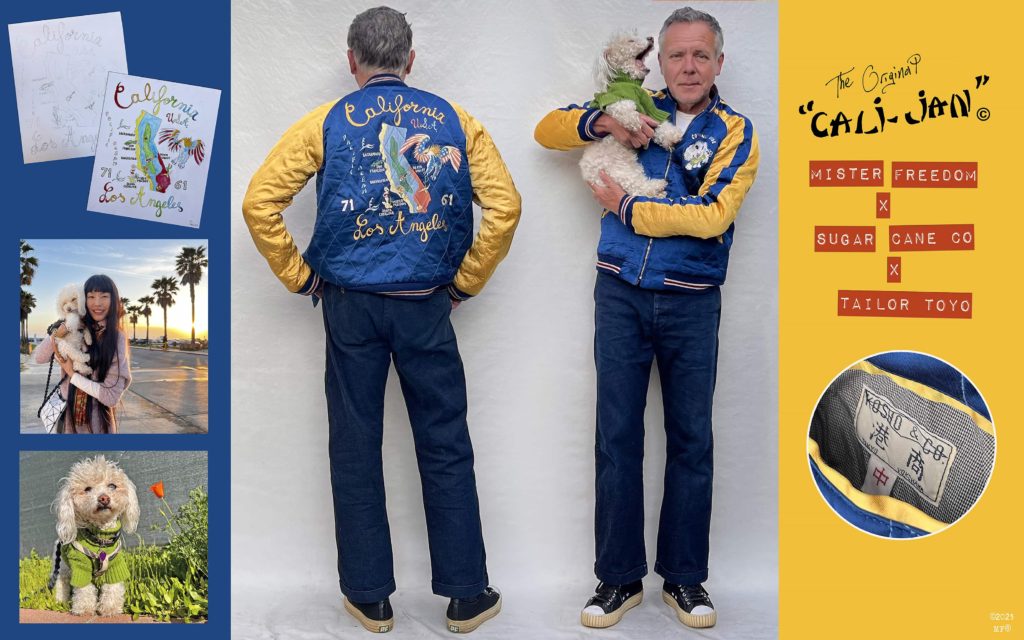
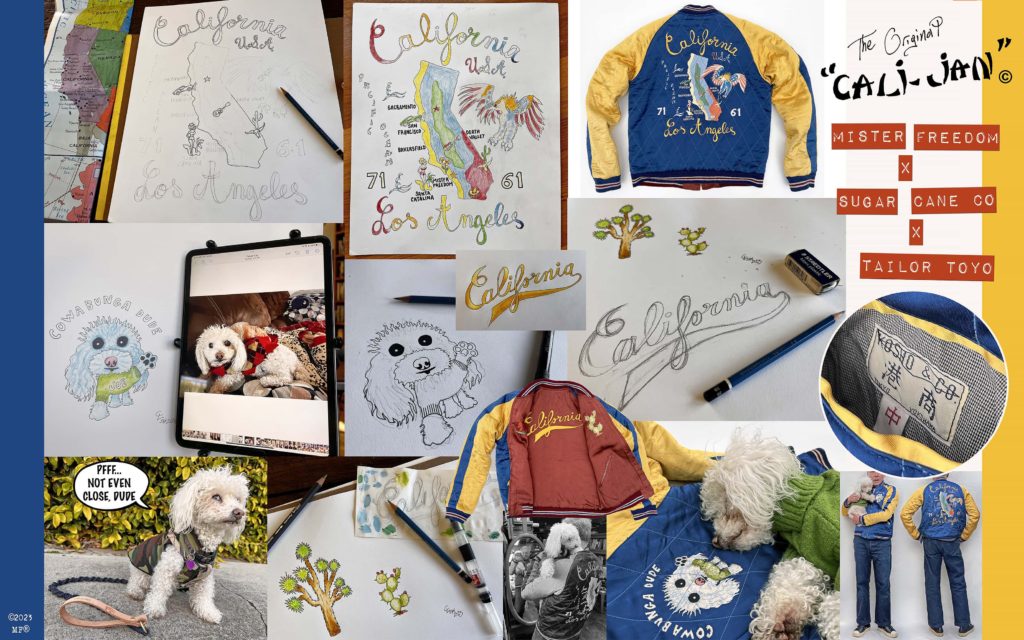
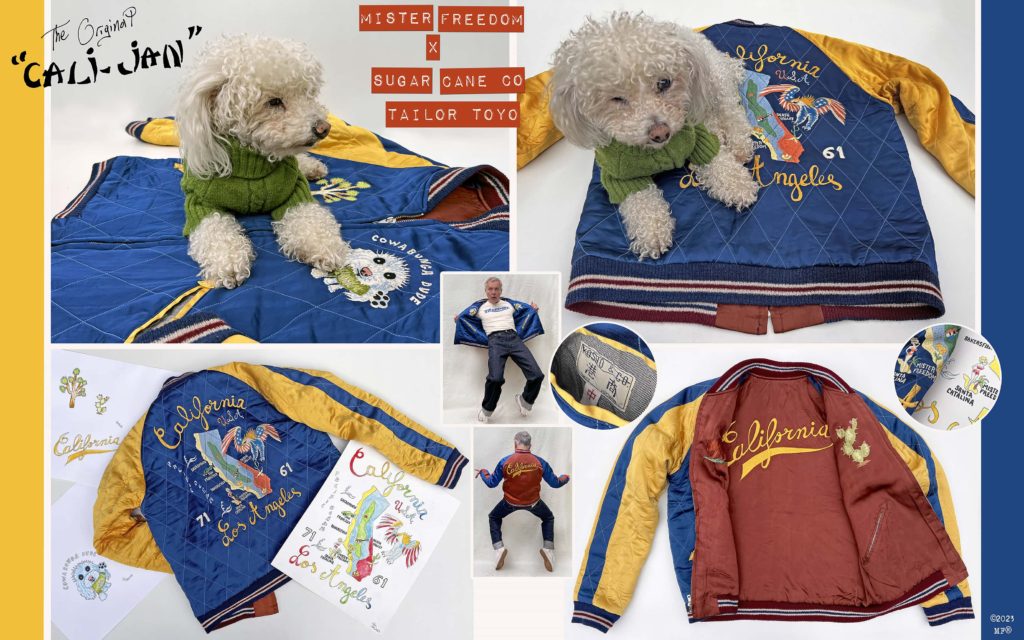
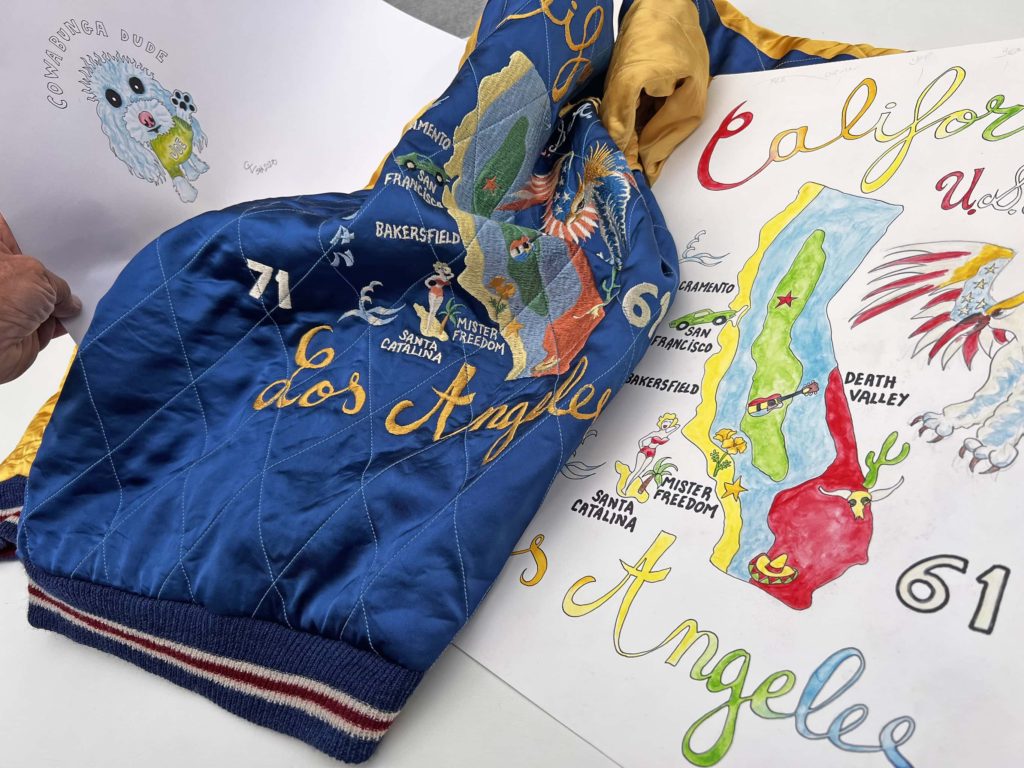


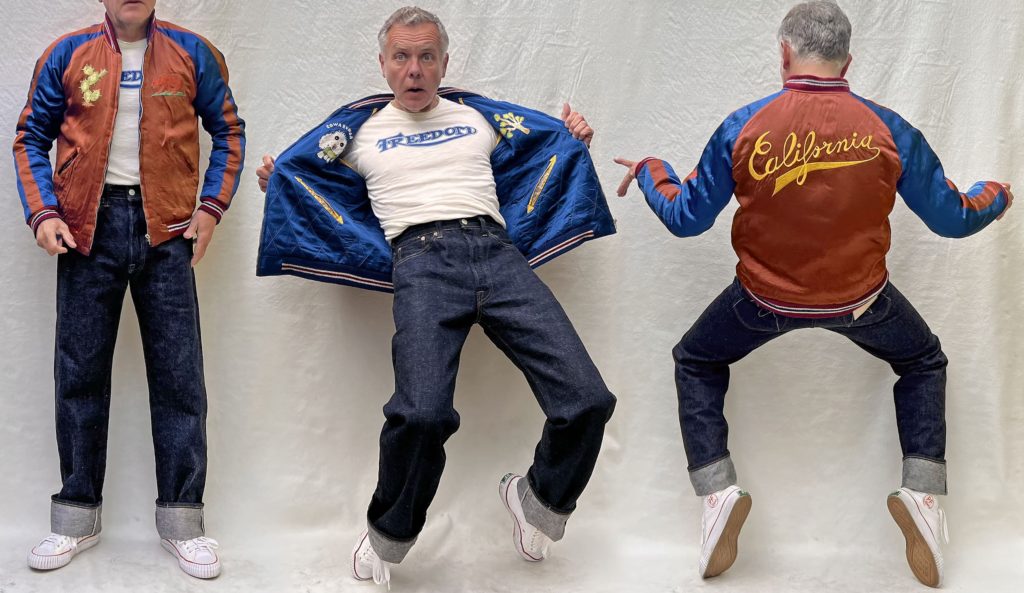
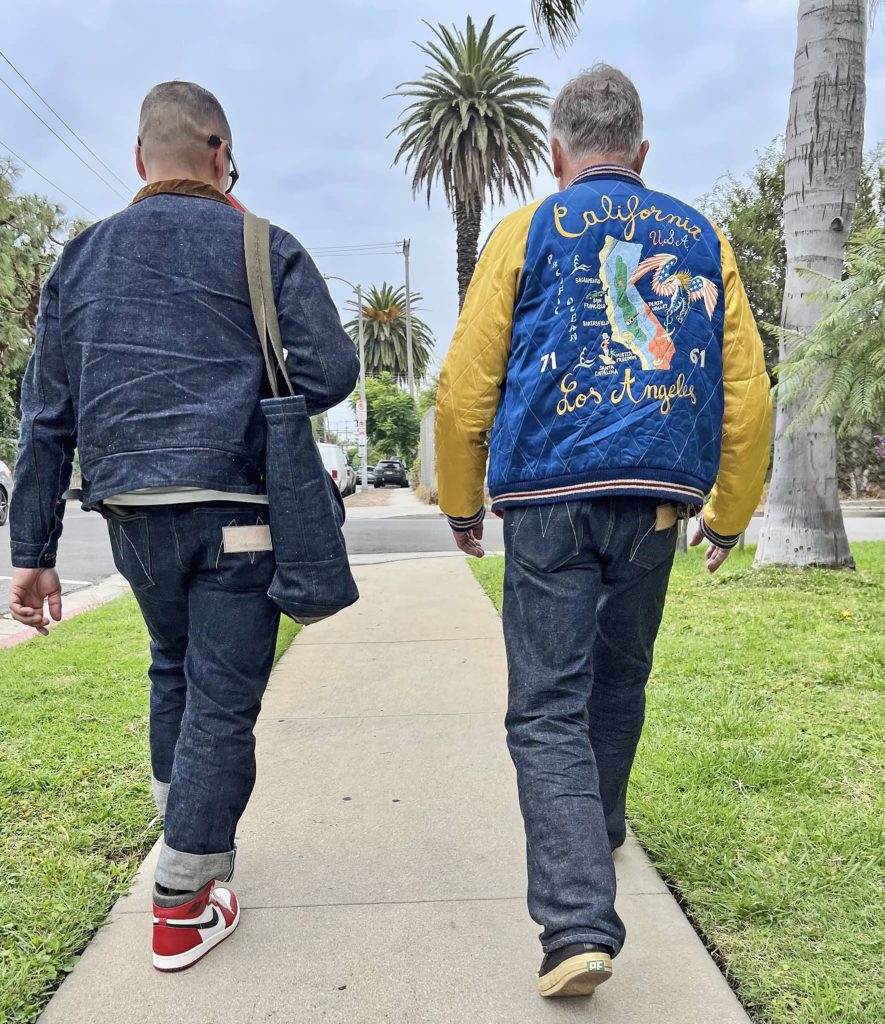
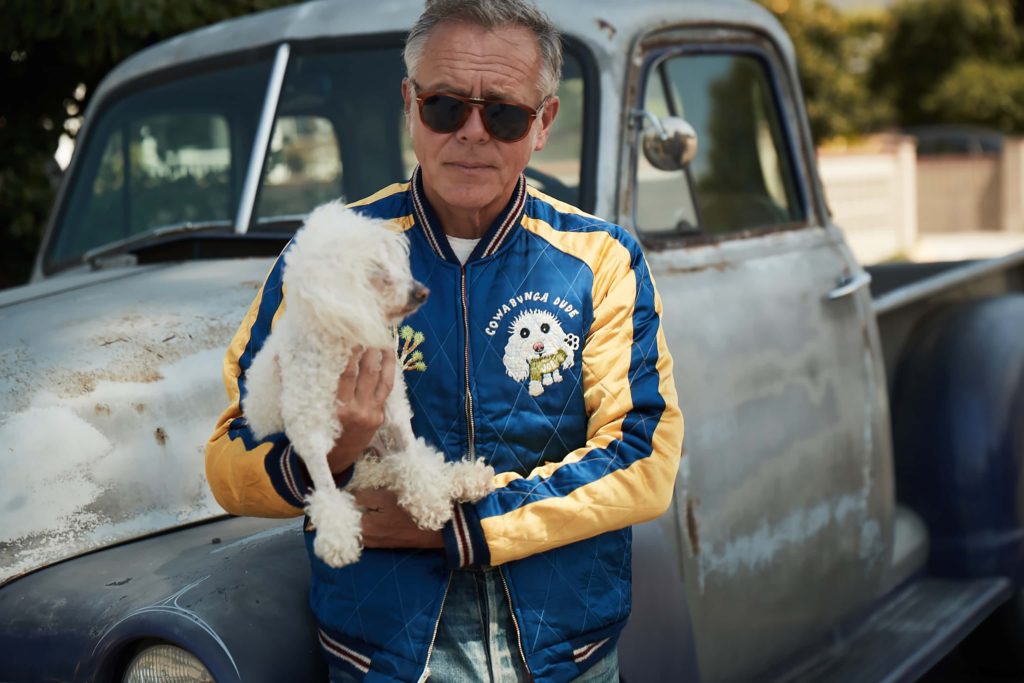
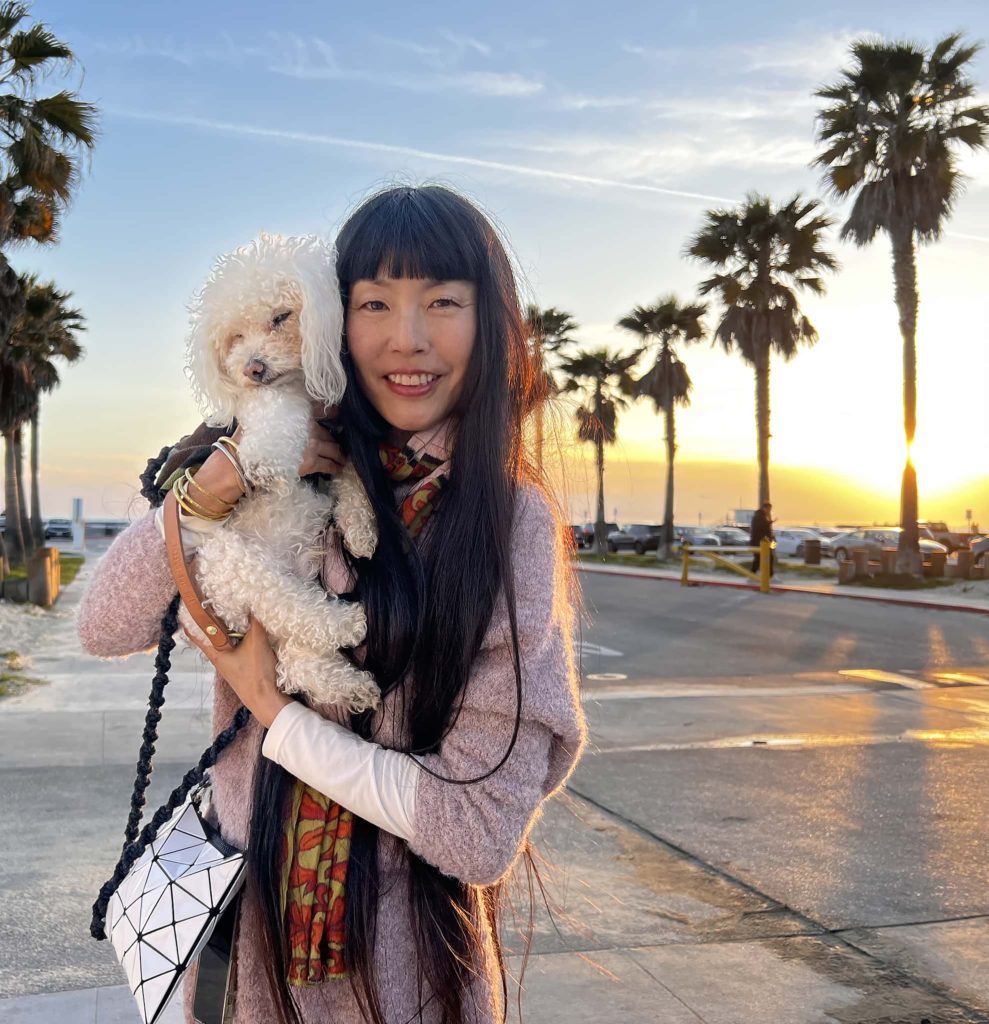
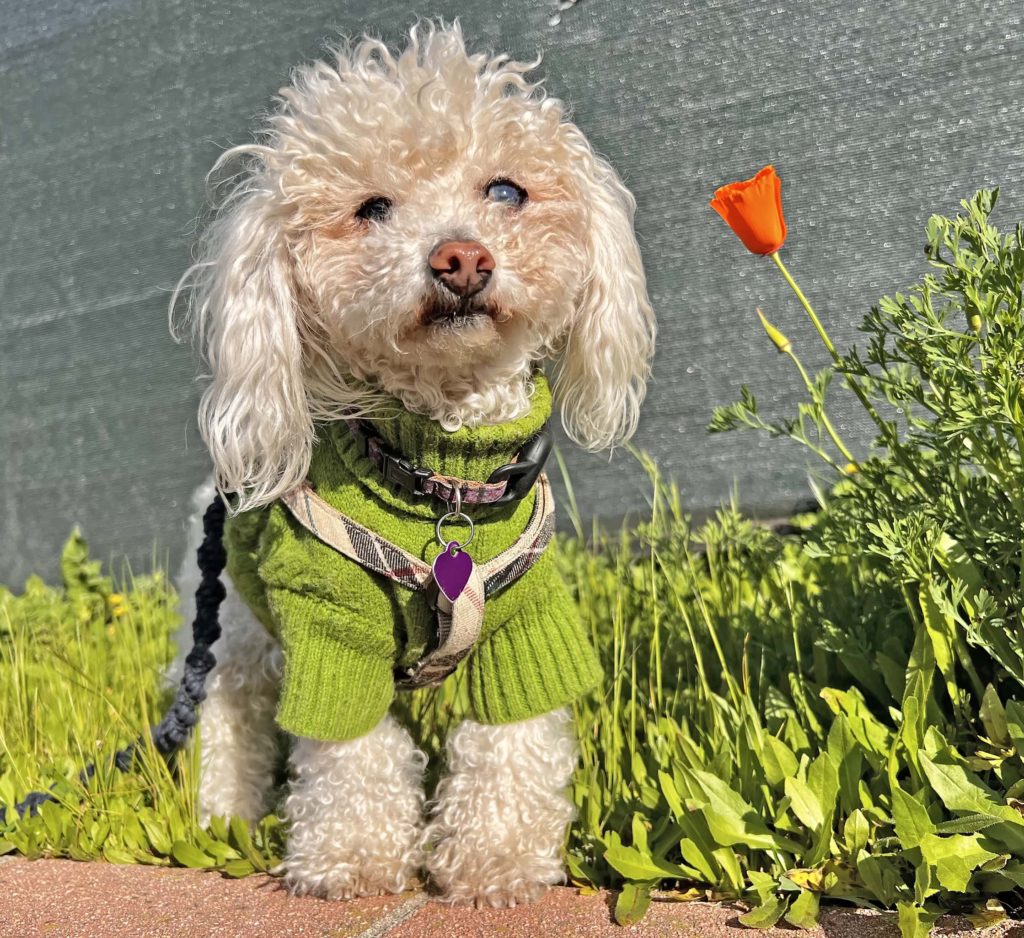
MF® “CALI-JAN” souvenir jacket
Mister Freedom® x Tailor Toyo 2023
Made in Japan
Our initial collaboration on an old-school souvenir-type jacket with “Tailor Toyo” was the “Party Jacket” (2015 Saigon Cowboy collection, aka Charlie-gate), followed by the “Mururoa Jacket” (mfsc 2016 Anniversary Collection) and moon landing with the “Apollo ’69 Jacket” in 2017.
Tailor Toyo is undeniably the world’s most legit manufacturer of traditional Sukajan (スカジャン) garments, i.e. the flashy embroidered jackets everyone into heritage fashion is familiar with today. See my 2015 ramblings for a deep dive into the historical background of those jackets.
For those noticing the “Kosho & Co” paper tags, this was an old established Japanese fabric trading company. It merged with TOYO Enterprises around 1965. Tailor Toyo took over Kosho’s souvenir jackets’ business at the time, and has been considered the most legit producer of traditional and authentic Sukajan since.
The name “Sukajan” originated in the port of YOKOSUKA, Japan, sometime in the late 1940s. After becoming a U.S. Navy base in 1946, local traditional silk embroidery tailors started seeing a demand for customized uniforms, eventually leading to creating flashy original custom-made jackets (jumpers) for military personnel stationed in occupied Japan. The jackets, featuring elaborate Japanese motifs and at-times boasting unit/branch pride blended with local flavor, were intended to be worn off-duty, or as bring-home souvenirs. Kid-size Sukajan that pop up on the vintage market once in a while are surviving examples of happy “Daddy’s home!” moments.
This customization practice was probably inherited from the old naval tradition of personalizing one’s gear (hand-painted sea bags with mermaids and the likes, concealed hand-stitched “branding” eventually evolving into the concept of “liberty cuffs”), and taken to the next level by the US Asiatic Fleet touring exotic locations where skilled tailors offered their services for affordable bespoke uniforms.
After some sustained popularity with post-WWII American troops stationed in Europe and with US Armed Forces during the Korean War (1950-53), the Sukajan made a splashy comeback with boots on the ground involved in the Vietnam conflict (1954-75).
Those 1960s-era South-East Asia Sukajan are also referred-to as Viet-Jan (aka Vietjan, or vietojam, whatever works phonetically in Japan.) These are often way less PC than their Japanese forefathers. Most vintage VietJan convey the gung-ho vibe of period military morale patches, not exactly everyone’s cup of tea – or rather “half oat milk/half regular organic milk iced cappuccino, I appreciate you, thanks” – in today’s new paradigm of softer “cancel culture”.
Embroidery designs to choose from in local shops were many while in country. The catchy rocker “When I die I’ll go to Heaven because I’ve spent my time in Hell” was a popular classic, often riding atop a colored map of South East Asia, with North Vietnam, South Vietnam, Laos and Cambodia embroidered in four primary colors. Thailand got lost, blending in the color of the jacket base fabric.
The style of embroidery techniques and jacket bodies greatly differed according to the Theater of Operation. Japan-made Sukajan mostly flashed elaborate machine-made embroideries using fine silk threads on rayon acetate or velvet bodies, and were often reversible. A more discreet “B” side was an option the wearer might find better suited for specific occasions or civvy crowds. Vietjan tended to feature hand-stitched cotton yarn embroideries on a cheap black cotton twill body, or a GI-issued ERDL poncho liner, and lined with whatever recycled fabric was around. Authentic vintage Sukajan and Vietjan are highly collectible today, and valuable slices of History no one can/should erase.
For our CALI-JAN project, we wanted to merge both vintage 1950s Sukajan and 1960s Vietjan vibes, and, for the graphics, remove military references while paying tribute to our beautiful State of California… Simple task. After a bit of creative R&D, eureka, we had our “could have existed” design plan!
We decided to go with a map of California as the main rear panel statement, but in the style of Vietjan four-color maps. Versions of this idea had been explored before, but, from what I quickly gathered on the interwebs, using cheap silkscreening prints or computer-operated embroidery machines producing mass volumes, rather than the authentic period style hand-operated machines that actually required an operator’s dedication and skills. This artisanal way of applying embroidered motifs is sometimes referred-to as “free embroidery” (i.e. not automatic/programmed), where the operator moves the fabric panel under the fine needle in order to fill-in sections/render shading/change direction etc.
Anyone who’s tried their hands at old-school chain-stitching with an antique Cornely or Singer 114w103, although a totally different process and set of skills, may relate to the tediousness and challenge.
On the graphic front, we had room to play, these are the references for the “A” side:
First off, blue and gold is not only a traditional and desirable color combo for 1950s vintage rayon acetate Sukajan, but they also happen to be the official colors of the State of California.
On the chest stands the mighty JOE GREENE, our 12 yo Toy Poodle, 8 1/2 pounds of pure resilience and badassness, venerated patriarch of the MF® family.
“Cowabunga, dude” is an expression associated with vintage surfing culture (surf is the actual official sport of the State of CA), a dated line roughly meaning “cool, man!” while conveying surprise. Joe (like Charlie) don’t surf, but he’s 100% California native.
The Joshua tree is an endangered and very rare species of US Southwest desert trees, symbol of JT National Park and the Mojave Desert, and CA desert culture. Don’t mess with them.
For the map graphic, there are several ways to split California in sections, some politically controversial. We opted for the four main natural geographical regions. Yellow is the Pacific Coast, blue are the mountainous areas, green the Central Valley, and red the desert.
We playfully only selected a few cities to highlight:
* Sacramento: makes sense as our State Capital.
* San Francisco: not referenced on the map by its usual Golden Gate Bridge but rather by Frank Bullitt’s 1968 “highland green” Ford Mustang GT.
* Bakersfield: small town, home of the Bakersfield Sound (a specific Country & Western music style/sound), pinned on the map by Buck Owens’ Mosrite Guitar-made patriotic red/white/blue acoustic, brought to fame on his popular TV show Hee-Haw.
* Los Angeles: of course, Mister Freedom®’s home at 7161 Beverly Blvd, surrounded by iconic California poppies, our beautiful official state flower.
* Santa Catalina Island: my favorite CA island, thanks to a few fabulous Aliens from out of this world (Allyn/Scott/Jillian/John/Mario/…)
Norma Jeane is striking the pose on a beach in Avalon, far from Hollywood’s spotlights. She briefly lived on the island in the mid 1940s with her first husband, one lucky Merchant Marine.
The waves and hand-drawn cursive lettering are inspired by traditional Japanese Sukajan styles.
We opted for a quilted “A” side, inspired by that vintage New Old Stock “Kosho & Co” Sukajan I scored around 1992 in an Oklahoma City, OK, remote Salvation Army store, a fun anecdote related here if you’re bored.
For the “B” side, we opted for a complimenting rayon blue/red color combo, non-quilted construction.
The hand-drawn “California” lettering of the back has more of a vintage satin baseball jacket style, reminiscent of 1950s club jackets. Spin some old school street-corner harmonies like “The Wanderer” (1961) by Dion & the Belmonts and watch the 1979 flick for the Wanderers gang ref.
The California Republic’s “brown grizzly bear walking a patch of green grass” adopted in 1911 was an obvious choice for the “B” side chest, flanked by a thorny succulent, because who doesn’t like a wheel cactus…
Our choice of traditional two-sided red/white/blue ribbed knit trims for cuffs/waistband/collar completes the picture. This loosely-knit wool blend ribbing is typical of authentic Sukajan, and is a far cry from contemporary stretchy elastic webbing used on modern athletic jackets.
As always, the design part (i.e. doodling) was the easiest. Rough drawings and confusingly-worded round-eye instructions were passed on to the experts at Tailor Toyo. They looked at it all, stared at each other, shook heads and rolled eyes, yet went to work to make it all happen!
Sketches were translated into embroidery patterns for sample making. Many adjustments followed until everyone was happy with the final prototype.
Months later, expert embroidery machine craftsmen with decades of experience worked their magic for one single, labor-intensive very limited production run.
There it is.
The MF® x Tailor Toyo “CALI-JAN” souvenir jacket is designed in California, USA by Mister Freedom®, and crafted with love in limited edition in Japan by Toyo Enterprise.
SPECS:
PATTERN:
An original mfsc/Tailor Toyo pattern inspired by 1950s Sukajan and 1960s Vietjan souvenir/tour jackets.
FABRIC:
Fine 100% rayon acetate twill “A” and “B” sides.
Quilted “A” side with 100% cotton fiber batting (padding).
DETAILS:
* Authentic vintage Japan-made “souvenir jacket” style, inspired by 1950s-1960s off-duty custom-made jackets sported by US Armed Forces personnel stationed “in country”.
* All original MF® artwork, blending vintage Sukajan and Vietjan aesthetics.
* Fully reversible, “A” side blue/gold with quilted pattern, and “B” side dark red/blue.
* Traditional Sukajan silk thread embroidery work performed by expert Japanese craftsmen with decades of experience on hand-operated “free-embroidery” machines.
* Vintage-style double-sided (reversible) “TYE Tokyo” metal zipper.
* Traditional 100% cotton batting backing for quilted “A” side.
* Vintage-style soft wool knit trims, loosely-knit ribbing as 1950s Sukajan originals.
* Double labelling (inside slash pocket on blue side), featuring both KOSHO & Co (the original name of the Yokohama fabric trading company that would merge with TOYO Enterprises around 1965, today the World’s most respected sukajan manufacturer under the “Tailor Toyo” label), alongside the MF® rayon woven label.
* Limited collector’s edition.
* Designed in USA.
* Crafted in Japan.
SIZING/FIT:
The Mister Freedom® CALI-JAN souvenir jacket has been carefully processed (rinsed and steamed) by experienced sukajan-expert garment professionals.
It has a vintage appearance due to the light puckering of the stitching and embroidery, and subtle shrinking of the rayon fabric. Do not attempt to hot-soak or wash this garment, it has already been processed and is ready-to-wear.
The CALI-JAN may be considered true-to-size by some, or running a bit small for others, according to body types and fit expectations. It features a slightly longer body than some of the original vintage Sukajan with their often shrunken and cropped bodies.
I now navigate between MEDIUM and SMALL in mfsc jackets, and opted for a Medium in the CALI-JAN. The SMALL fit better in length for my tastes, but was too tight in the chest. I am ~ 5.7′ / 145 Lbs.
Please refer to sizing chart for approximate measurements. Note that due to the raglan sleeve pattern, arm length is measured from armpit (not shoulder seam) to knit cuff.
CARE:
Professional dry clean ONLY, in your local eco-friendly dry-cleaning facility.
Again, DO NOT wash this jacket! This is quite a fragile garment, due to both the nature of the fine rayon twill and the intricate delicate silk-thread embroidery that could snag easily. In other words, this garment is not intended for gardening.
Available from www.misterfreedom.com, our Los Angeles brick & mortar store, and fine retailers around the World.
Email sales@misterfreedom.com or call 323-653-2014 with any questions unanswered above.
Thank you for your support.
Christophe Loiron
Mister Freedom®
©2023
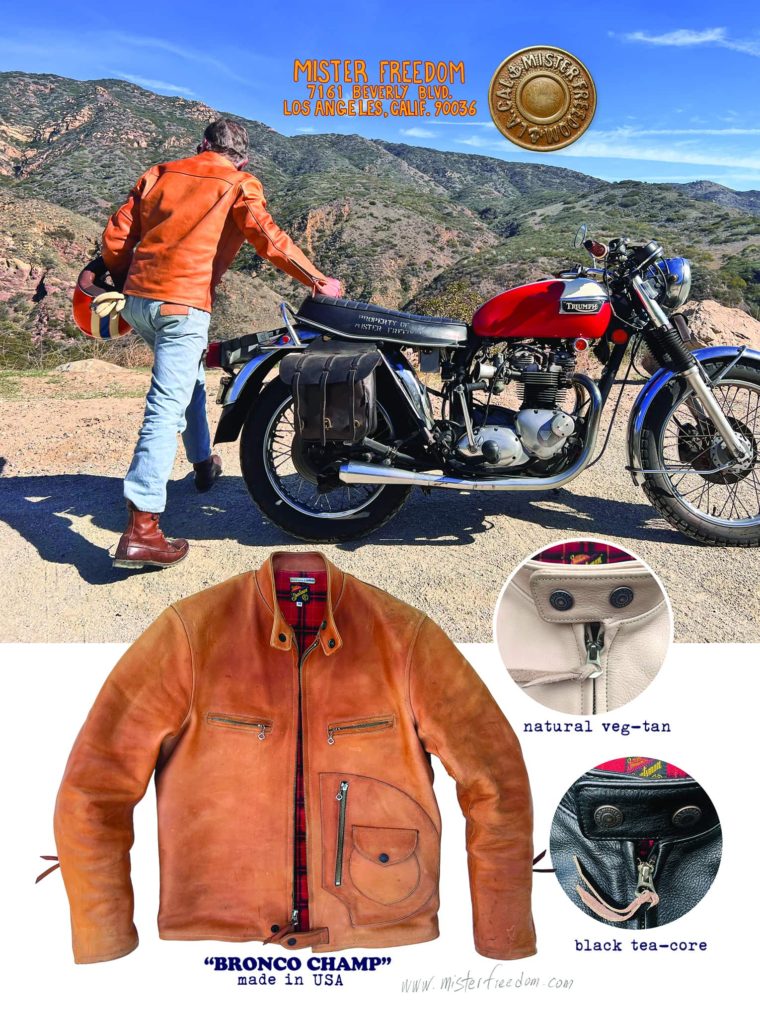
 Aaaaai… 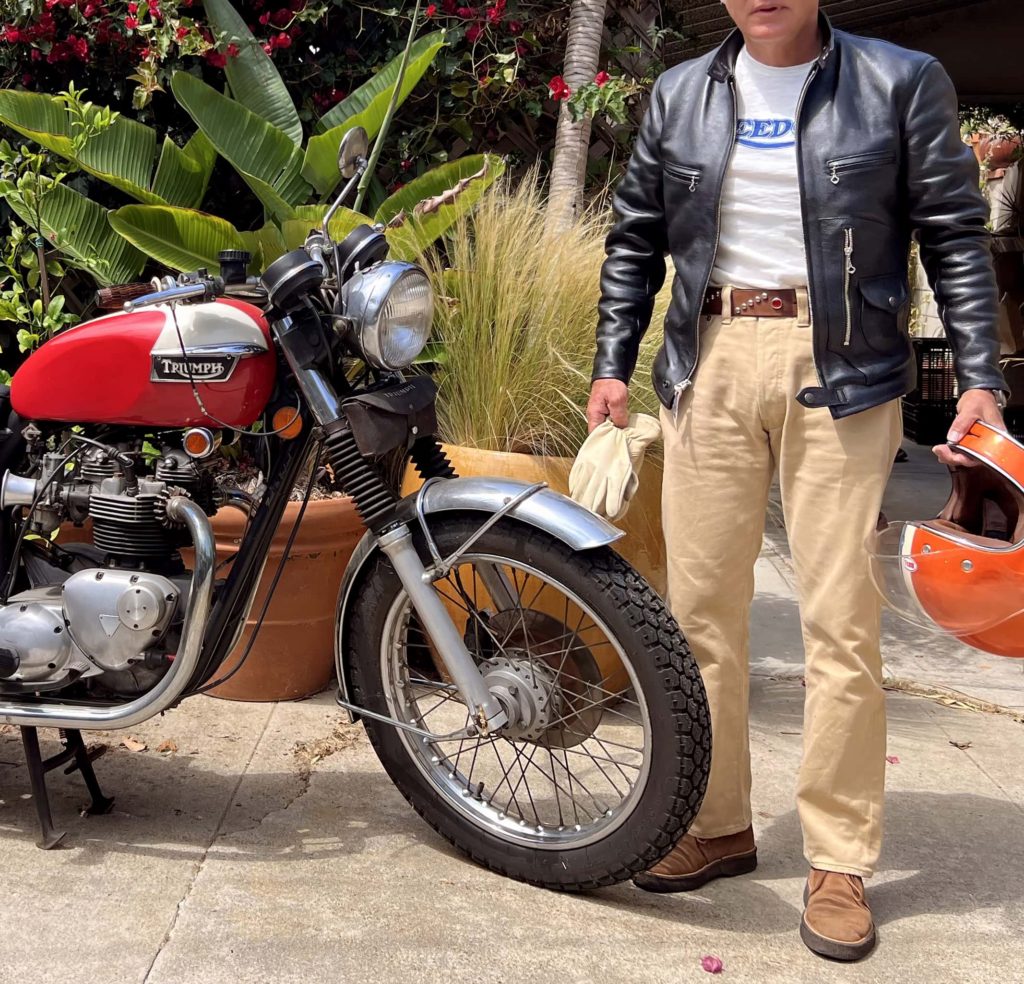
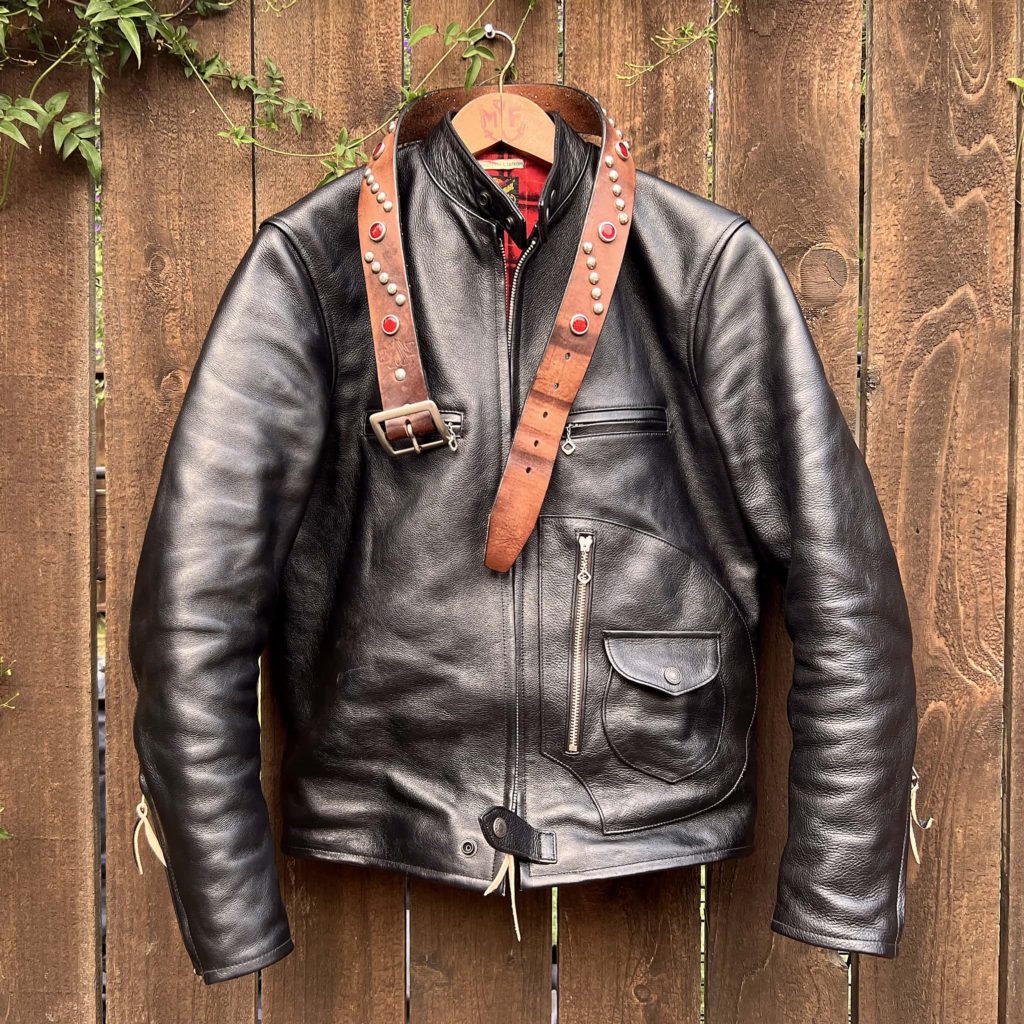

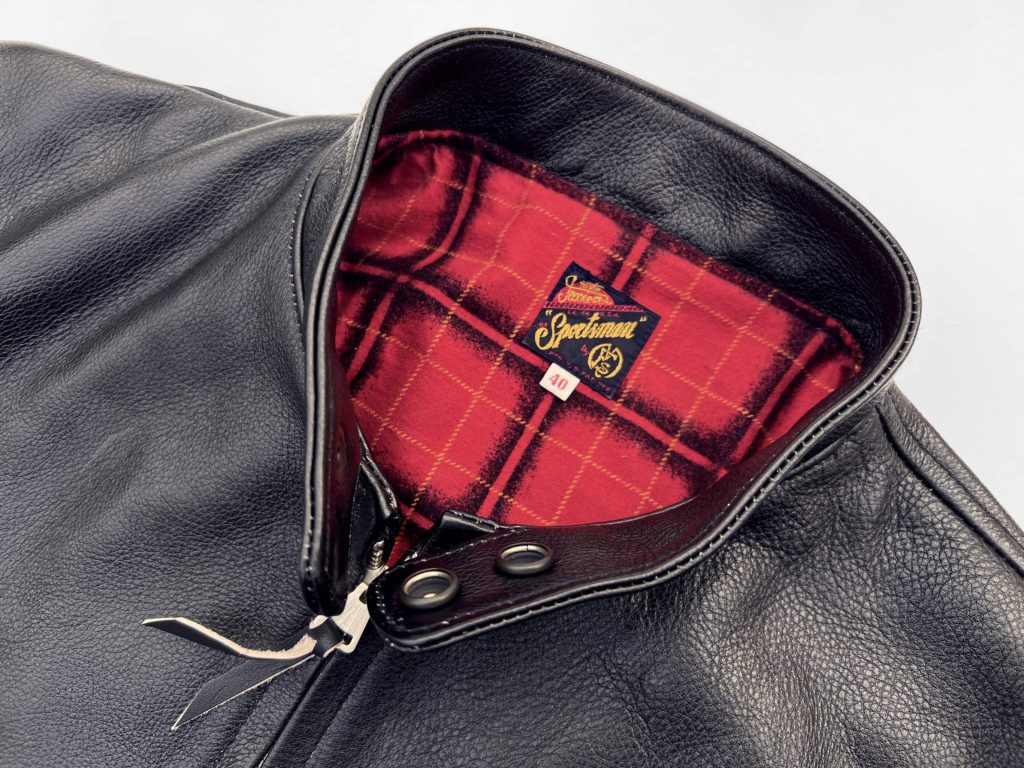
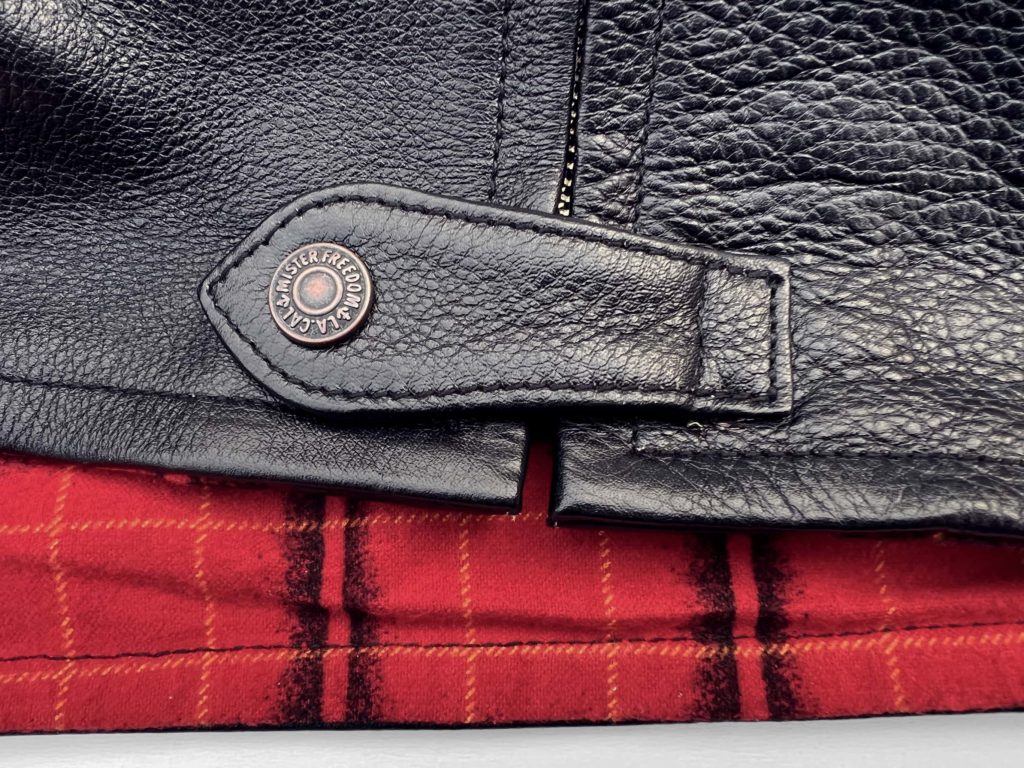
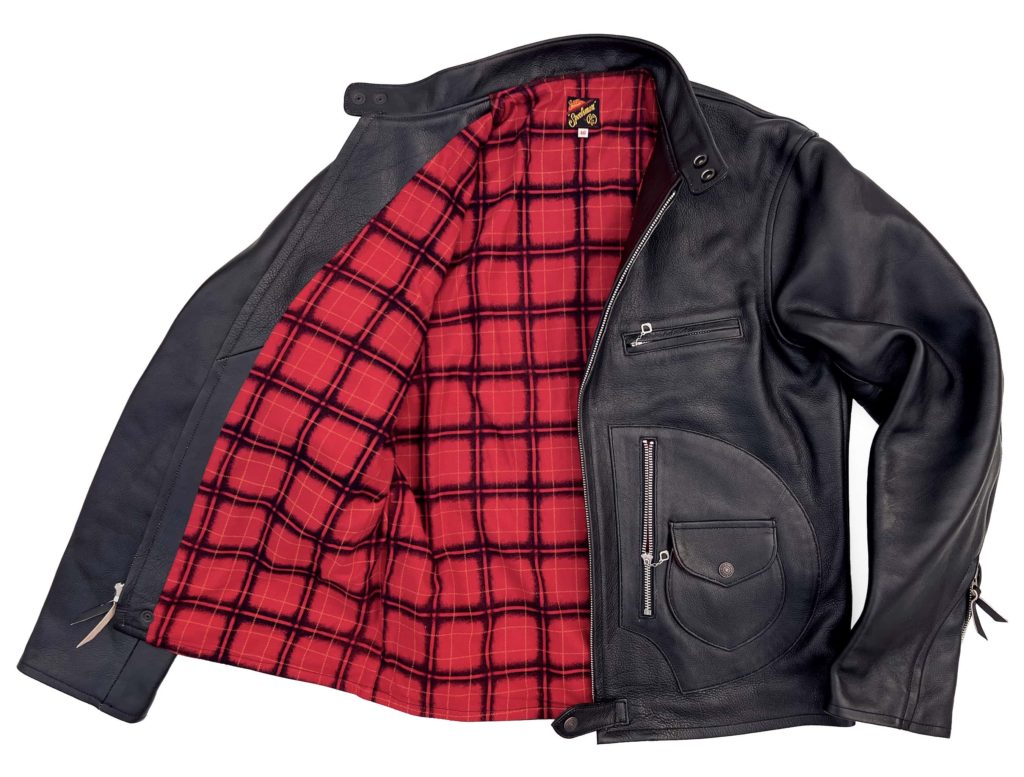
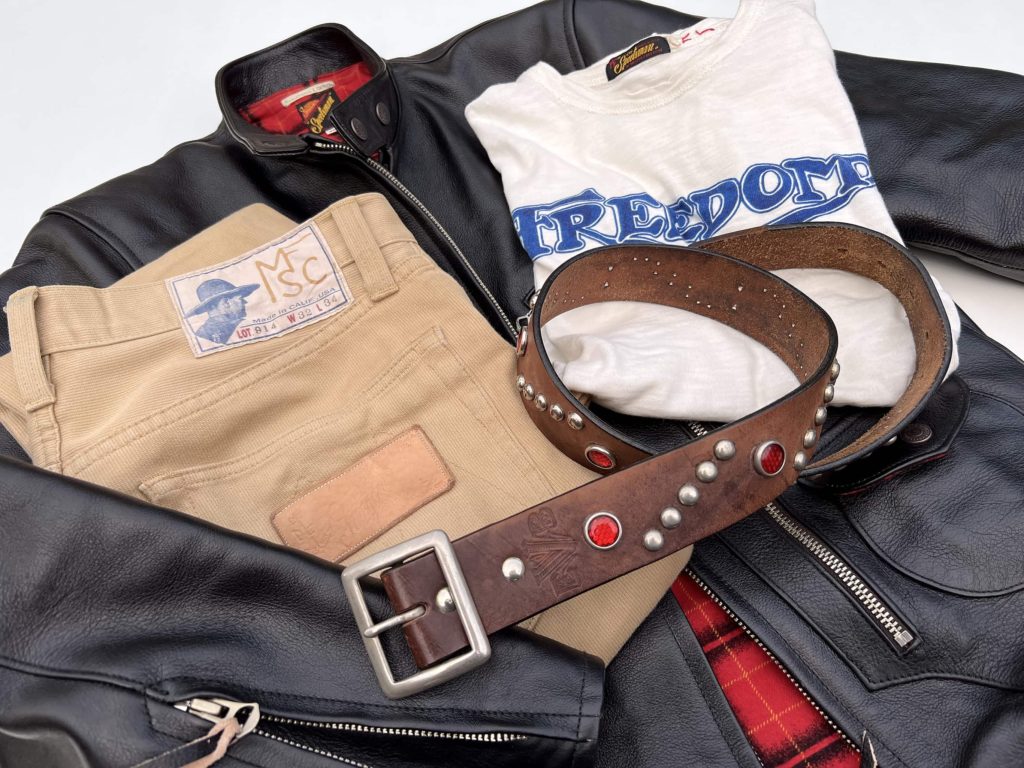
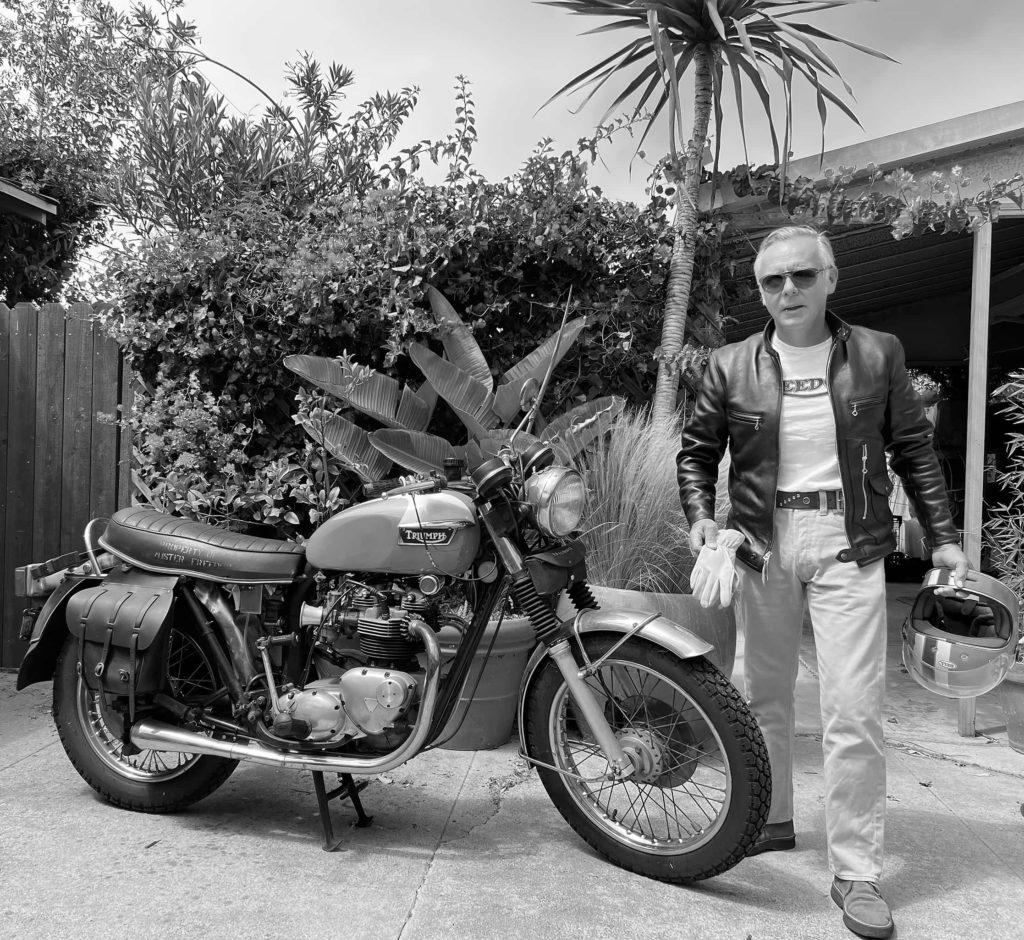
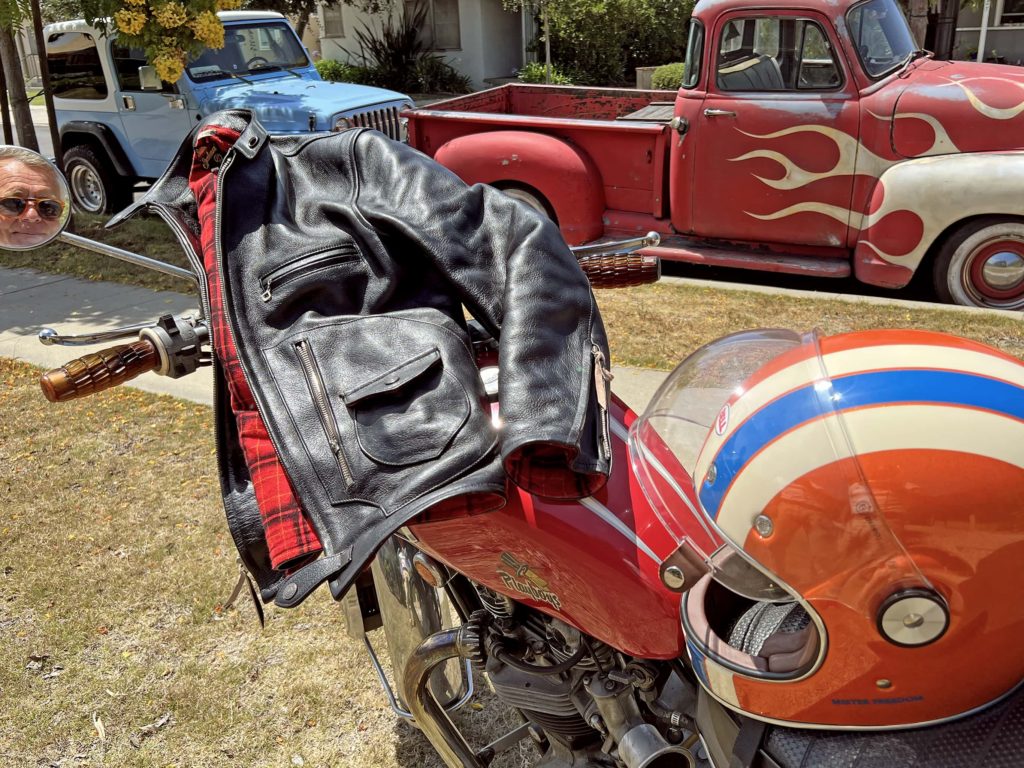
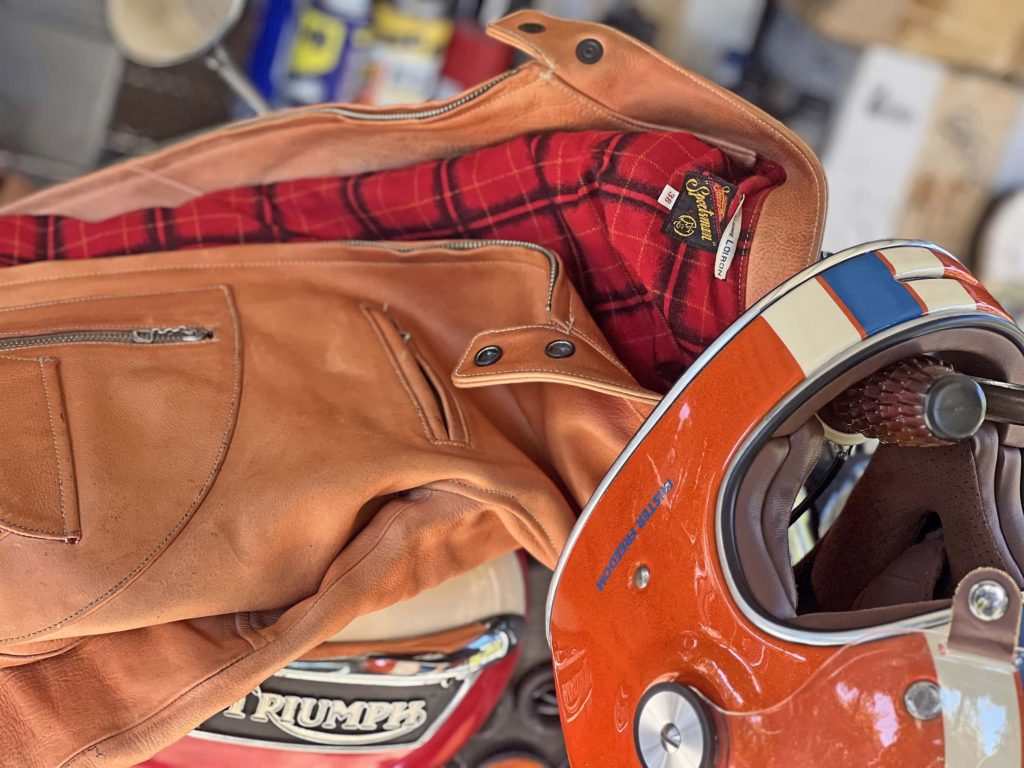
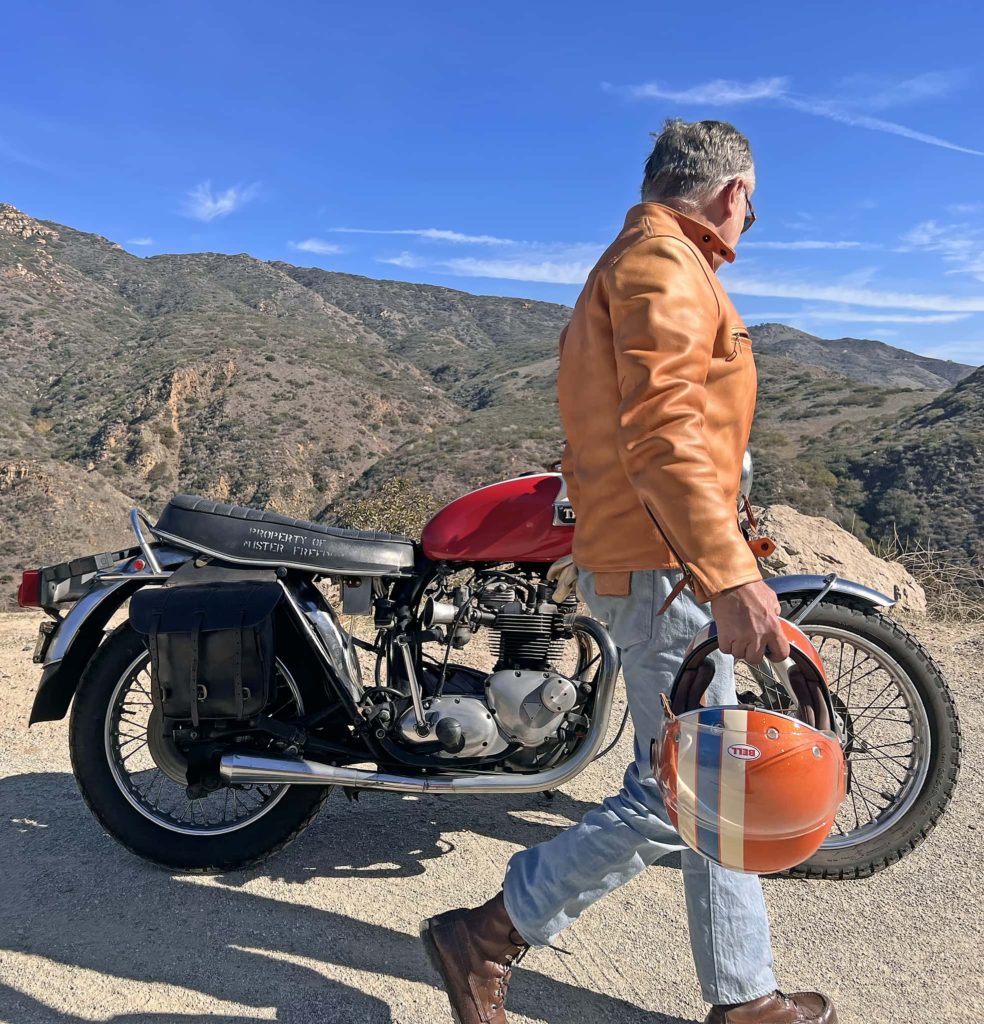
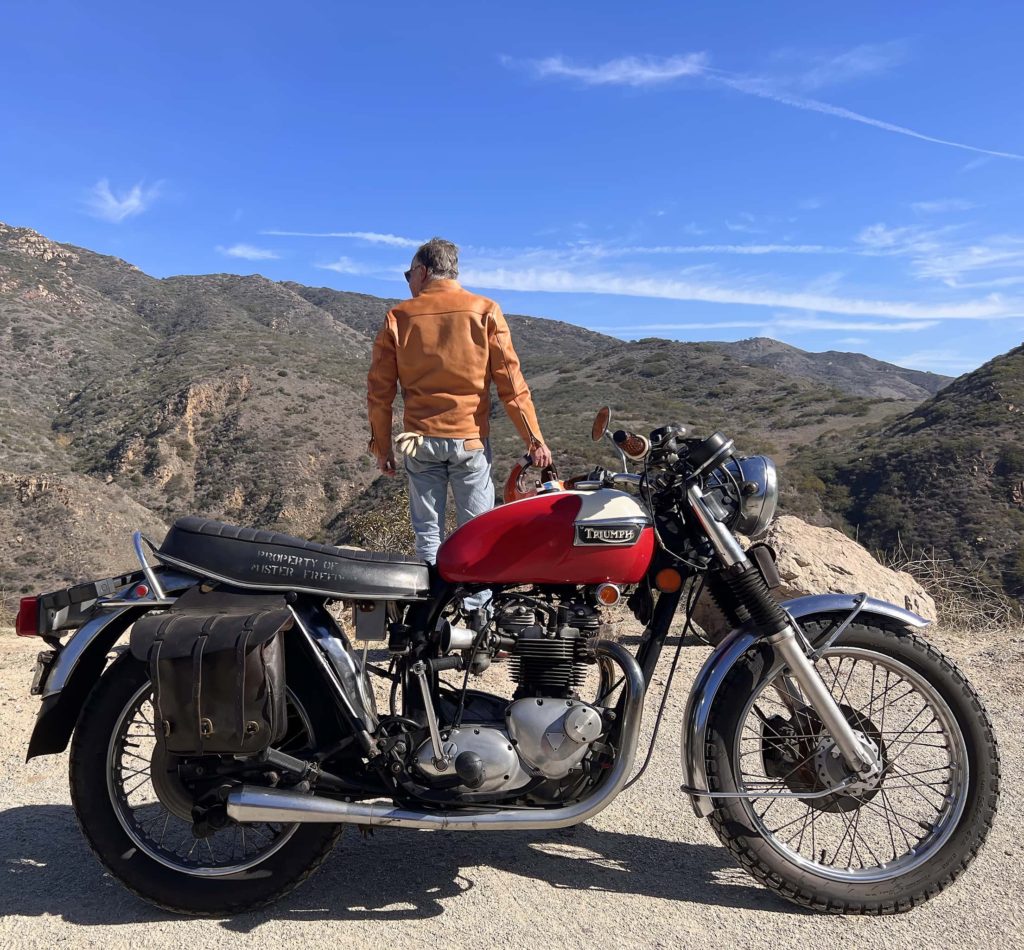

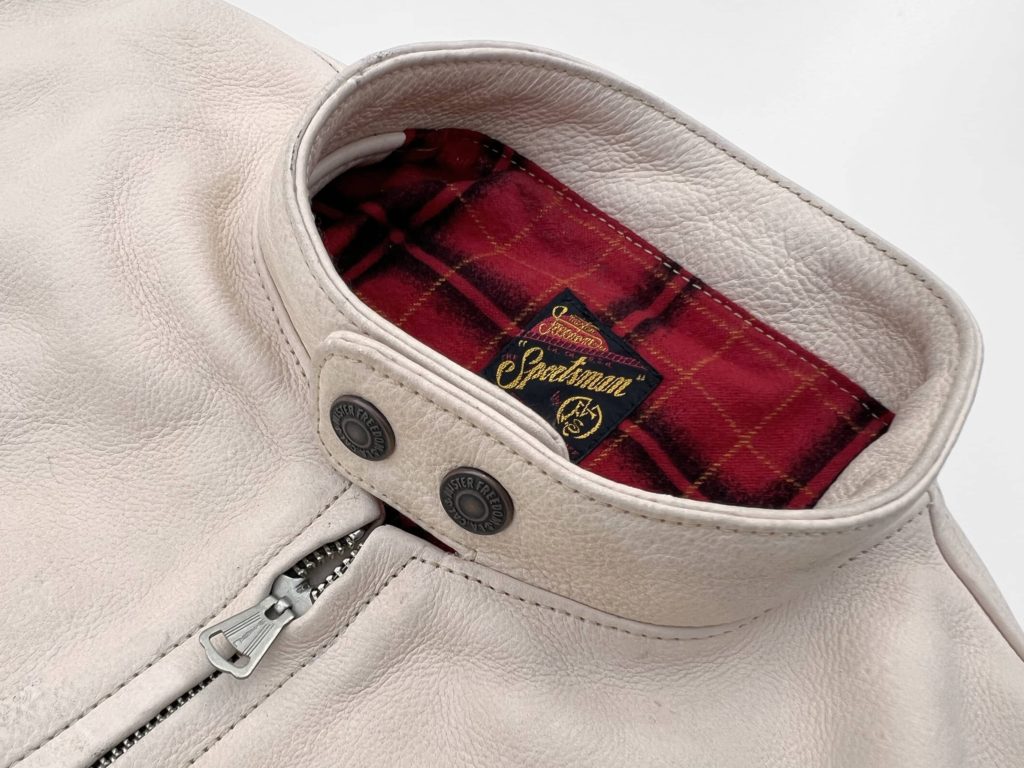
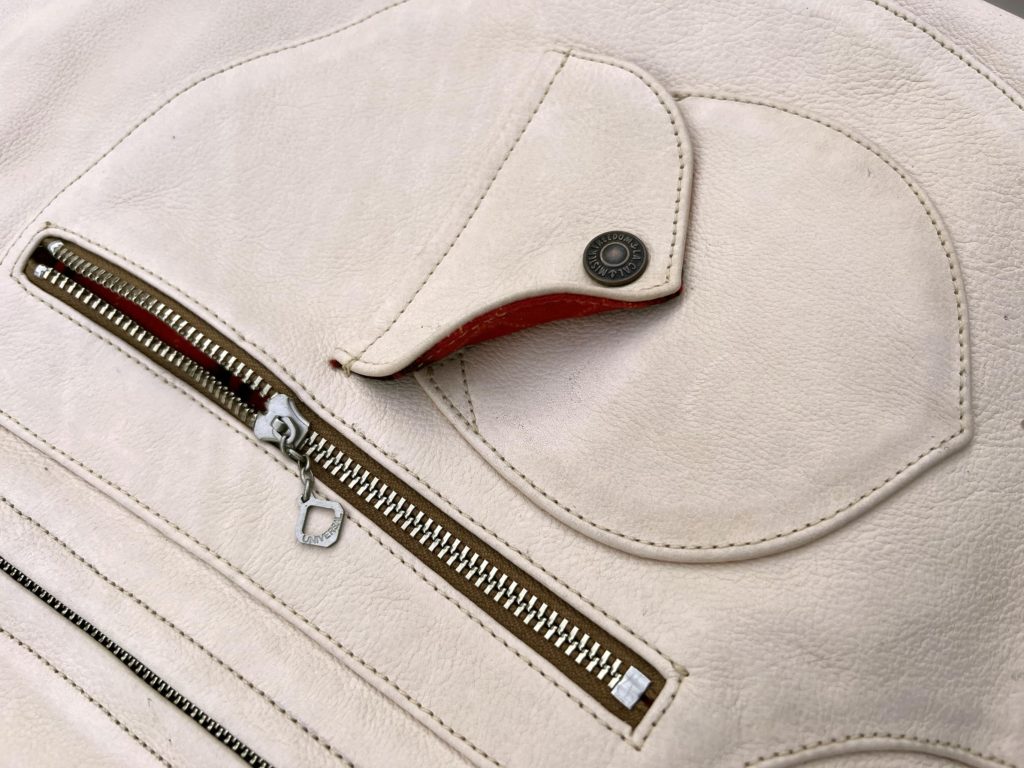
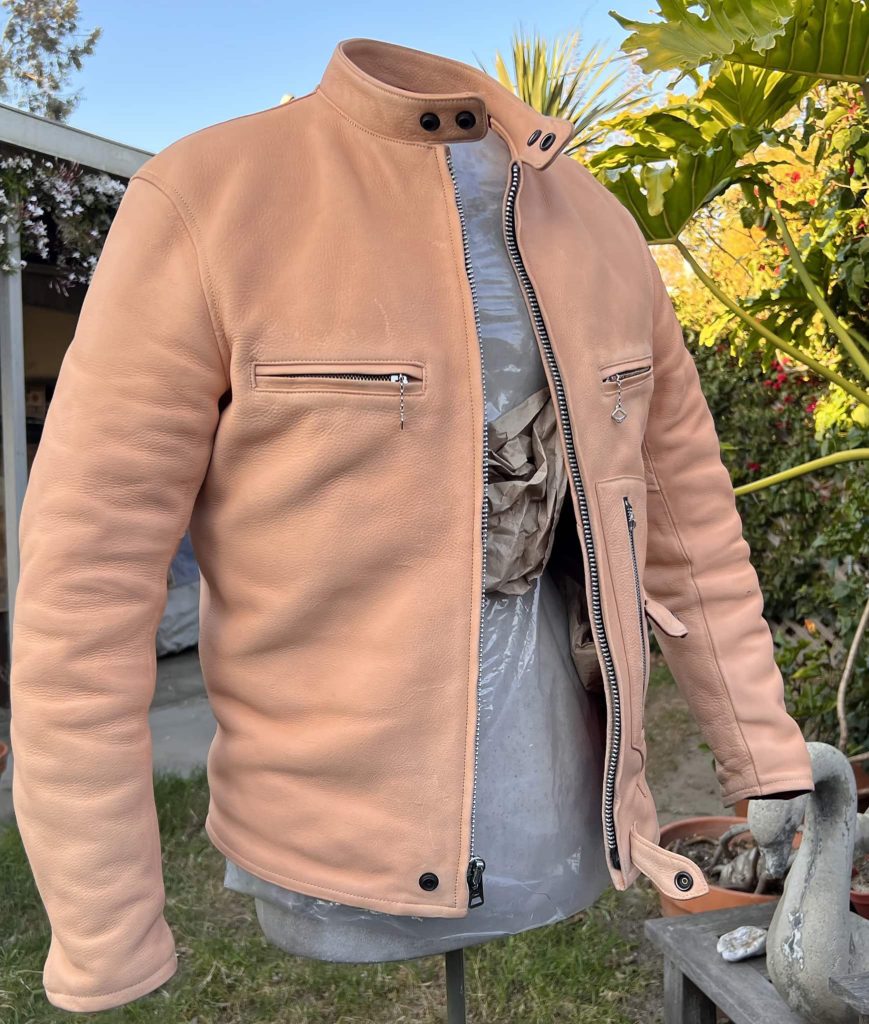

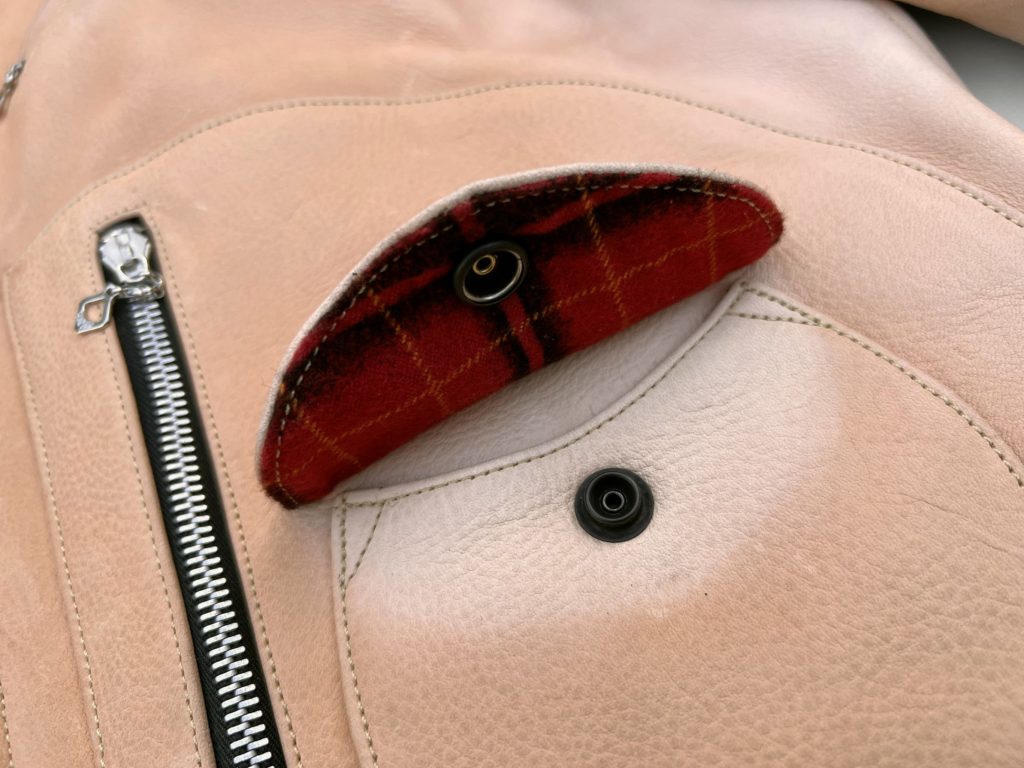
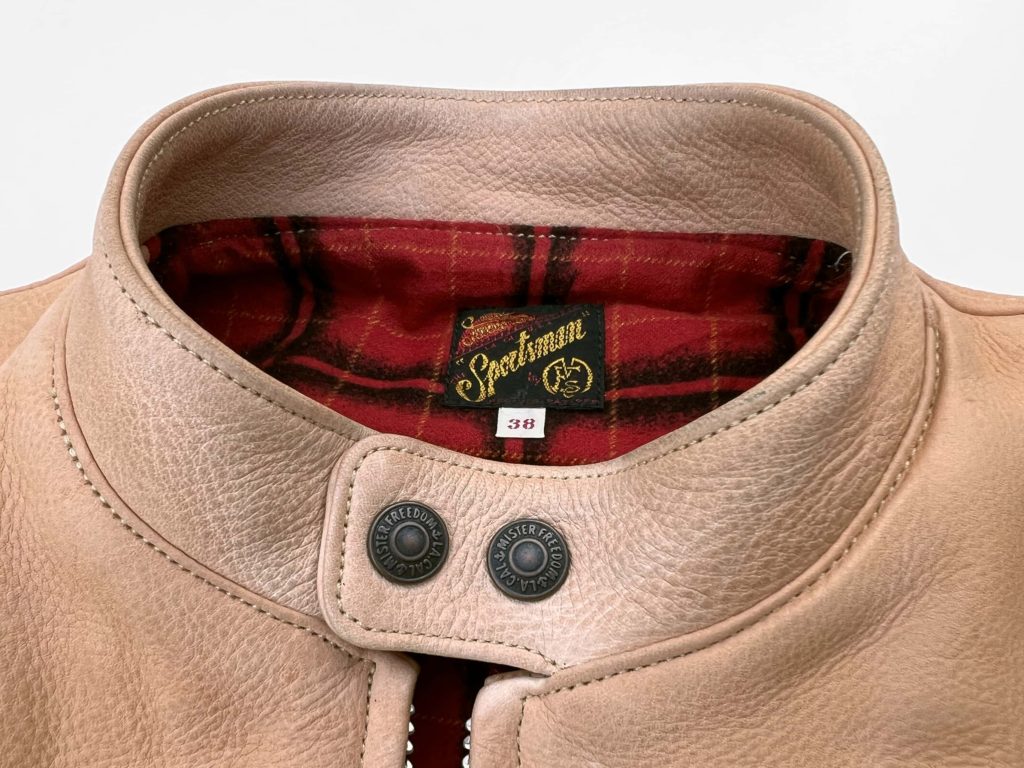

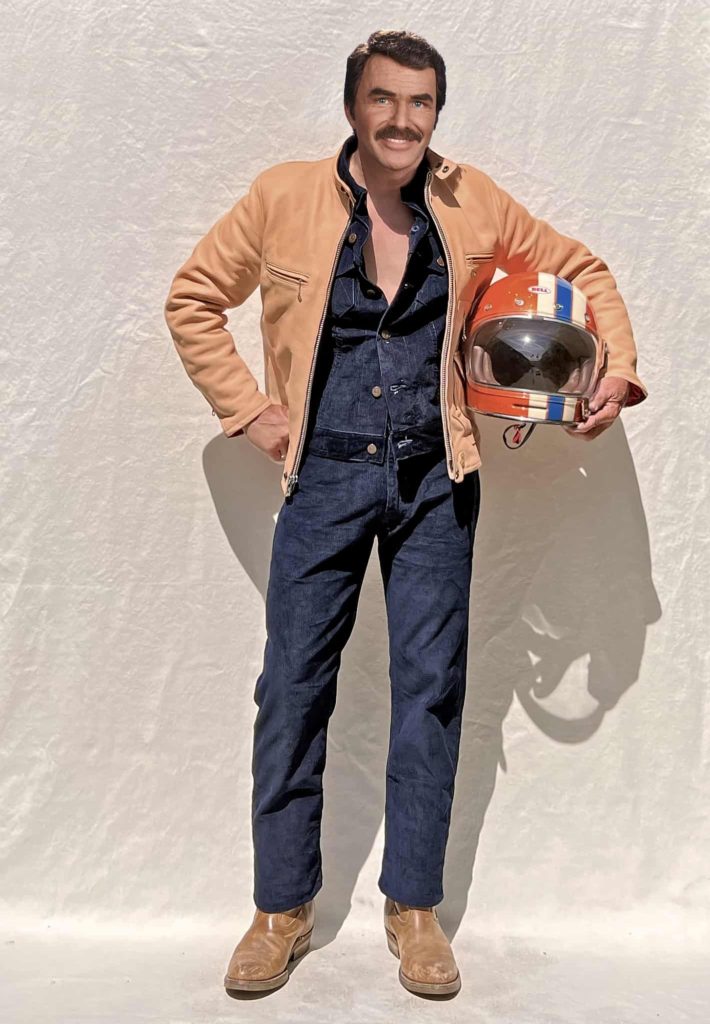
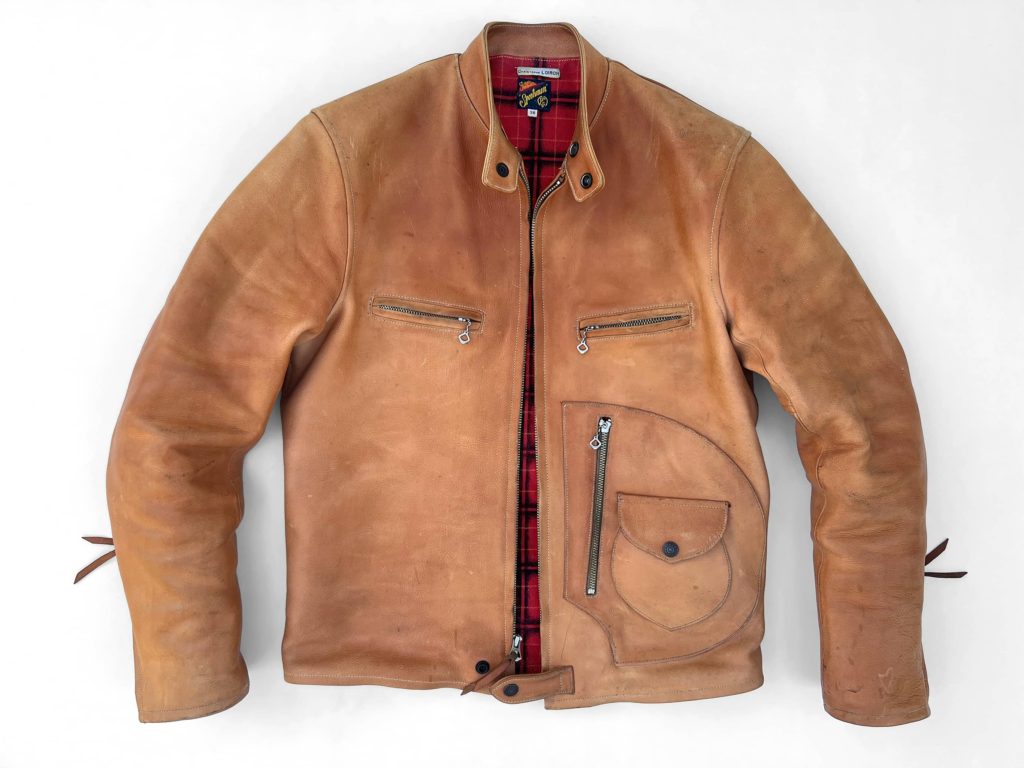
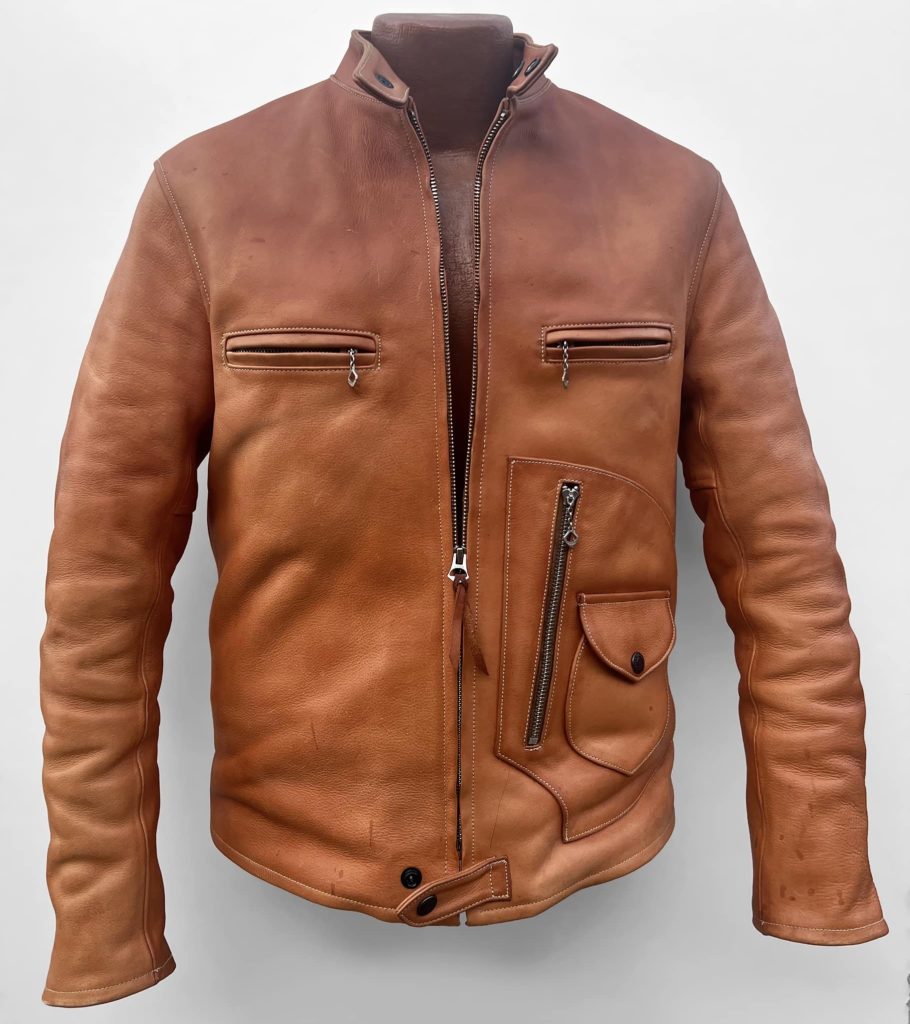 My MF® Bronco Champ Type II today (August 2023), natural veg-tan cowhide, with sunshine exposure, conditioning and some miles. 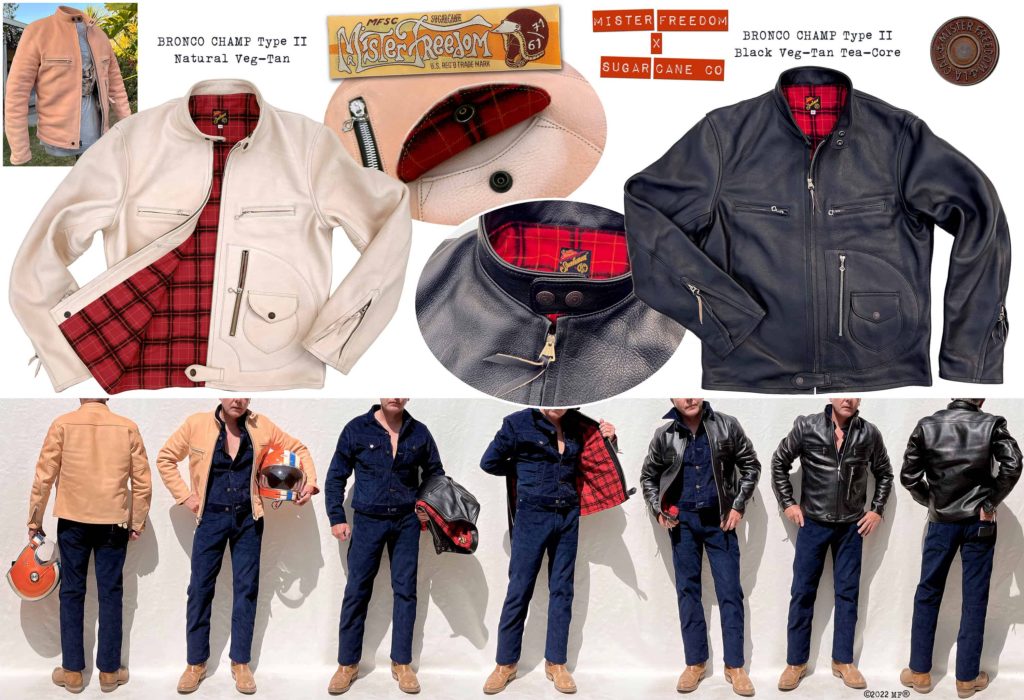
MF® BRONCO CHAMP Type II, veg-tan cowhide, natural & black tea-core edition.
mfsc FW2022 HOOPER Collection
Made in USA
Mister Freedom® OGs may remember our first 1960s cafe racer style leather jacket, the MF® Bronco Champ Type I.
A heavy hitter in the “Speed-Safe Clothing for Modern Riders” line-up, the Type I was produced in Japan in 2009, and released in several horsehide options and color combinations.
Sonny Hooper called and said he’d like to see a comeback of that bad boy for a new stunt, so we listened.
We decided to have the Bronco Champ Type II made in the USA this time around, at the same small factory that has been producing our Mister Freedom® leather classics since 2013. That team of expert craftsmen is responsible for the MF® Campus, Ranch Blouse “Ringo”, “Randall” and “Bison”, the “Baloo”, and the “Lawrence”. They know what they’re doing.
The original design of the MF® Bronco Champ was inspired by 1940s~1970s motorcycle jacket styles (vintage Block-Bilt, Buco, Bates etc…), when leather was the best thing available to protect riders from spills, should one forget the old “Keep the rubber side down” biker’s adage.
The body pattern/fit was adapted from a vintage 1950s “Taubers of California” single rider’s jacket from my closet, a cut also referred to as cafe racer (as opposed to the “Brando style” double rider’s jacket.) Early advertising sometimes promoted those as “leather shirts” or “competition shirts”.
Another source of inspiration for the original MF® Bronco Champ was a 1960s racing jacket from the “ABC Leather” maker, a snazzy cream and red little number with stars on the sleeves I used to wear around, which also made an appearance in Japanese fashion magazine “Free & Easy” (the original “Dad’s Style” reference for round eyes) in 2005, back when I thought inhaling smoke was a good idea.
-
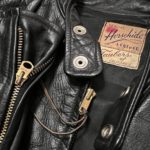
-
Vintage 1950s-60s Taubers of California single rider’s jacket, inspiration for the MF® Bronco Champ
-
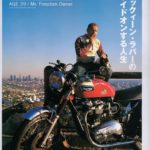
-
ABC Leather and smoking dumb dumb, Free & Easy magazine, 2005
At the drafting table, I decided at the time to do the unthinkable, and mess with the timeless minimalist front panel design of single rider’s jackets by adding a D-pocket! Heresy.
It is commonly accepted that D-pockets have their design/purpose origin in early aviator clothing (1920s-30s), and made their way to double rider’s motorcycle jackets sometimes in the 1940s, as clothing companies probably figured there will always be less flyers than bikers as potential customers.
D-pockets are not found on classic single rider’s jacket, usually designed with one or two small chest zip pockets. Intended as glove-fitting racing “shirts”, a chest pocket the size of a pack of smokes was all one needed on the racetrack.
I remember sewing together a prototype D-pocket, and positioning it on my 50s Taubers to find the sweet spot… After a bit of visual acclimation, I thought the tweak could qualify as another one of those vintage design “might have been” (aka “didn’t exist but could have”, our Mister Freedom® design motto to this day), and we went for it.
Turned out that not only does that utility pocket (map/gloves + coin pocket combo) work visually, but the extra storage definitely helps with EDC when going for a casual ride. Little did I know I’d be tethered to a small computer everywhere I go 15 years later. That D-pocket is perfect to carry a cel phone.
The addition of a “teardrop” bottom snap fastener tab also comes from the MF® mad lab, a detail lifted from a 1930s workwear jacket throat latch, if I remember well, and I don’t. That tab not only looks pretty cool with its attractive curves, but it also serves the very useful purpose of limiting stress on the bottom of the front zipper. Vintage leather jacket collectors with busted zipper cotton tapes will appreciate.
The zipper models of the Type II have also been updated, after the 1930s “Hookless” replica of the Type I proved unreliable. We stuck with 100% cotton tape (didn’t cave in to modern shiny poly-cotton tape) but opted for a sturdier slider/teeth construction with a vintage 1950s-vibe bell-shaped “Universal” pull tab (with extra leather pulls a gloved rider will appreciate.)
We had considered the chunkier heavy duty aluminum alloy Talon zipper style of 1970s single rider’s jackets in R&D (featured on some of the “sunshine” prototypes photos here), but wanted to keep the sleek look of earlier zippers.
Struggling to zip-up an old leather jacket? The trick is to always make sure the insert pin is fully lodged in the retaining box (look up zipper parts) before gently zipping up. Do not yank on the pull, as you often see the uninitiated do in vintage clothing stores, when trying on a perfectly-preserved 80 year-old jacket, and jamming the zipper or tearing the tape… Routinely rubbing the teeth (both sides) with bees wax is also good maintenance habit for old school metal zippers.
The chest pockets and D-pocket feature classic 1950s-style chain type pulls.
The double snap stand collar (also referred to in vintage paper ads as “turtleneck collar”), double chest zip pockets, and zipped cuffs are borrowed from traditional single rider’s motorcycle jackets.
The generic snaps of the Type I have also been upgraded to our own mfsc branded brass fasteners.
The one-piece panel back made selecting the hides and figuring out yield more challenging for the expert cutter, but is visually more pleasing than the cheaper spliced back option.
Now for the leather…
We went with veg-tan cowhide for the Bronco Champ Type II, same sturdy grade as our current Campus jackets that we have developed years ago with a local tannery, about 3-4 Oz weight.
The Bronco Champ Type II is released in a natural color option (un-dyed white/pinkish leather that will develop rich golden tones overtime, with normal wear/exposure to elements/conditioning – see the evolution potential of our “Sunshine” specimen -), and a black tea-core version (also exclusively developed with a local tannery) featuring a black topcoat on a natural-color flesh side that will also age and patina gracefully.
Spoiler alert: For those into stealing the show out on the racetrack, and as a nod to the 2009 Type I, we are also working on a fancy two-tone black/bison “racing” model, release TBD.
For the lining, our signature classic red 1950s-style all-cotton brushed flannel with a printed plaid pattern brings a splash of color and an authentic vintage vibe to the garment.
The MF® Bronco Champ Type II is made and designed in California by Mister Freedom®, in collaboration with Sugar Cane Co.
SPECS:
PATTERN:
An original Mister Freedom® pattern, freely inspired by 1940s to 1970s motorcycle jackets, in the classic single rider’s style.
SHELL:
Two color options:
a) Natural vegetable-tanned (veg-tan) full grain cowhide leather. This white/pinkish leather will develop rich golden tones and patina overtime.
b) Black veg-tan “Tea-Core” full grain cowhide leather, black topcoat with natural-color flesh side, milled and supple, about 3-4 Oz weight.
Lining:
Our signature classic 1950s-style red printed plaid brushed flannel, 100% cotton, for a splash of color and an authentic vintage vibe.
NOTE: The Mister Freedom® Bronco Champ is made of genuine leather. We use full-grain, and not top-grain leather (aka “corrected” or “buffed” leather, sanded to level surface inconsistencies). No two hides are alike and each panel may feature slight variations in texture along with natural imperfections.
DETAILS:
* An original pattern blending vintage motorcycle jackets styles.
* Trim glove-fitting single-breasted cut, 1950s-1960s vibe.
* Original “D” pocket design (zipper utility pocket for map/gloves + snap coin pocket combo)
* Double snap fastener stand collar.
* “Universal” nickel zipper front closure, 1950s style bell-shaped pull.
* Extra leather zip pulls for easy grab when wearing gloves.
* Double chest pockets with “Universal” nickel chain pull zippers.
* Gusseted zipped cuffs for wind-tight sleeves.
* Fully lined with soft 100% cotton printed brushed flannel.
* Original mfsc branded brass snap fasteners.
* Waist snap fastening tab.
* Single panel back.
* Mister Freedom® “Sportsman” rayon neck label.
* Designed and produced in California in limited quantities.
SIZING:
The Bronco Champ is designed to fit close to the body, as classic single-breasted leather racing jackets were intended to.
This garment is ready to wear as-is. No pre-conditioning needed. Wear and ride.
I opted for a MEDIUM, to allow layering during winter. The SMALL fit me better with a simple T, but I intend to wear the jacket more during colder months. I’m 5’7 ~145 Lbs.
Proper fit is subjective so please check our measurements (and how we measure), and compare with a similar garment you own and enjoy the fit of.
Any questions, please contact sales@misterfreedom.com as the MF® Team will have feedback and proper knowledge to help you dial in your size.
CARE:
* MF® Bronco Champ natural veg-tan:
Because of its initial un-dyed light color, the MF® Bronco Champ is prone to get soiled, water marked etc easily. Don’t panic with your first stain, scratch or grease spot, this is part of the tough life of a leather jacket, your second skin. Almost anything applied to light-colored leather will alter its appearance permanently.
For those desiring to kick-start the patina with sun exposure and natural tanning of the leather, please refer to our “Sunshine” process inspired by our friend John VEB V.
Pecard offers quality leather dressing.
Remember the good words of Sonny Hooper: “A brand new leather motorcycle jacket will always feel its worth and look its worst on day one.”
* MF® Bronco Champ black tea-core:
On the same note, embrace the fact that the “Tea-Core” leather is prone to get nicked and scratched, revealing the natural color under-layer, unavoidably showing signs of wear. Occasional conditioning when needed (according to actual frequency of wear and activities) will contribute to an attractive natural patina, and a healthy-looking leather.
Available from www.misterfreedom.com, and our Los Angeles red brick HQ.
Email sales@misterfreedom.com or call 323-653-2014 with any questions unanswered above.
Thank you for your support,
Christophe Loiron
Mister Freedom®
©2023
|




























































































